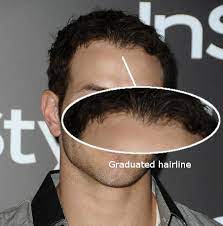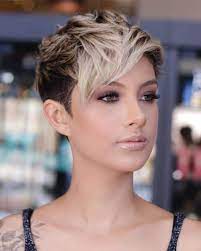African Hairstyles can be incredibly beautiful and flattering for every face shape. The traditional style looks beautiful with traditional dresses, and is perfect for any festive event. Its long, flowing, and feminine style is beautiful and inspiring. You can wear this style for both formal and casual occasions, and it can even be used as an everyday look if you’d like. However, if you’d like to have a longer style, you should keep in mind that it will take some work to keep it looking its best. In addition, this type of Hairstyle is most appropriate for colder seasons, such as winters and monsoons.
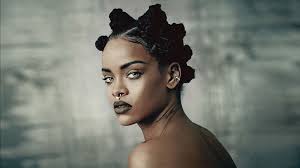
Bantu Knots
Bantu knots are a simple way to add a touch of ethnic flair to your everyday hairstyle. Because they leave a lot of hair exposed, this style is prone to frizz, and can lose its glamor if it gets too dirty. To prevent this, use your favorite co-wash routine to keep your locks in tip-top shape.
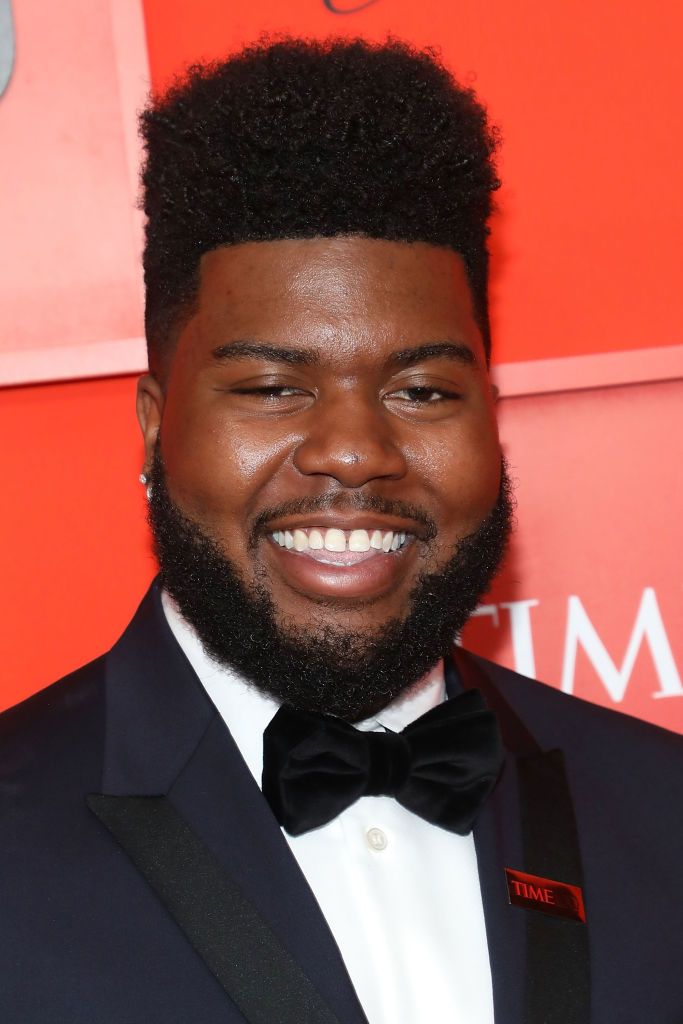
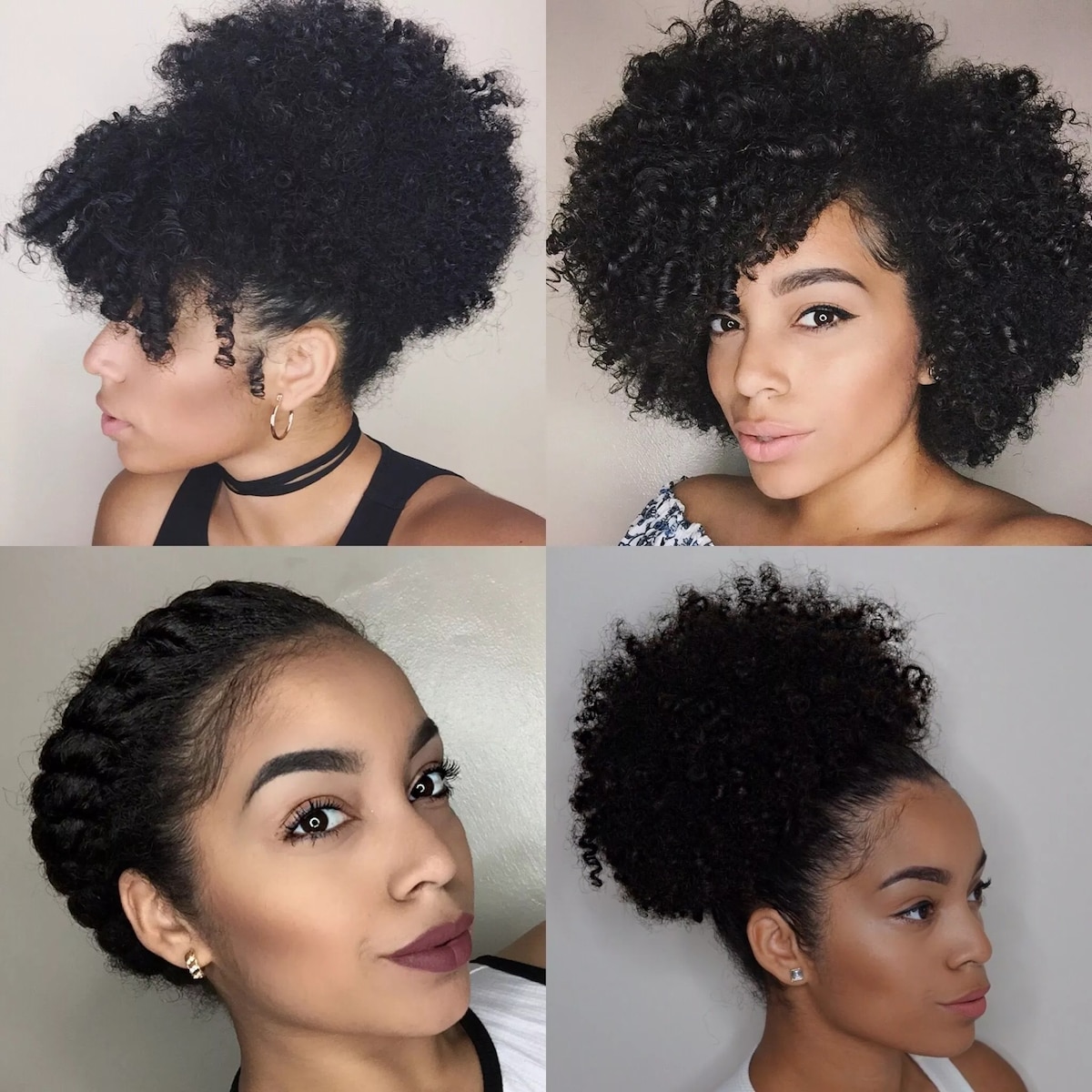
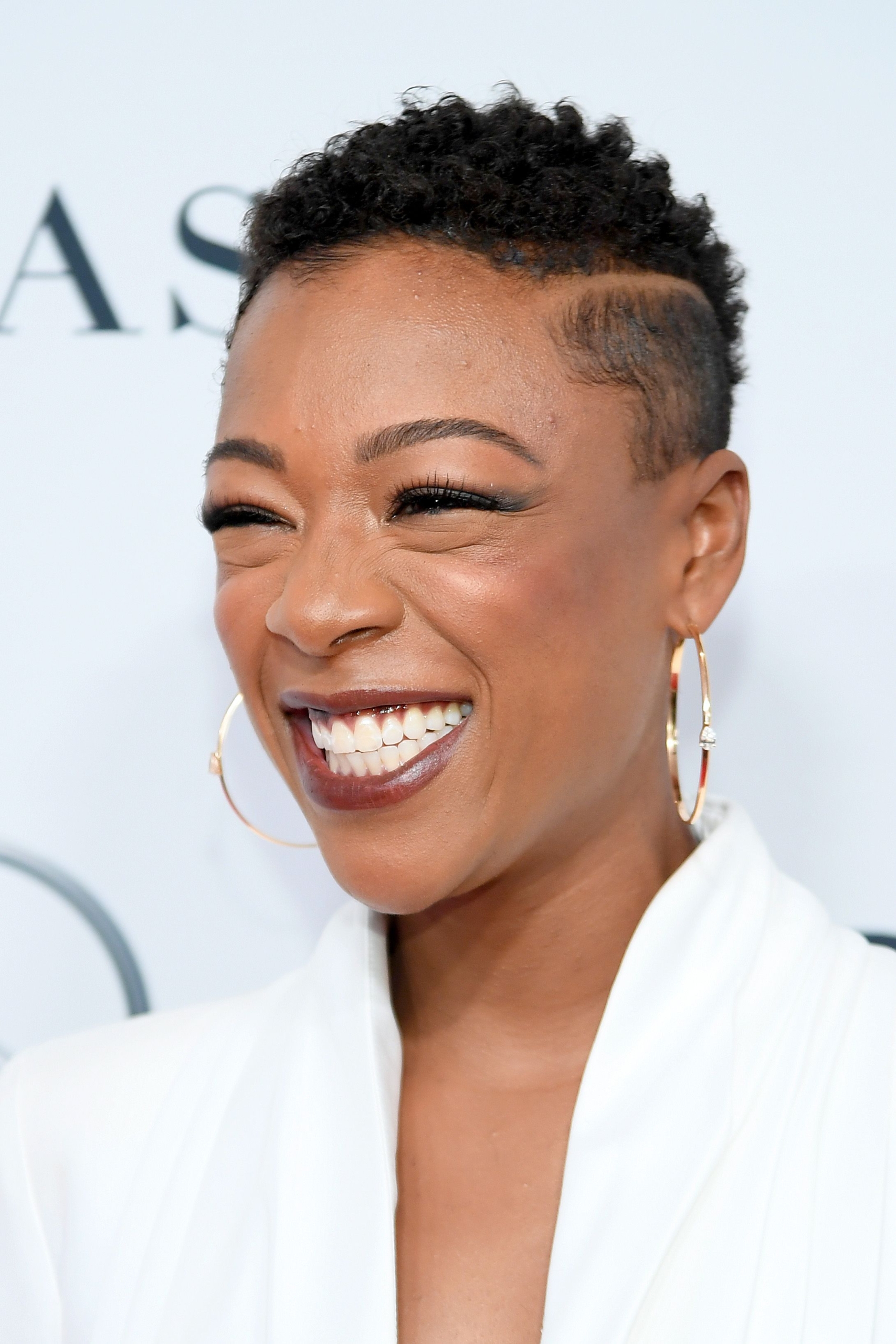
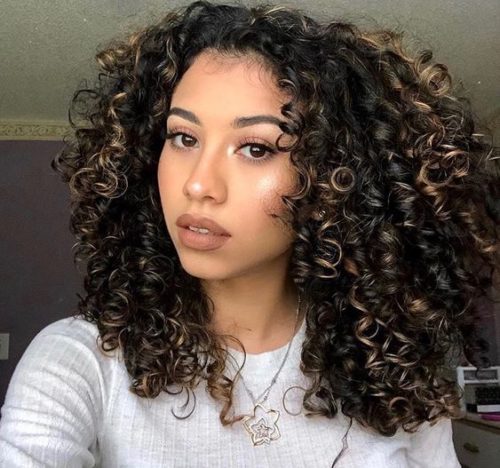
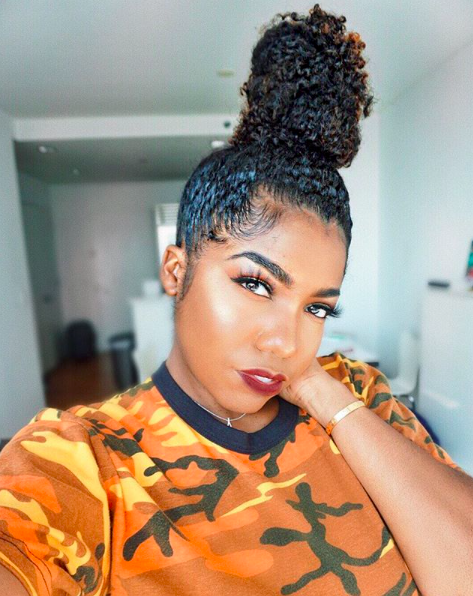
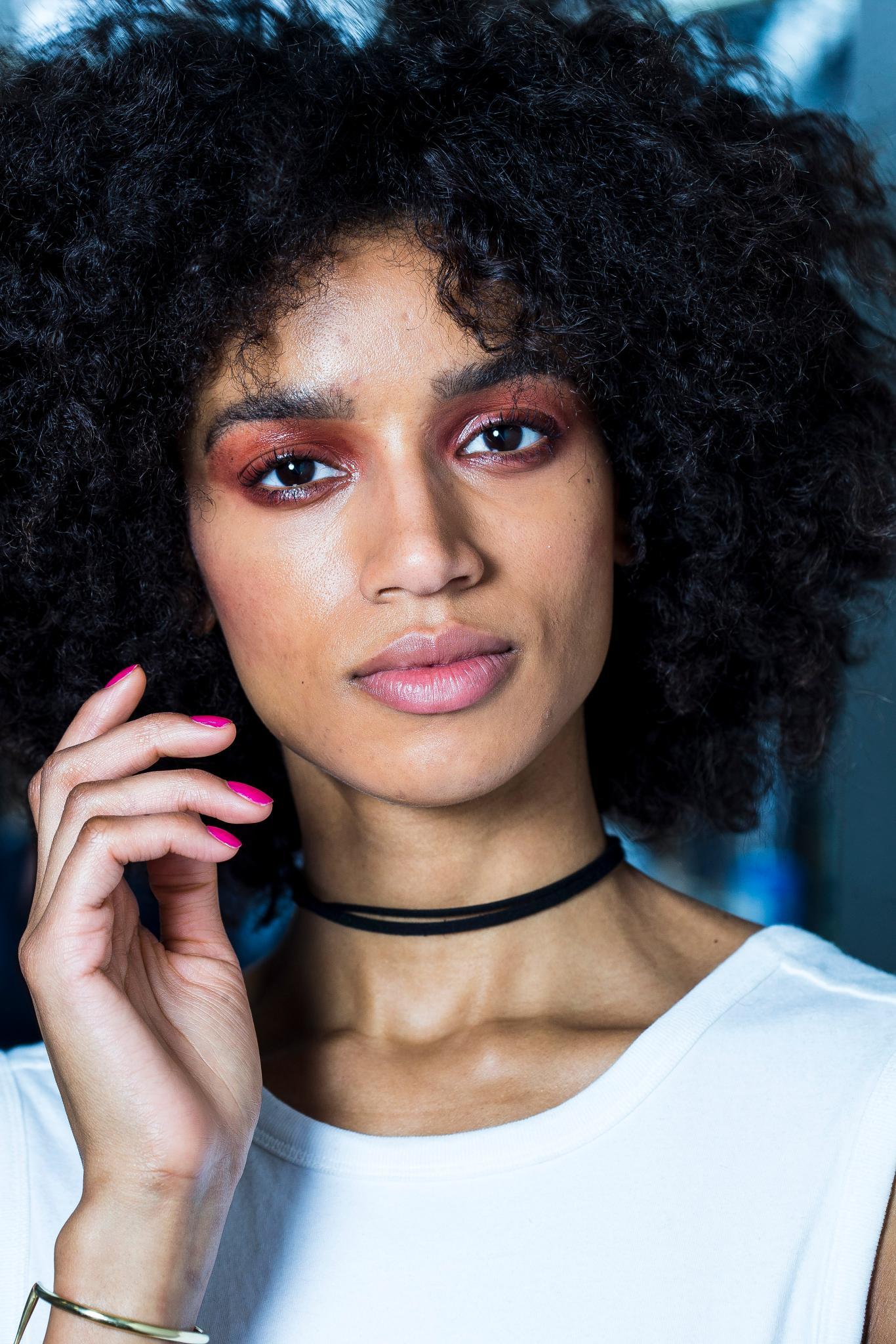
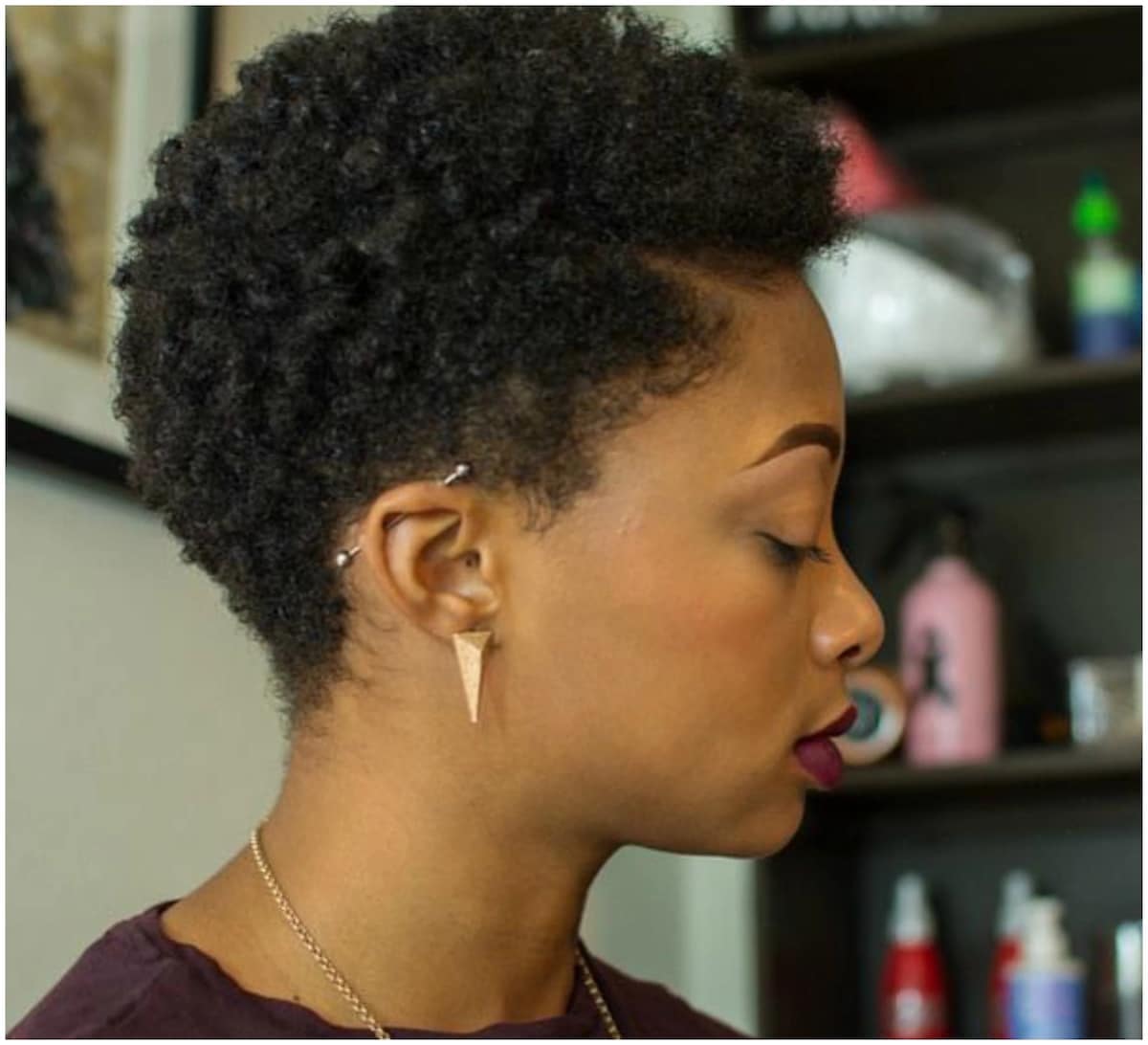
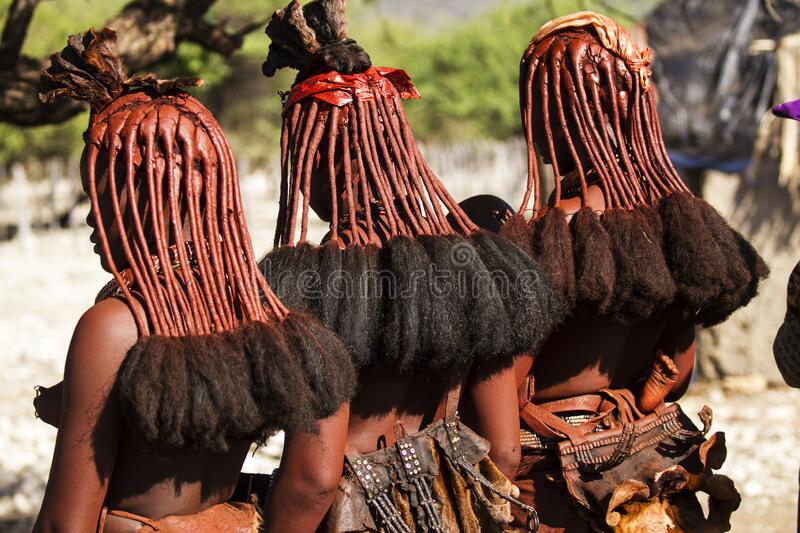
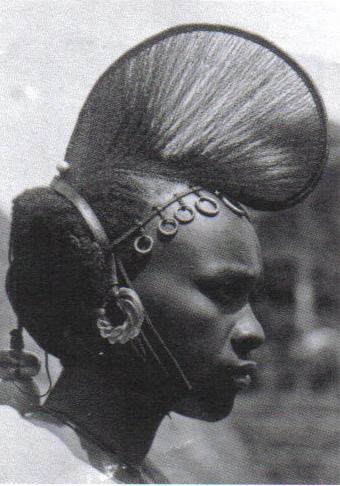
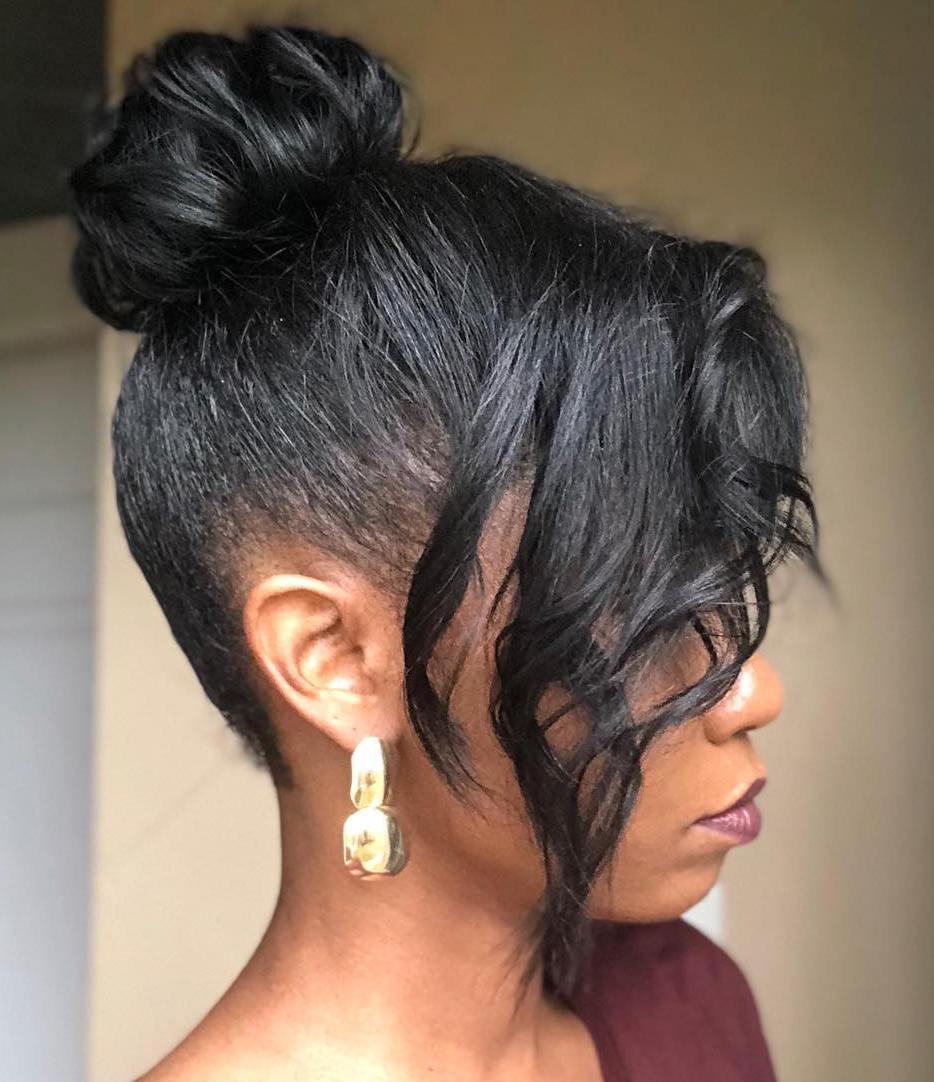
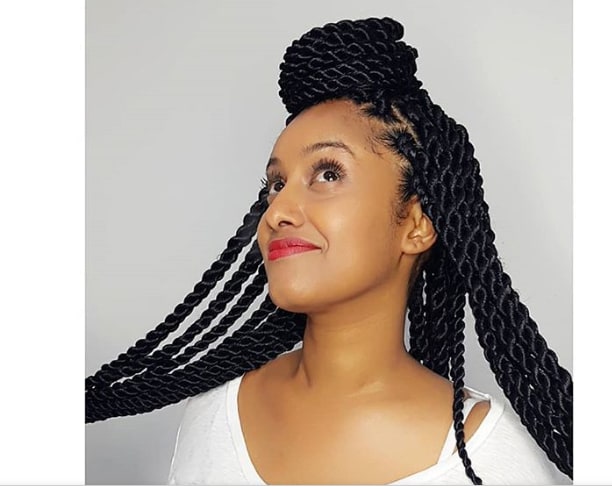
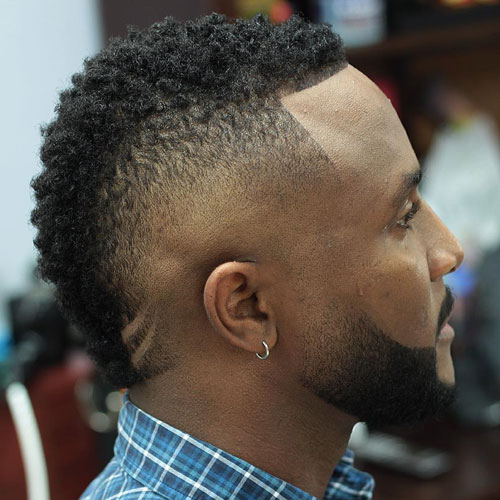
This hairstyle is deeply rooted in African culture. It originated among the Zulu people of South Africa and has great cultural significance. It symbolizes Blackness, self-love, and power. People in this region wear it with pride and dignity. However, if you’re not from Africa, you may be accused of cultural appropriation, or just want to show off your African heritage.
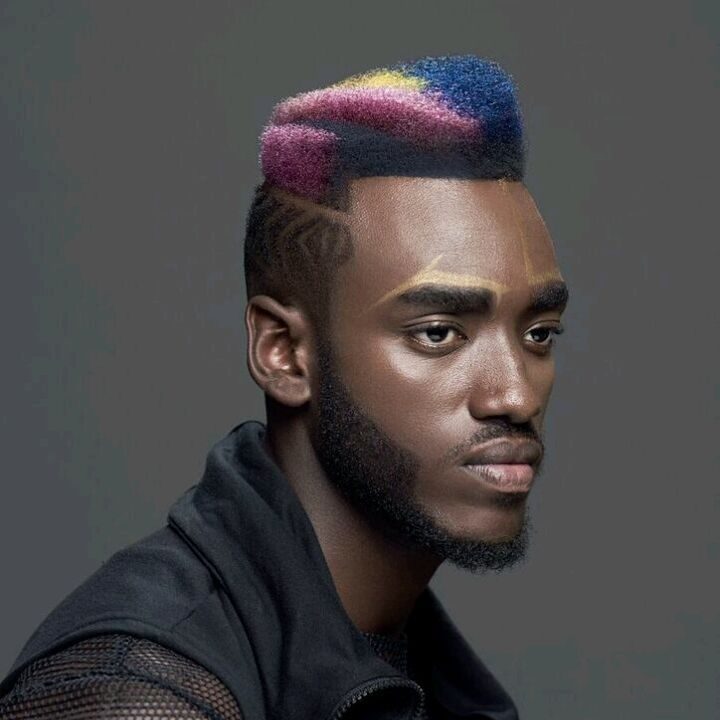
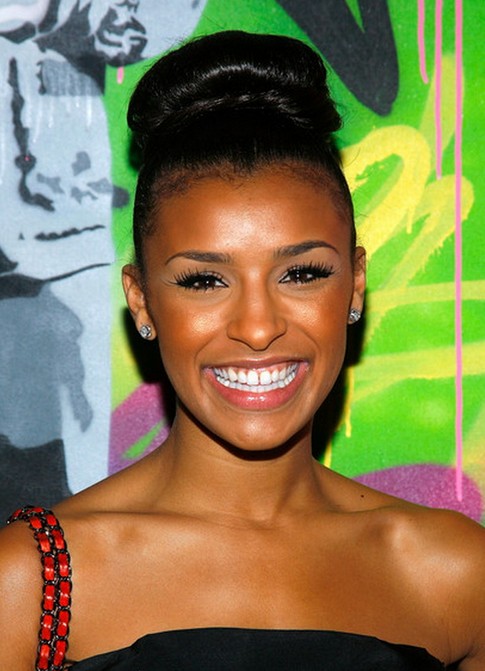
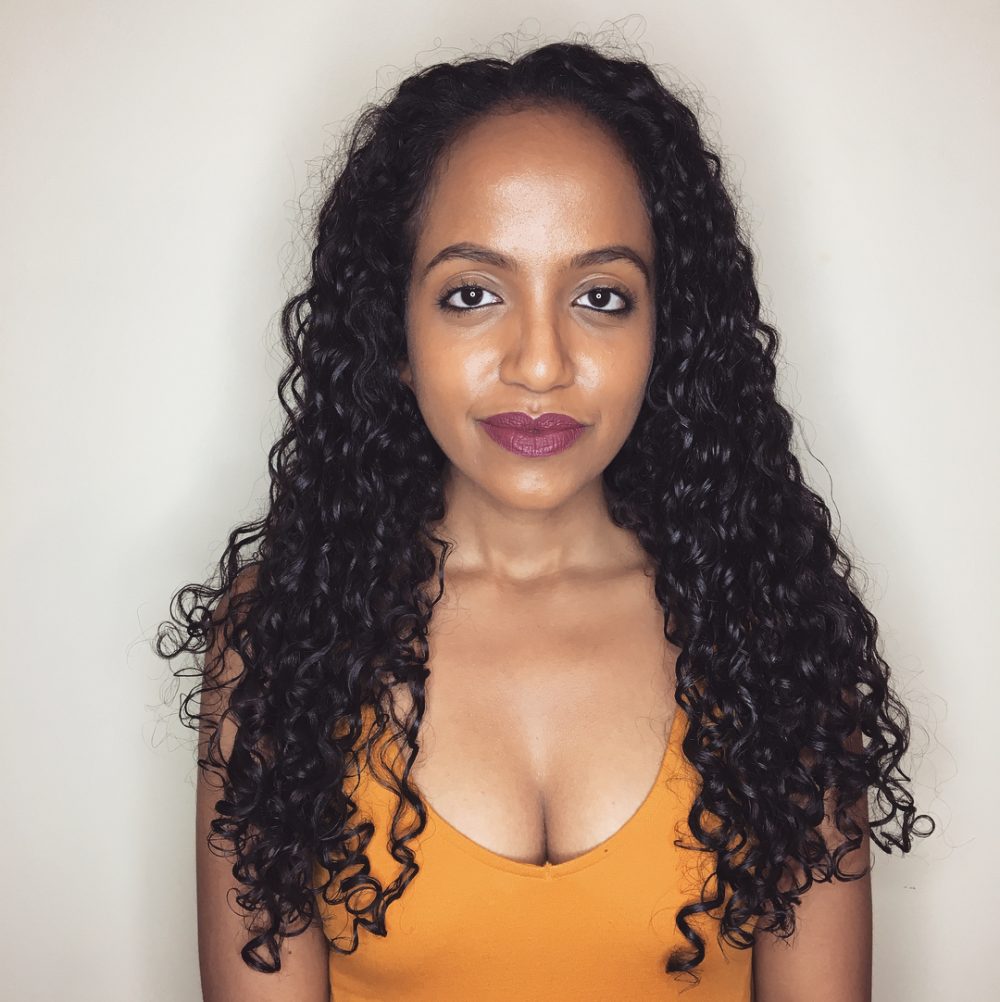
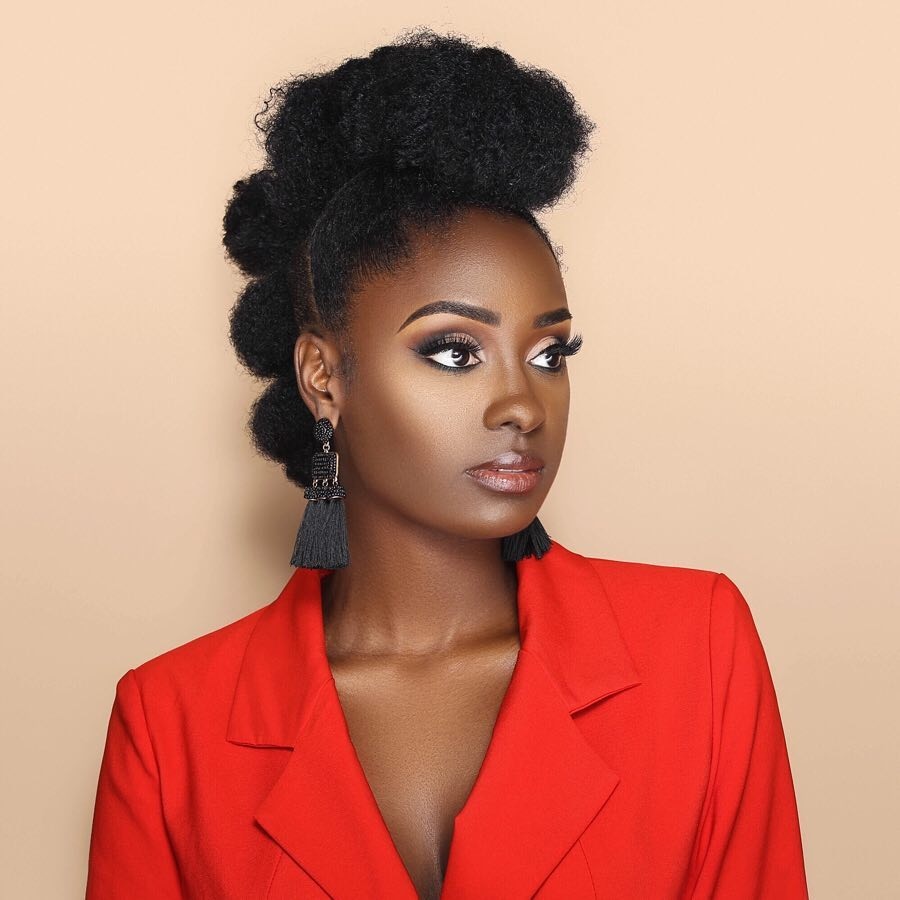
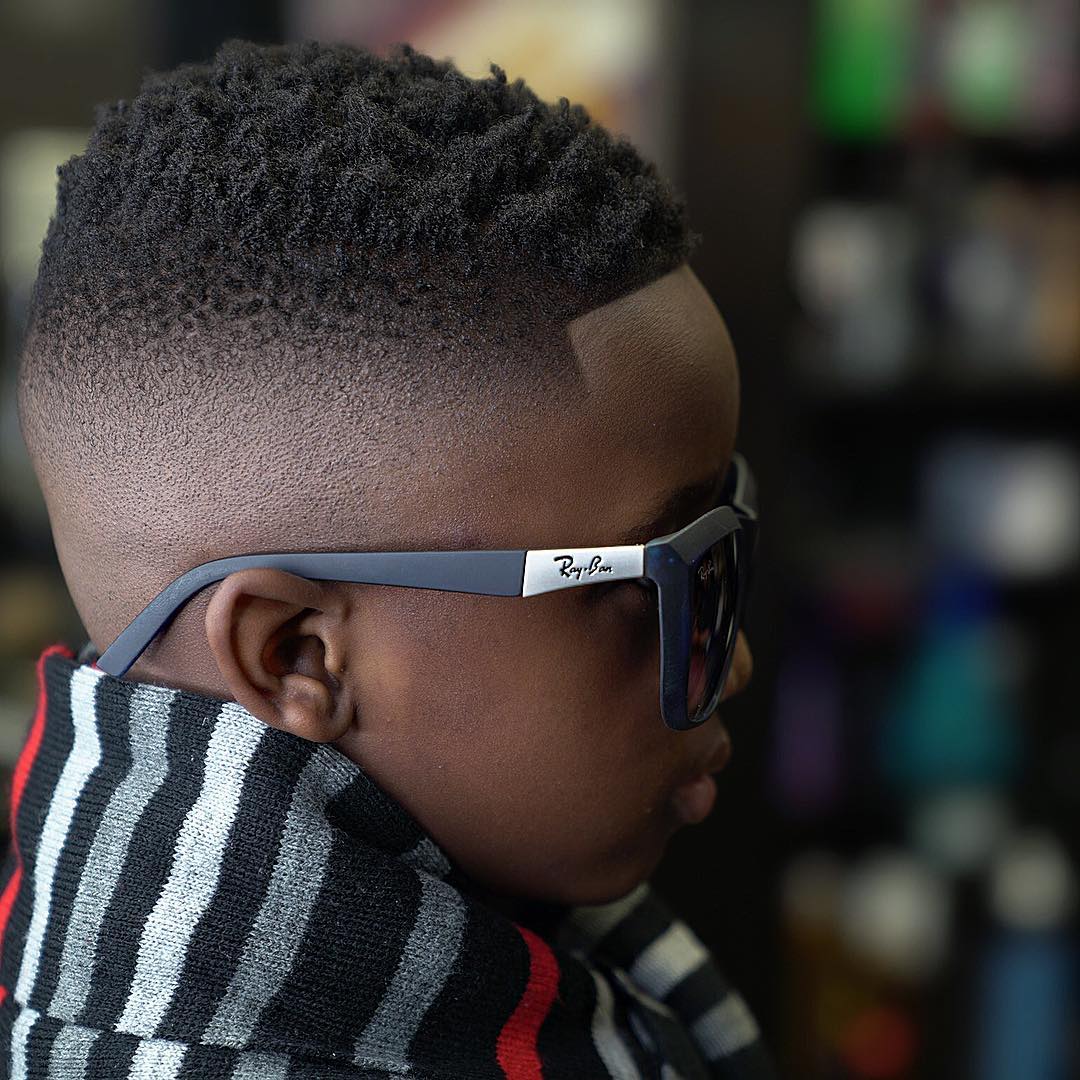
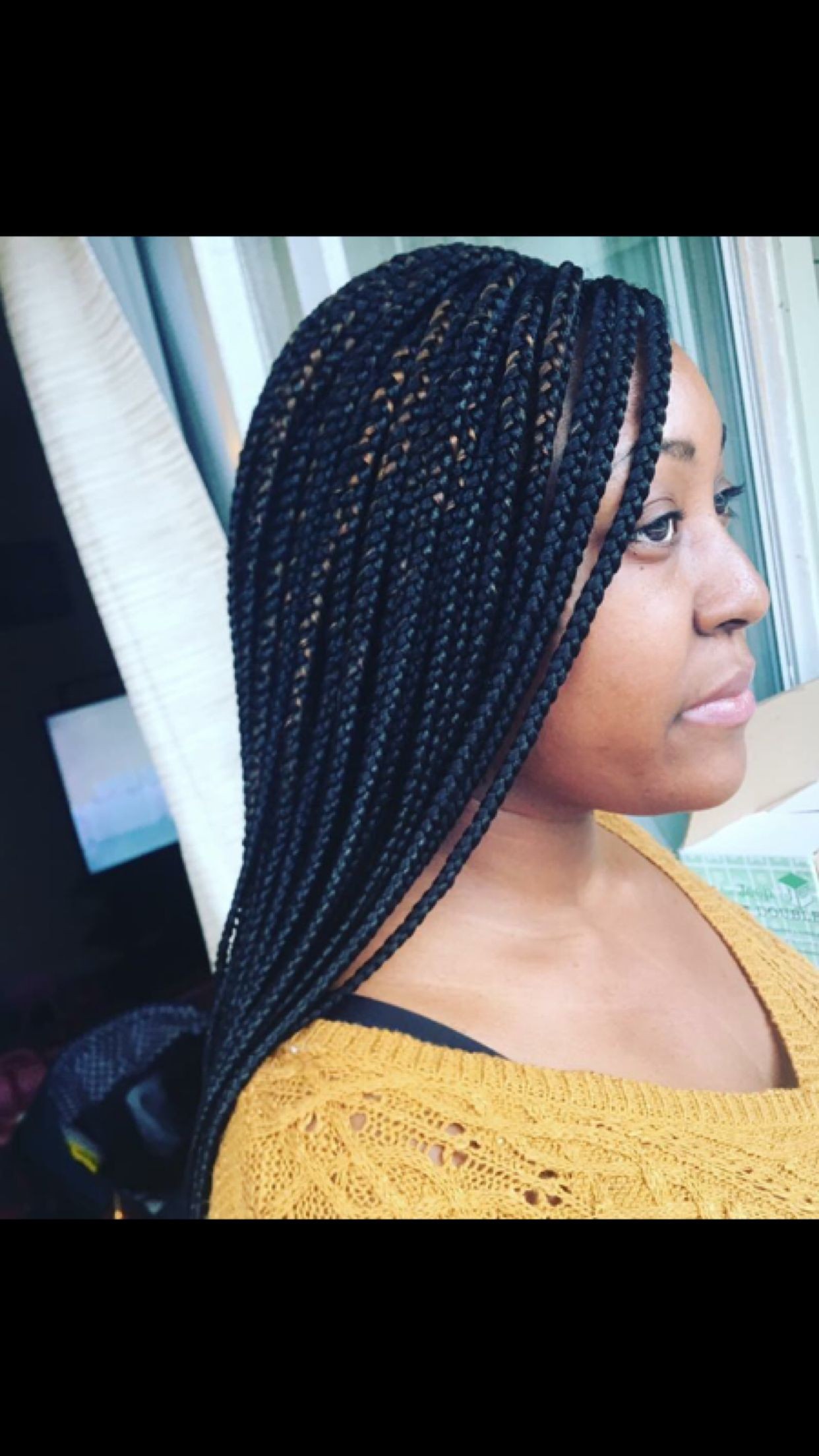
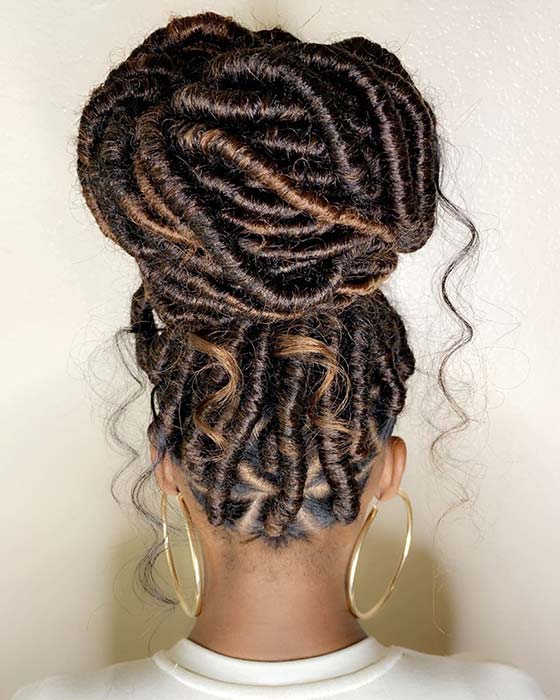
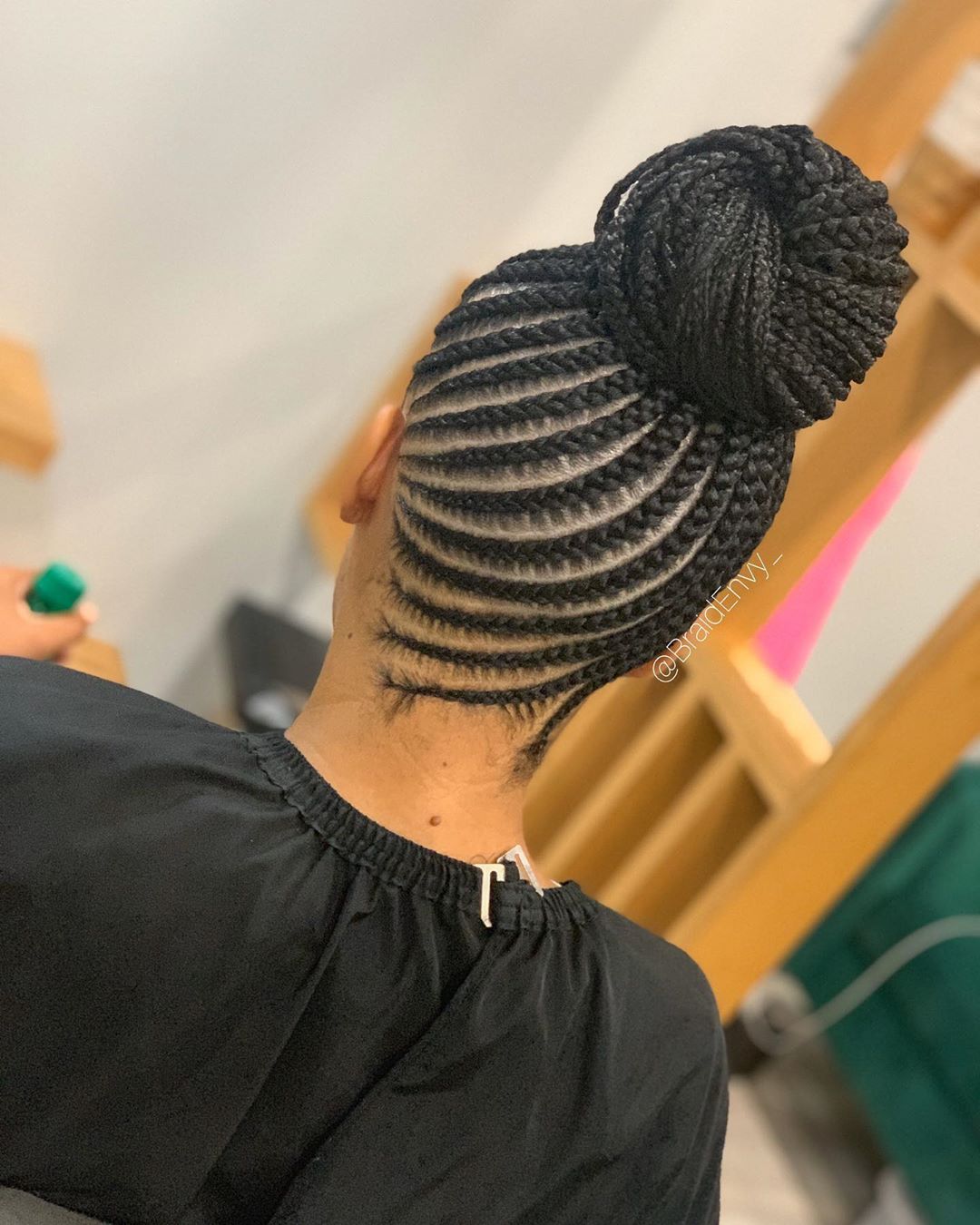
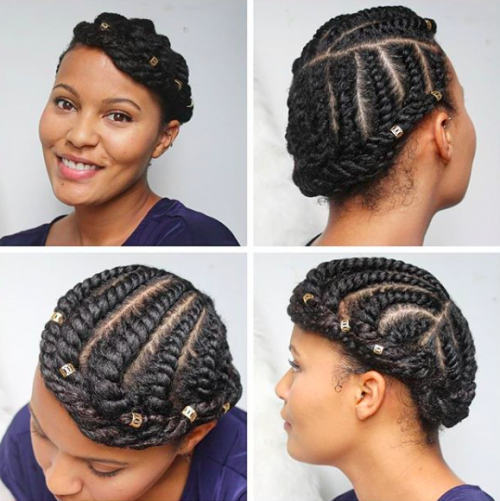
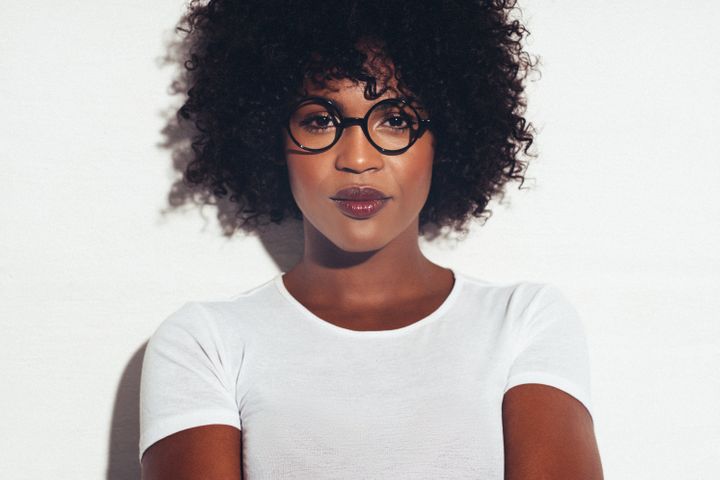
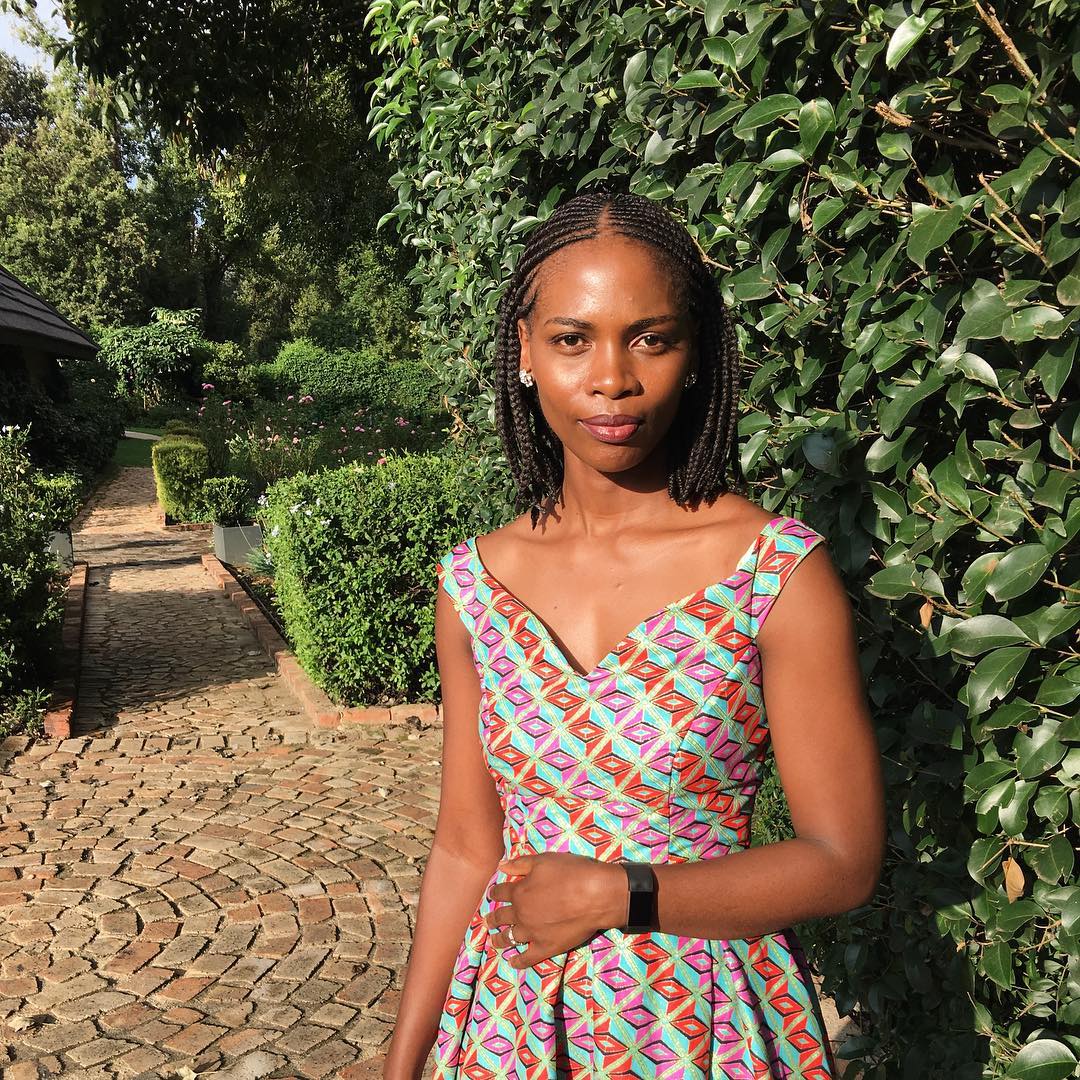
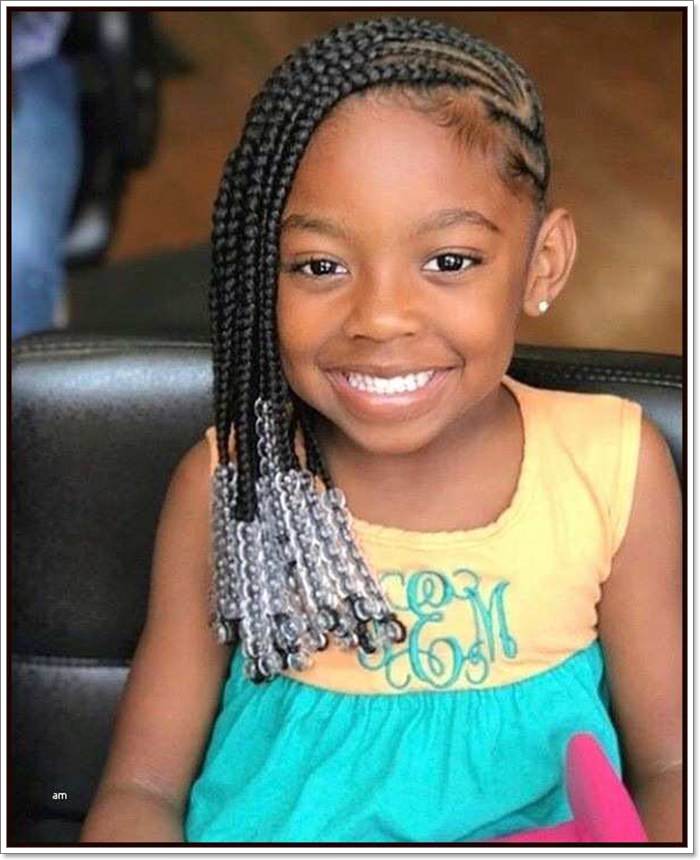
The first step to creating a Bantu Hairstyle is to separate your hair into sections. Parts should be roughly an inch wide. Once these sections are made, you can start winding your hair up. Then, twist it to create a tight knot. After that, use a bobby pin or Hair ties to secure your bantu knot.
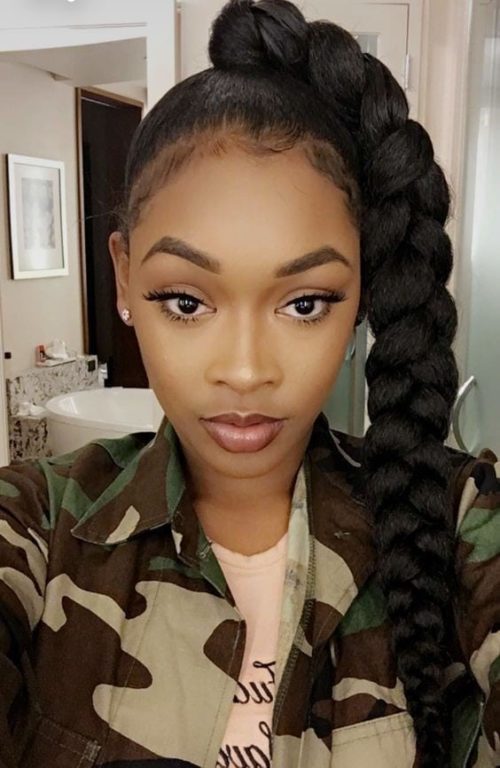
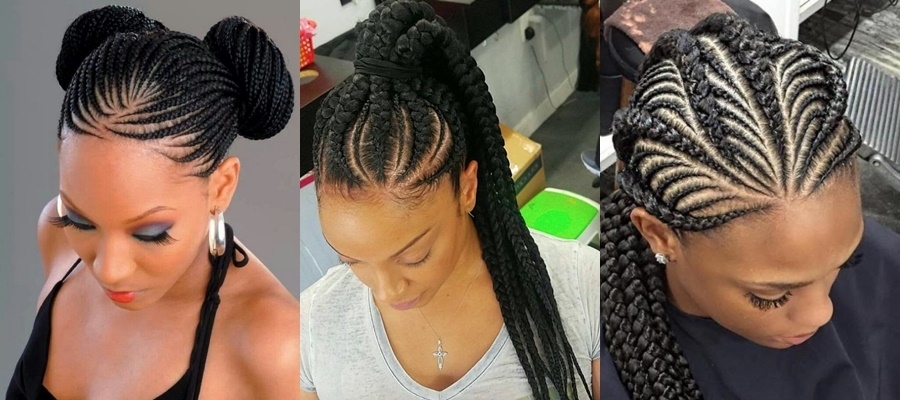
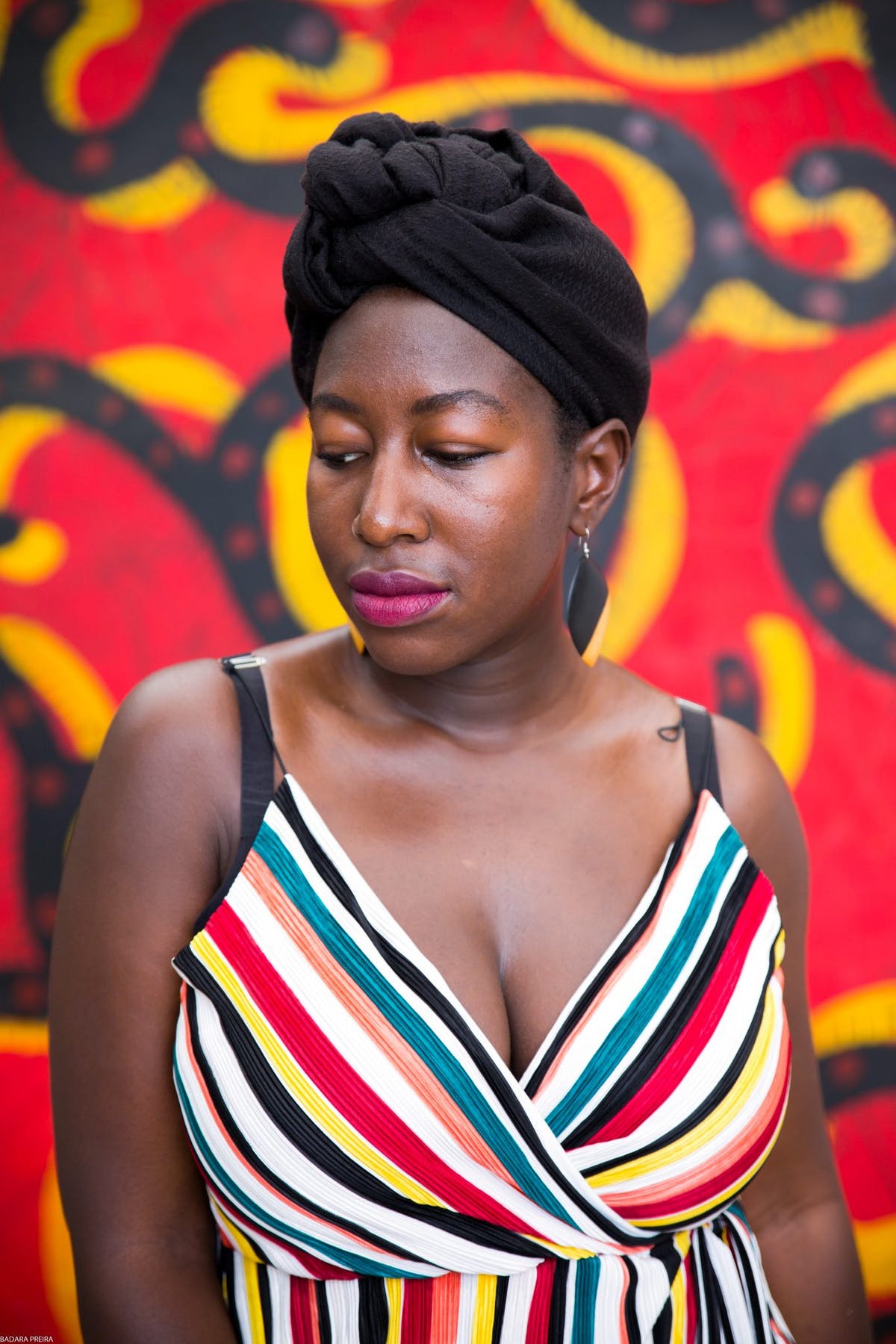
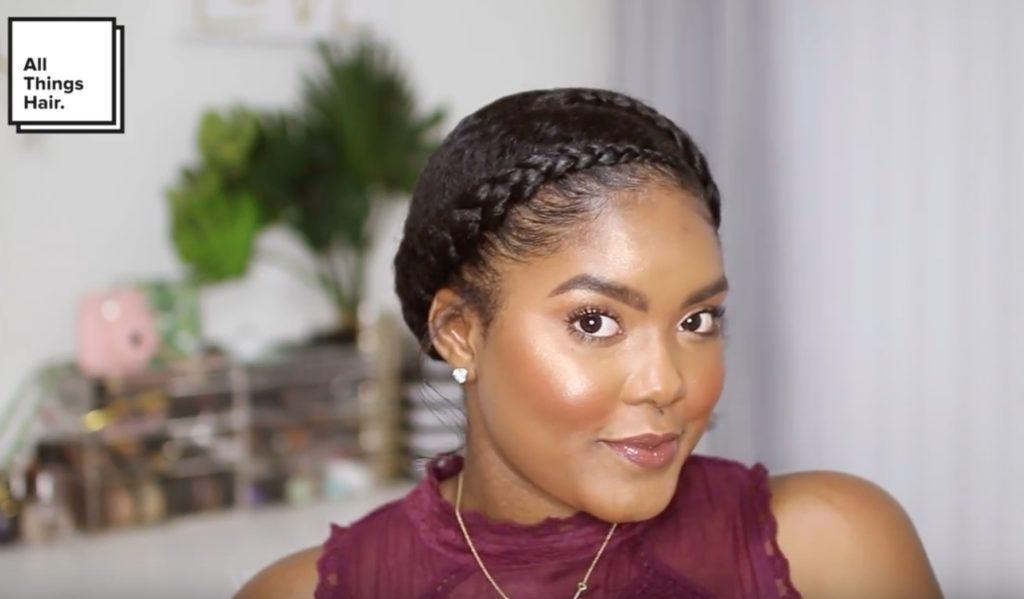
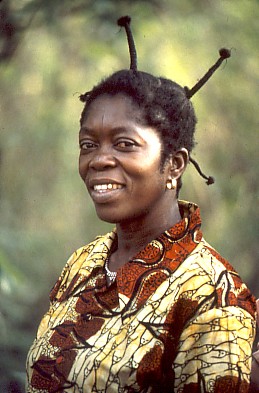
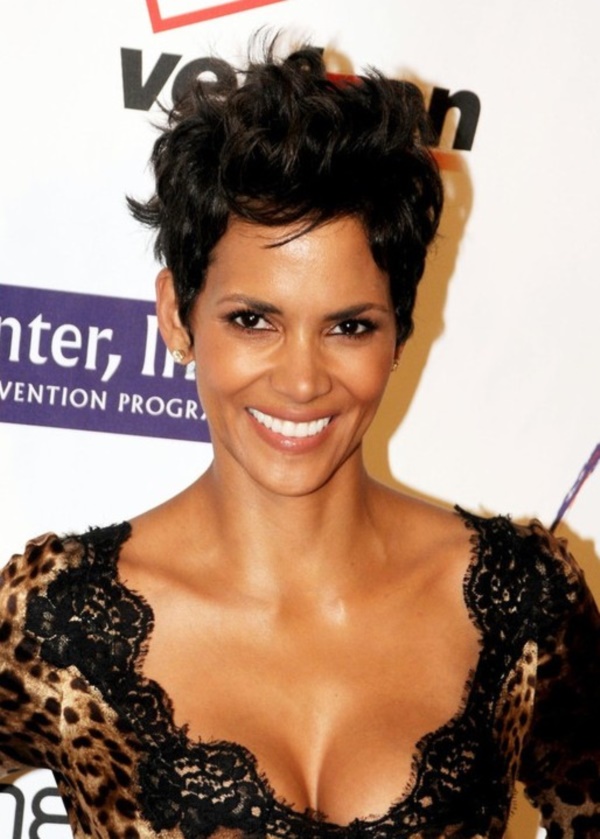
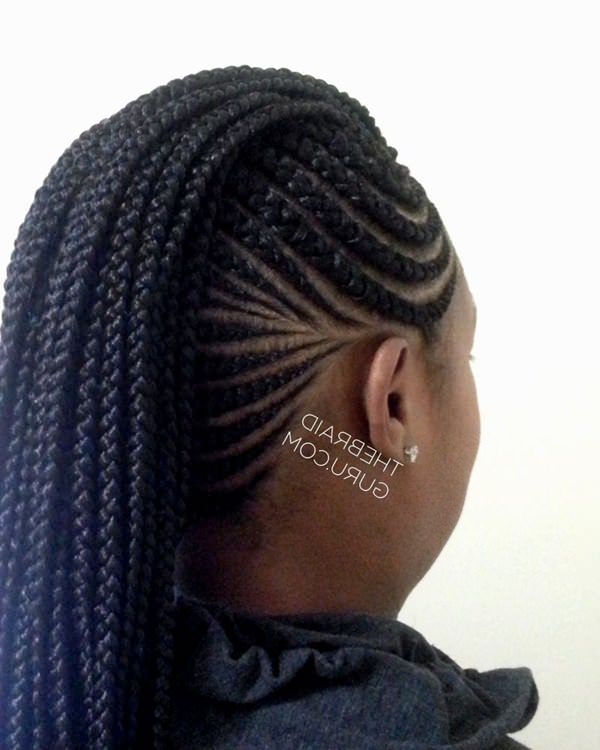
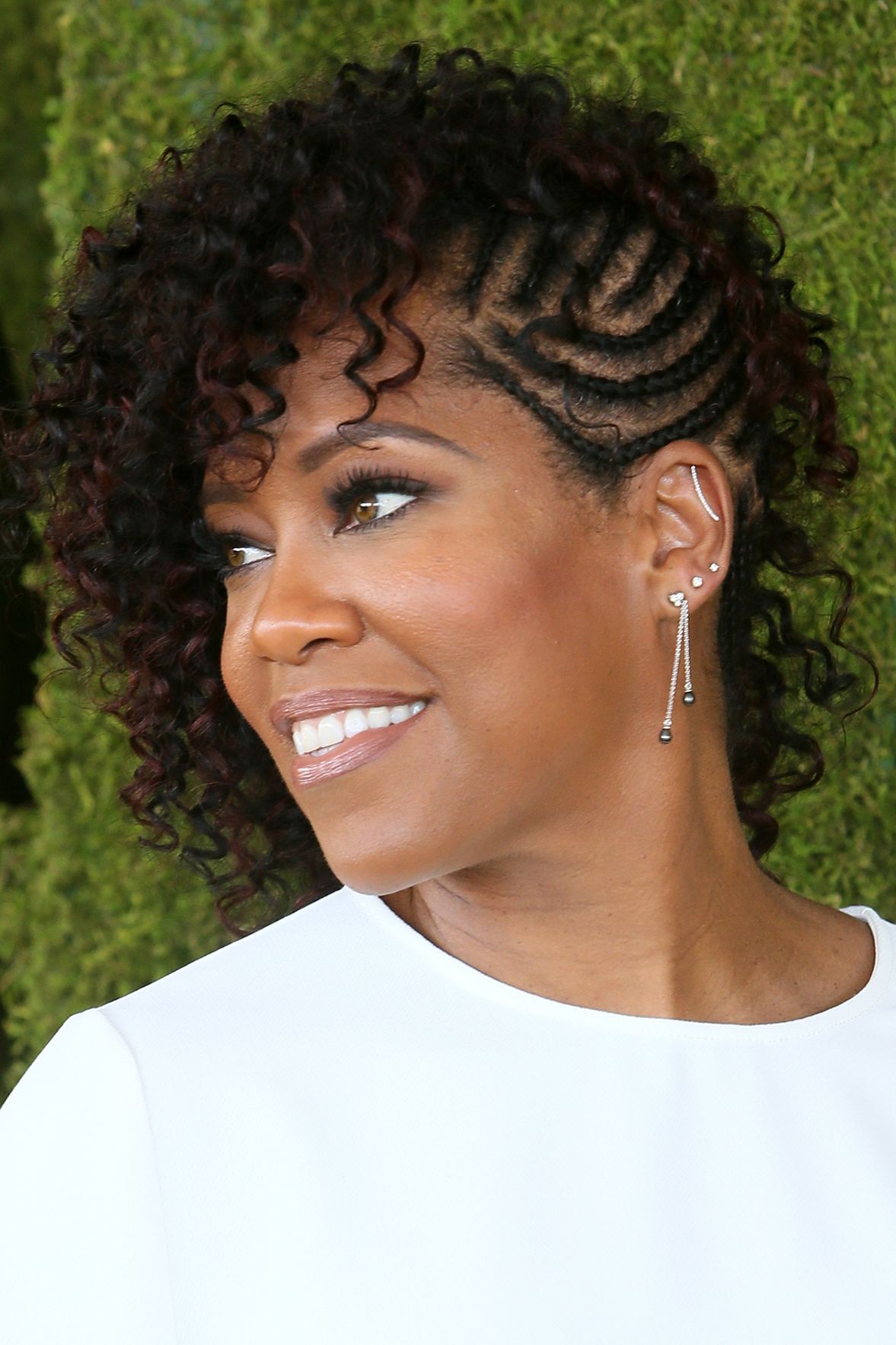
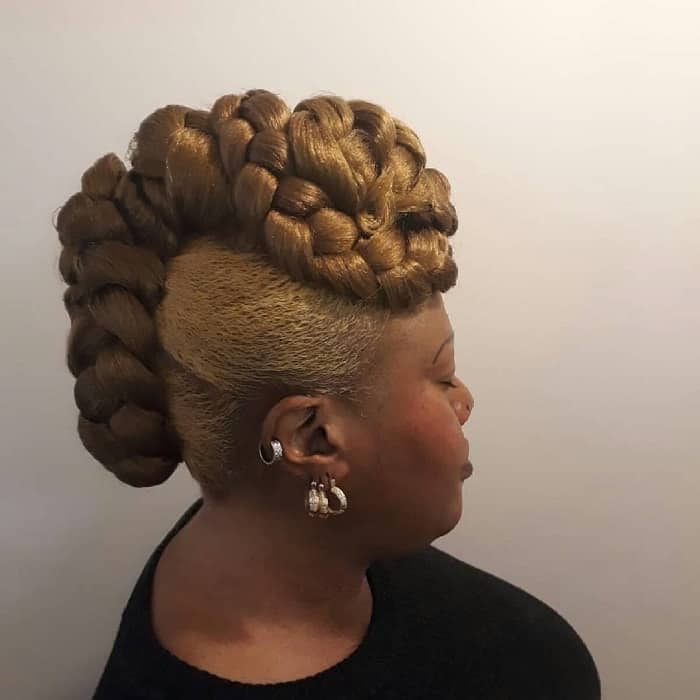
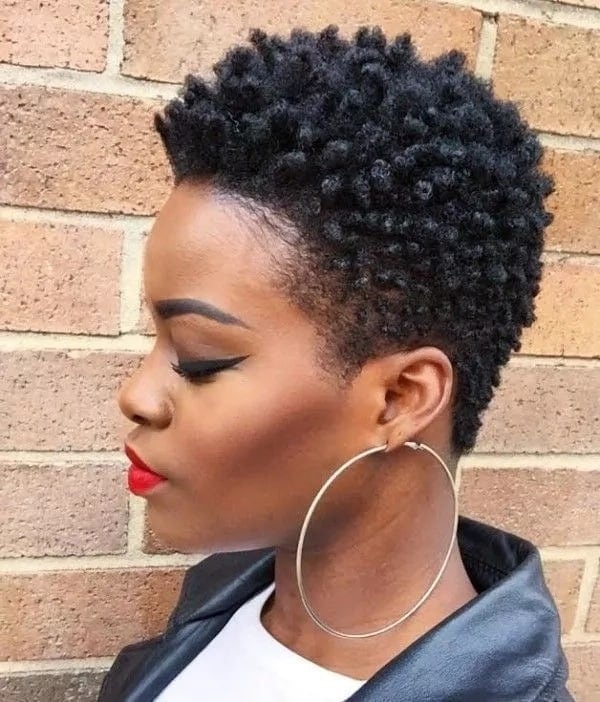
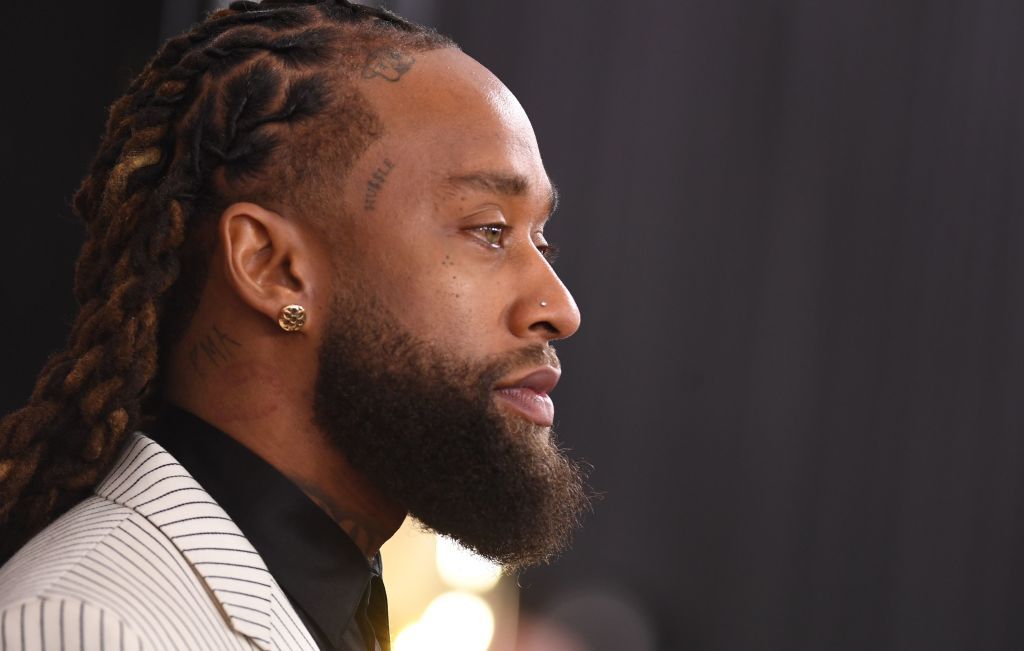

Bantu knots are very easy to create. The time it takes will vary depending on the length of your hair and the number of knots you want to make. Before starting the style, you may want to moisturize and detangle your Hair so that it will be easier to twist. Also, you may want to stretch your hair a little before you begin this style.
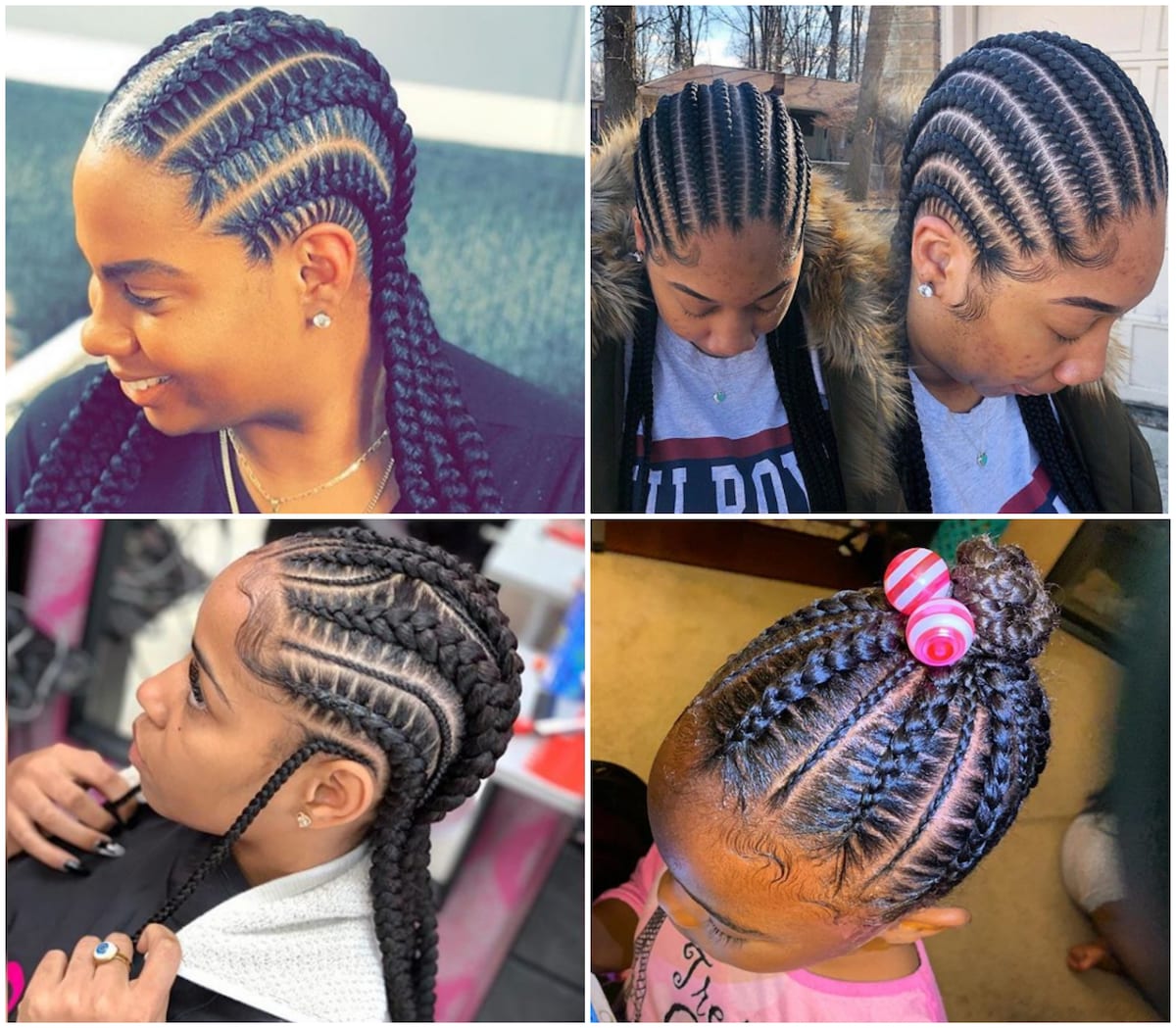
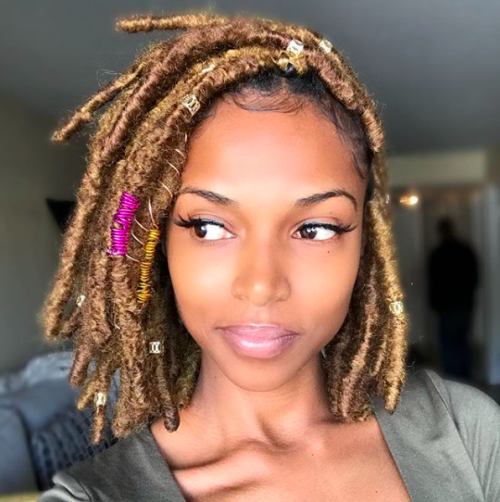
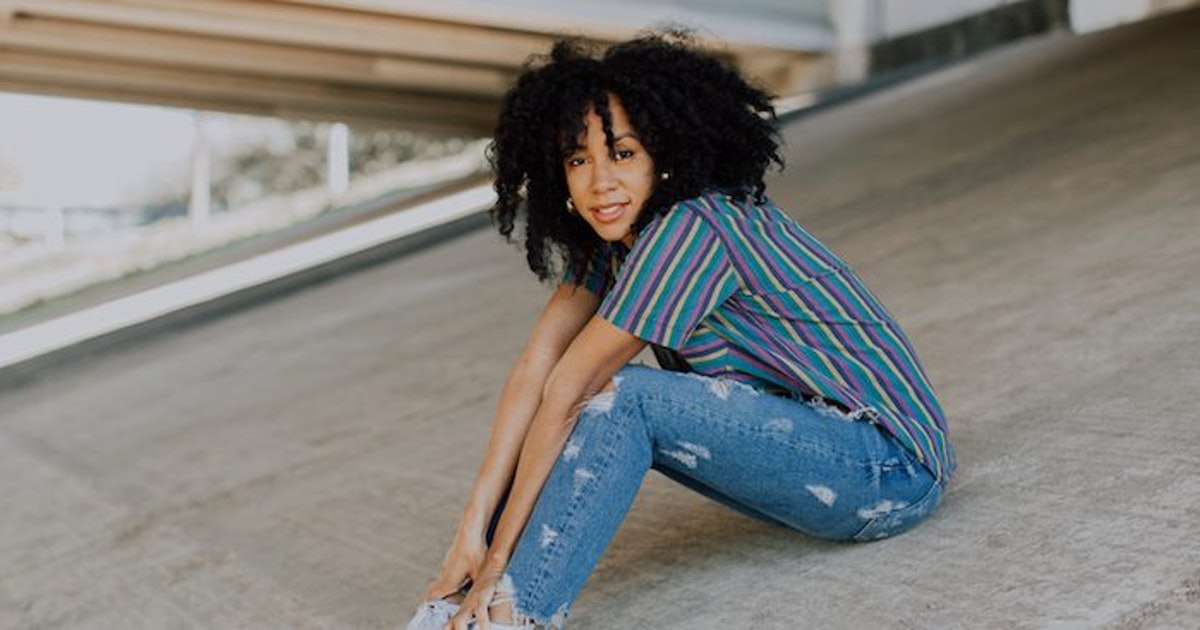
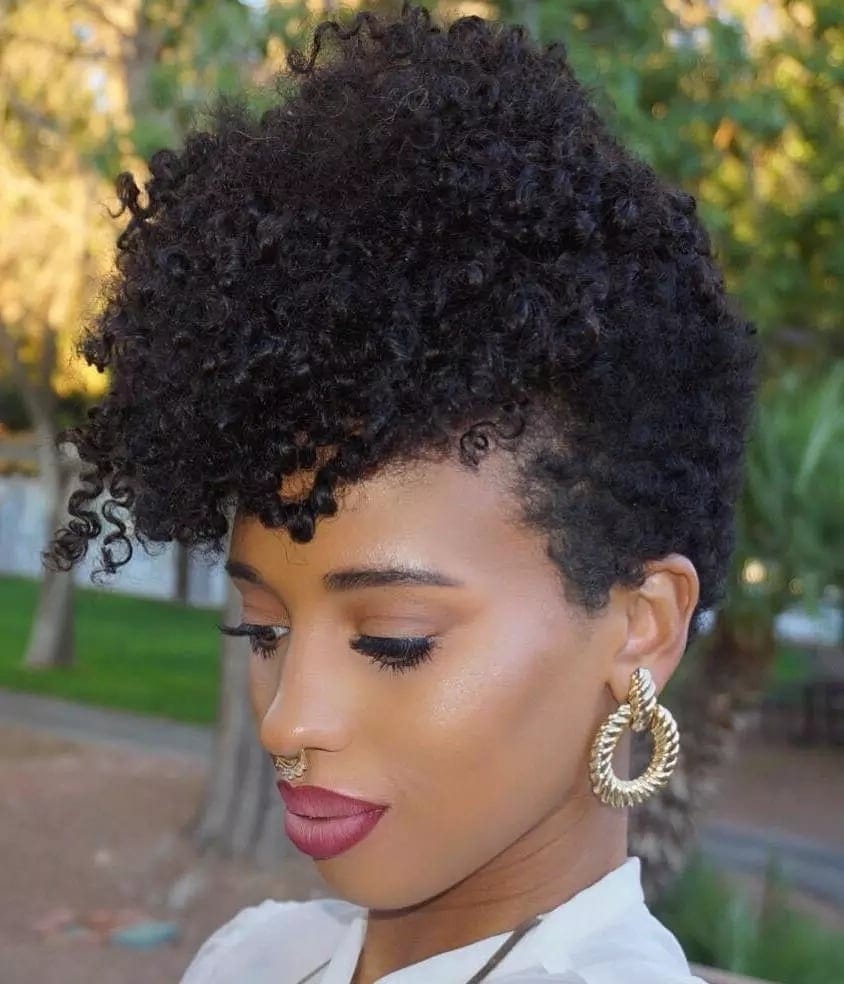
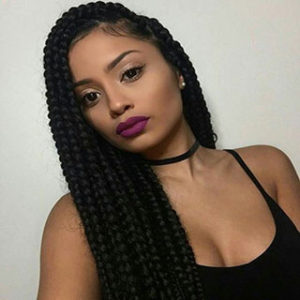
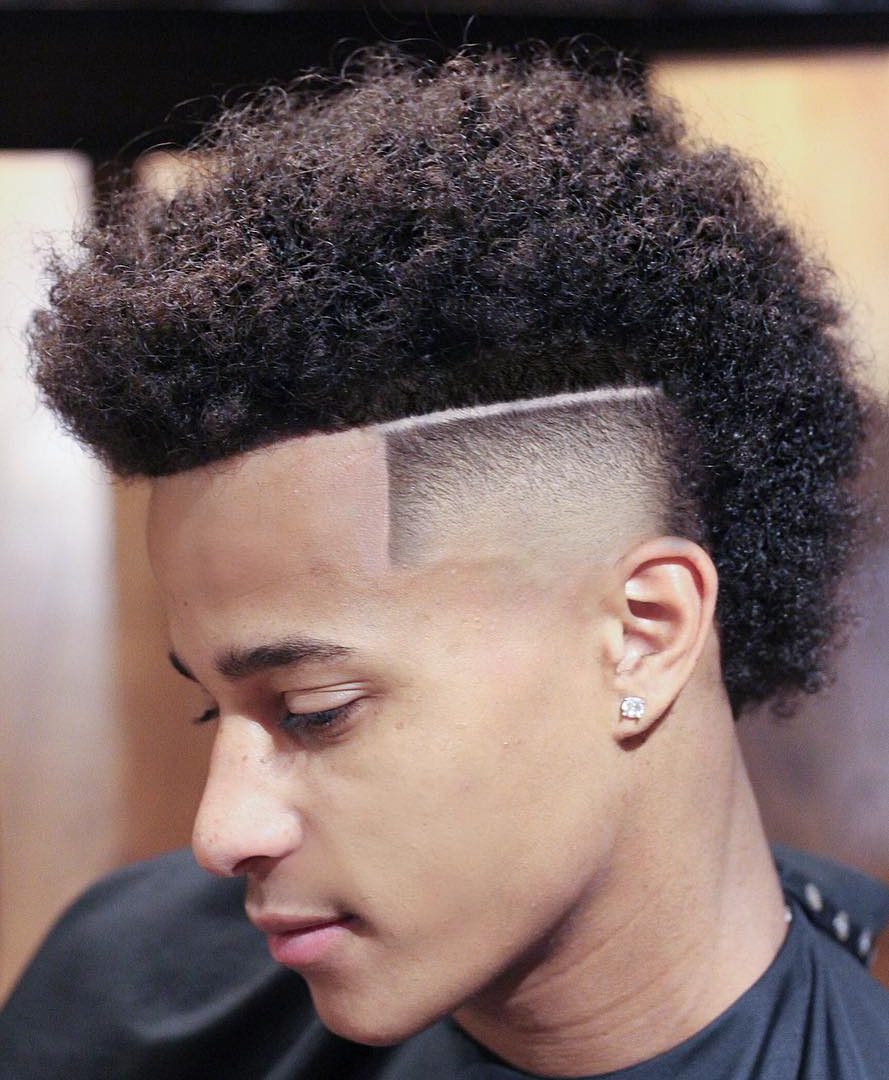
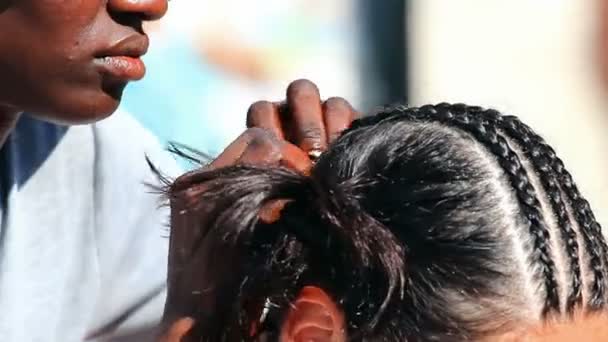
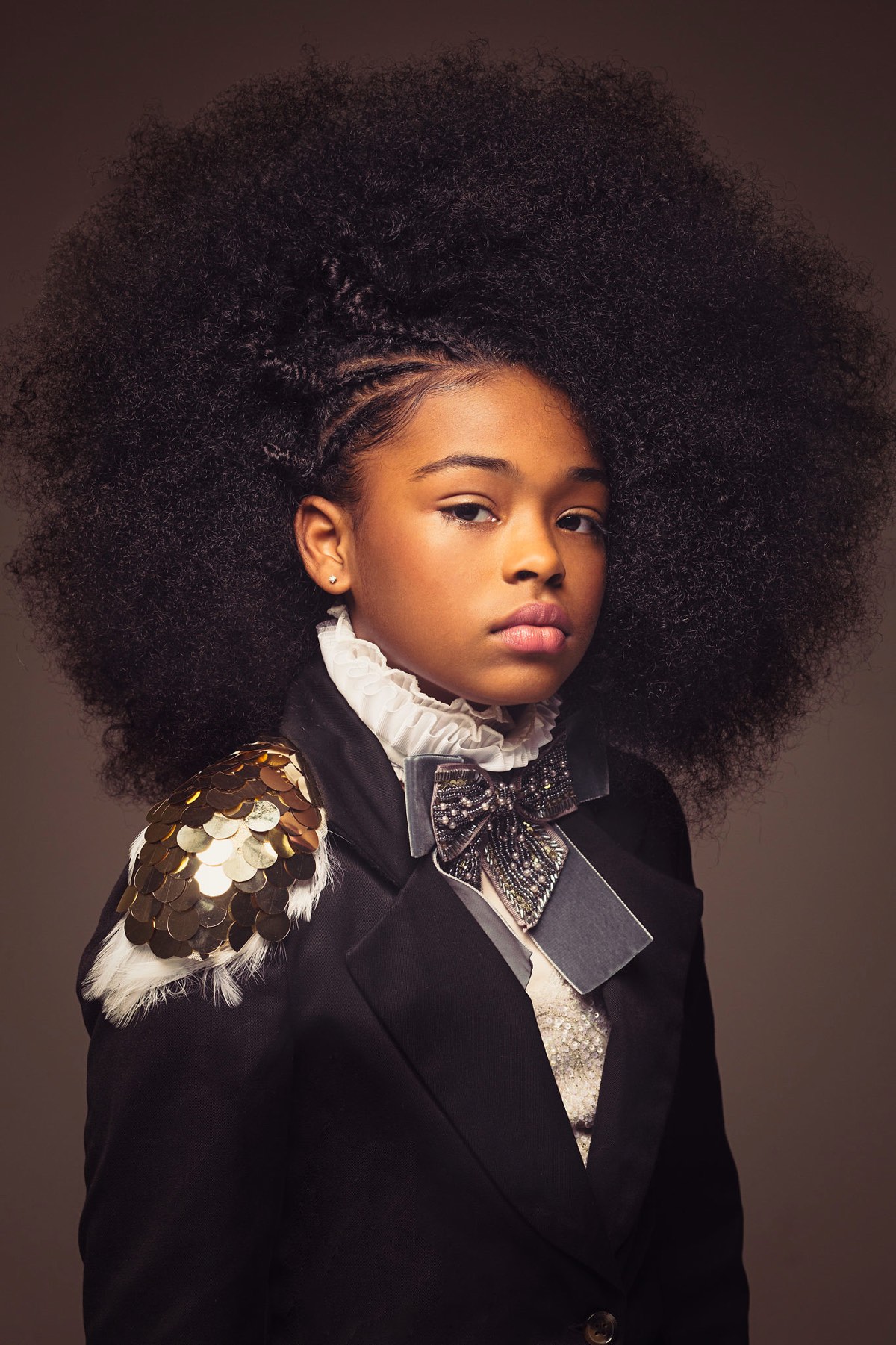
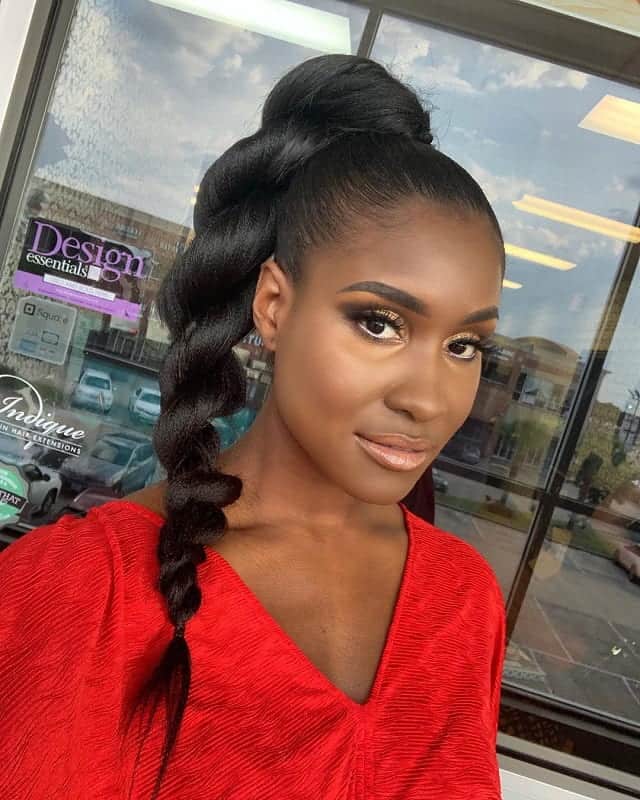
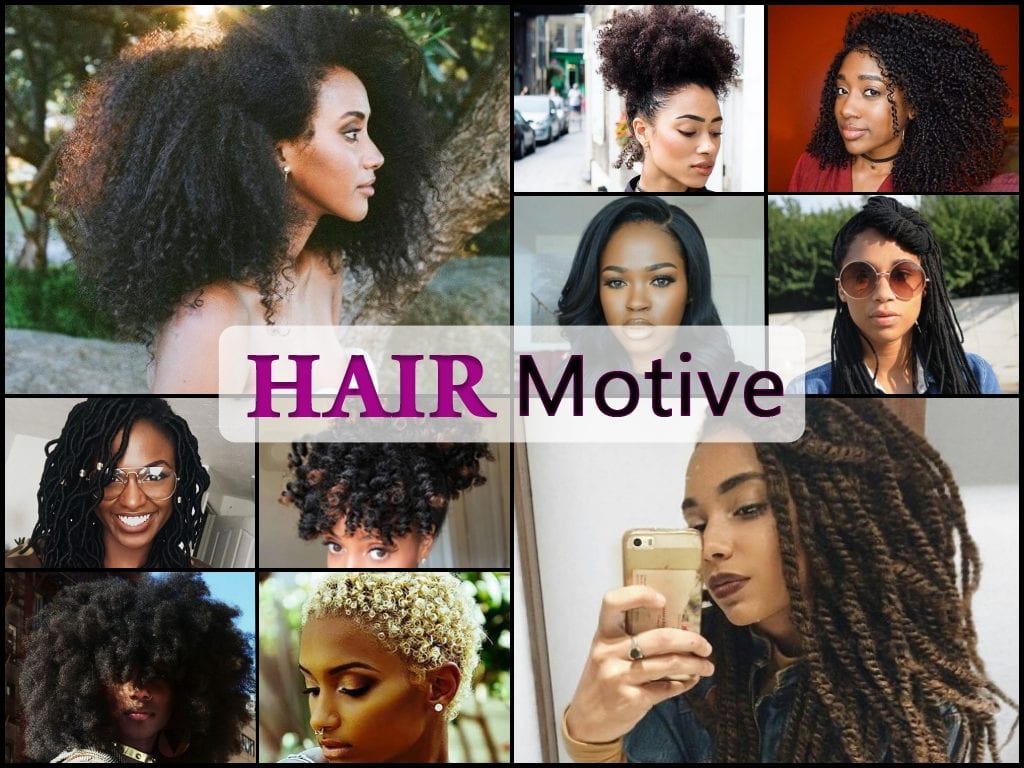
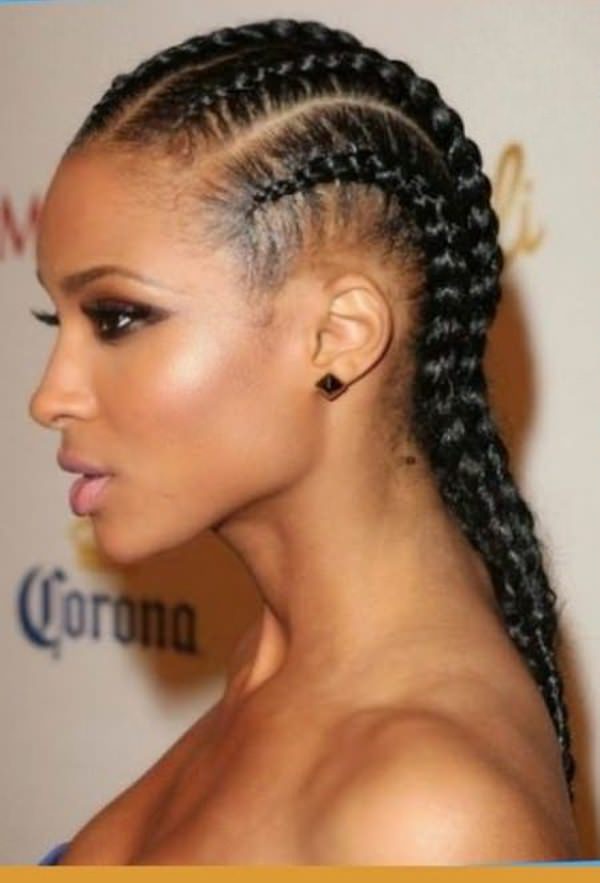
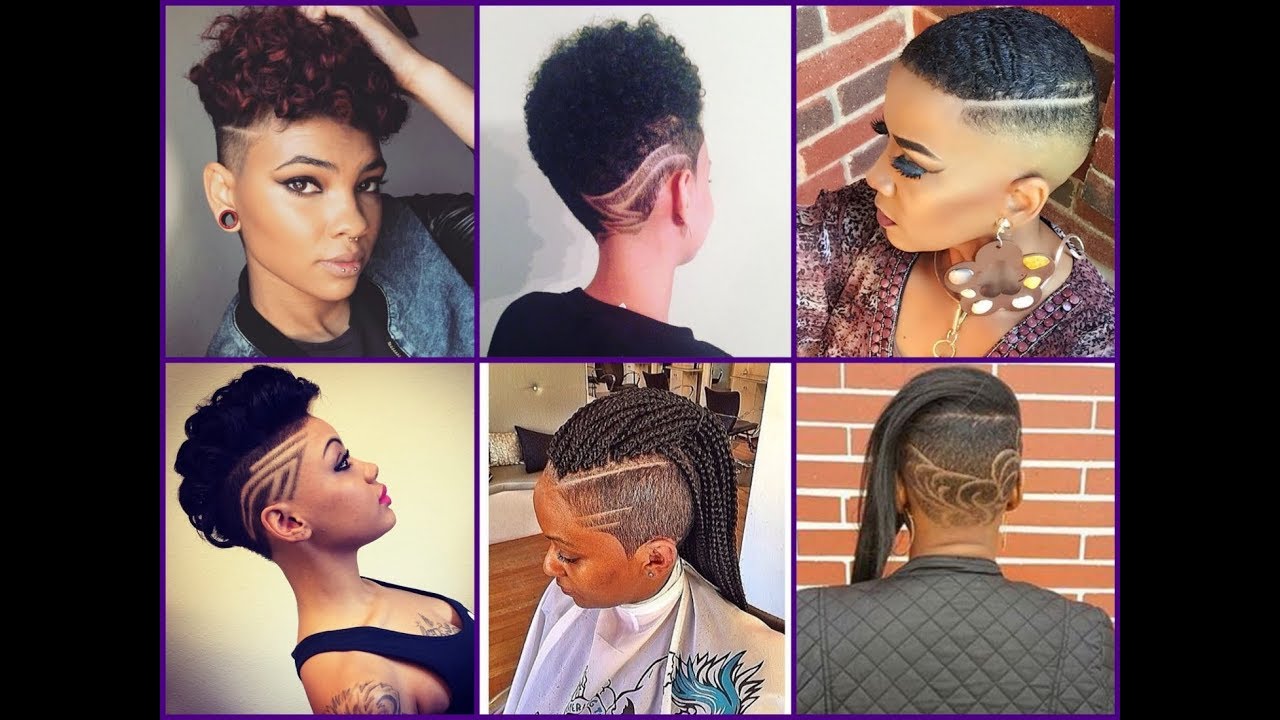
Cornrows
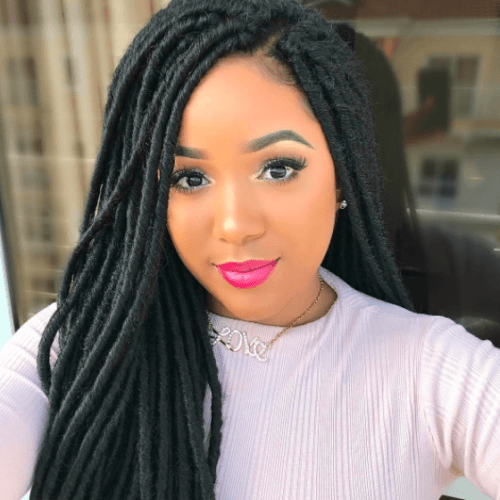
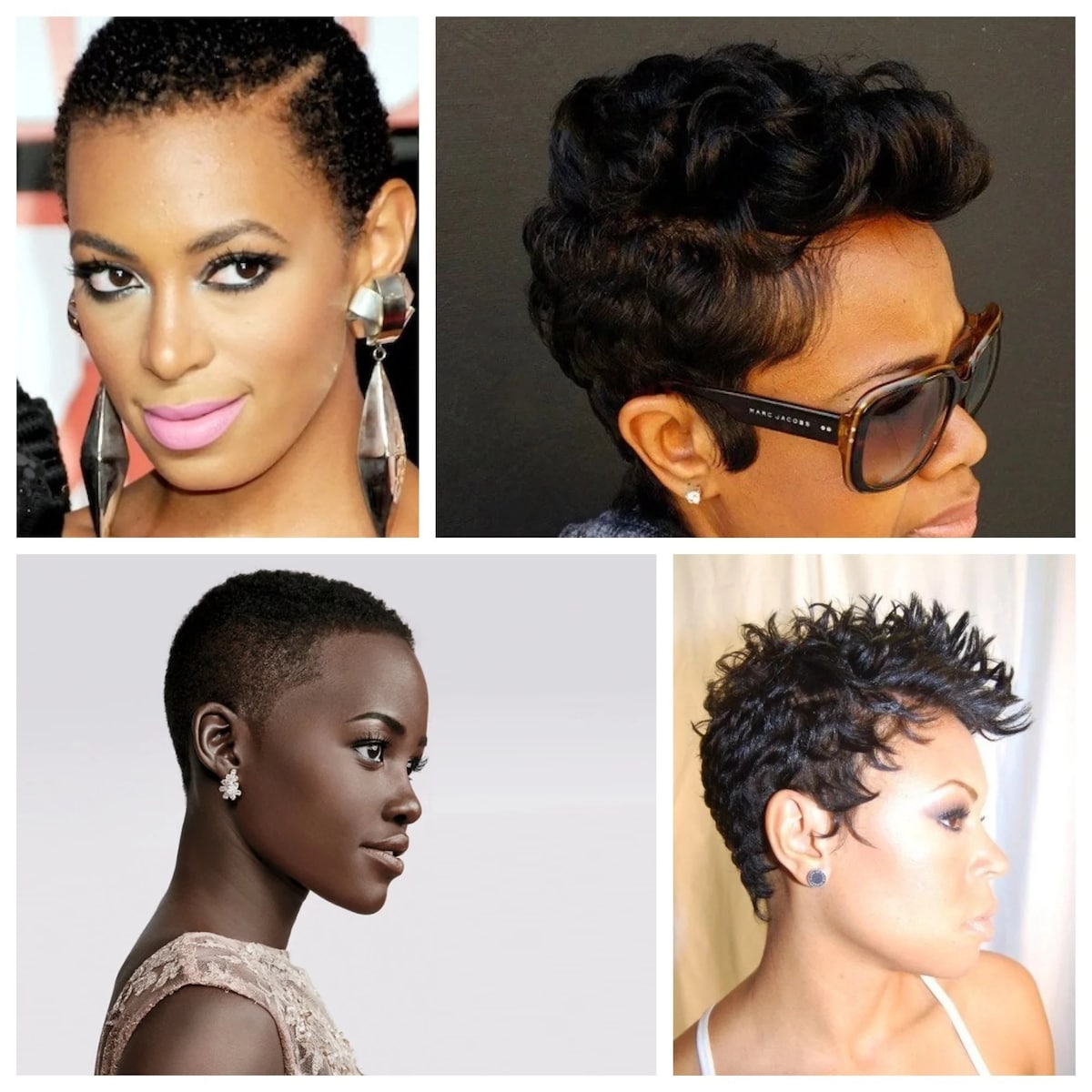
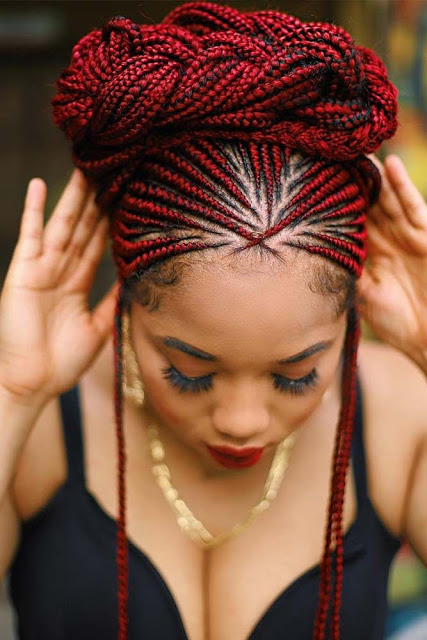
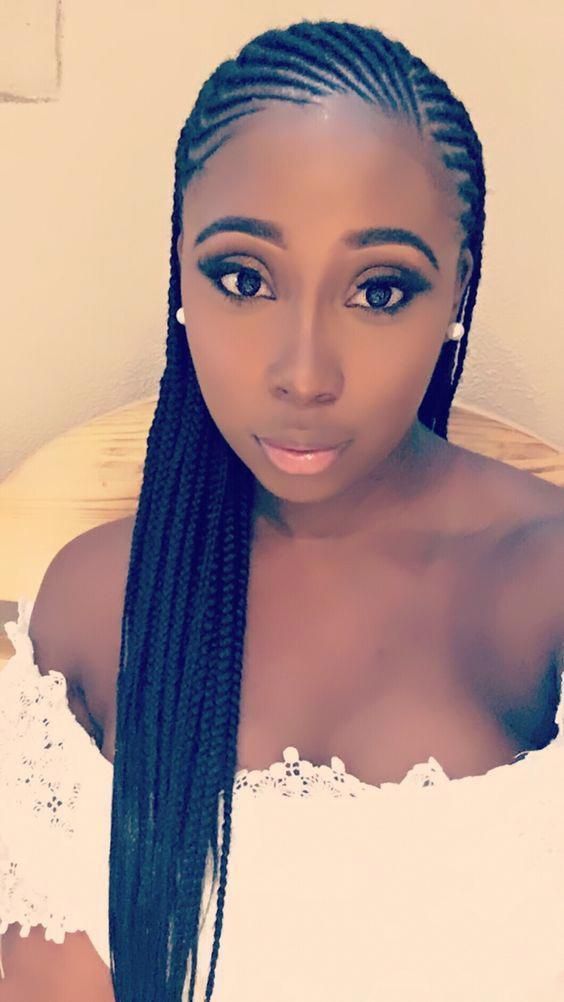
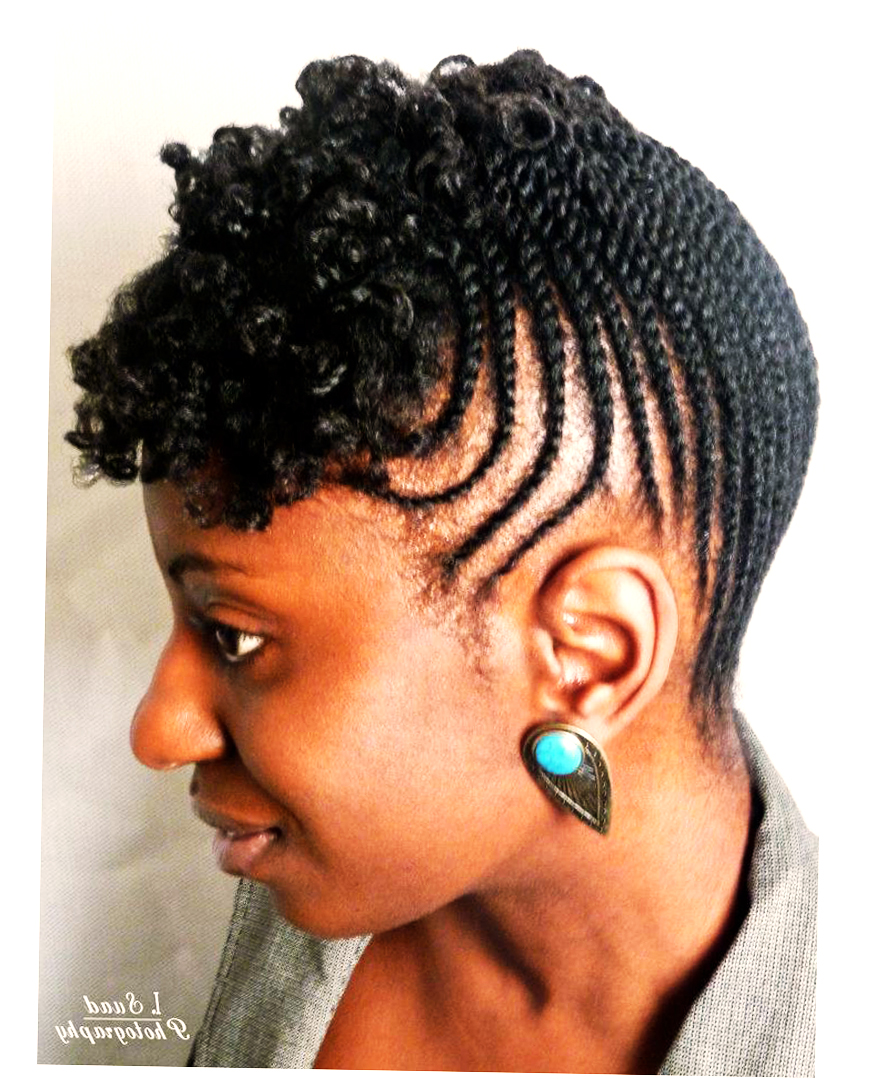
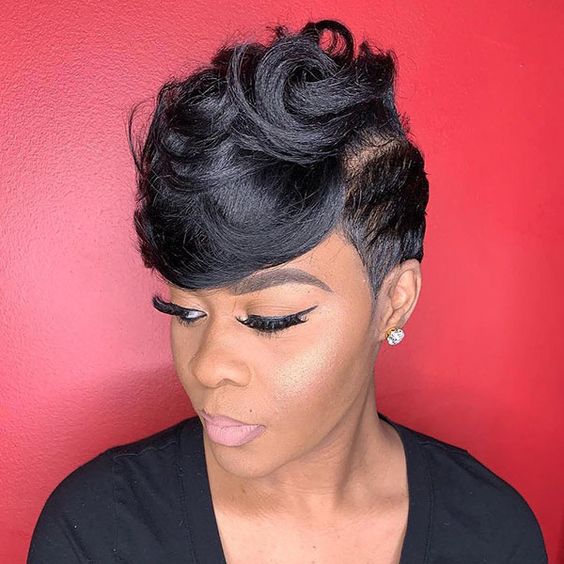
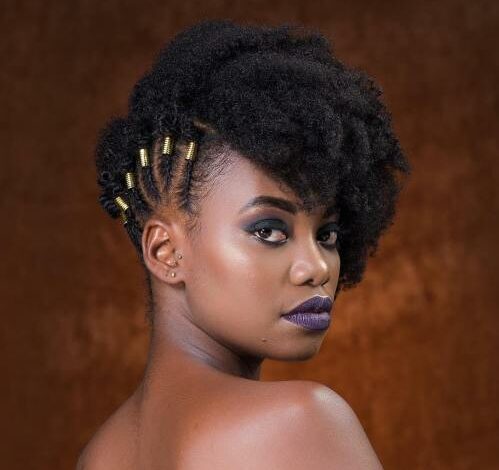
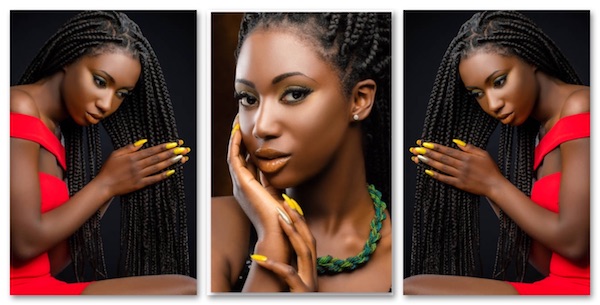
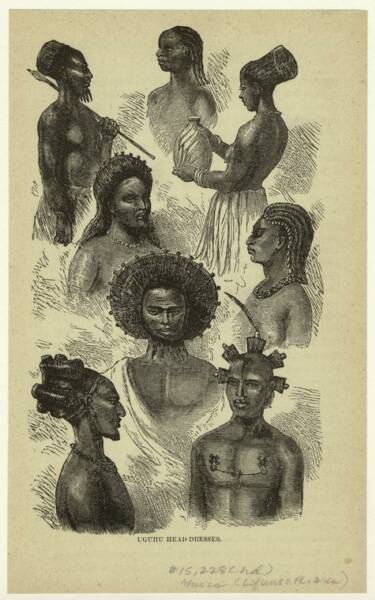
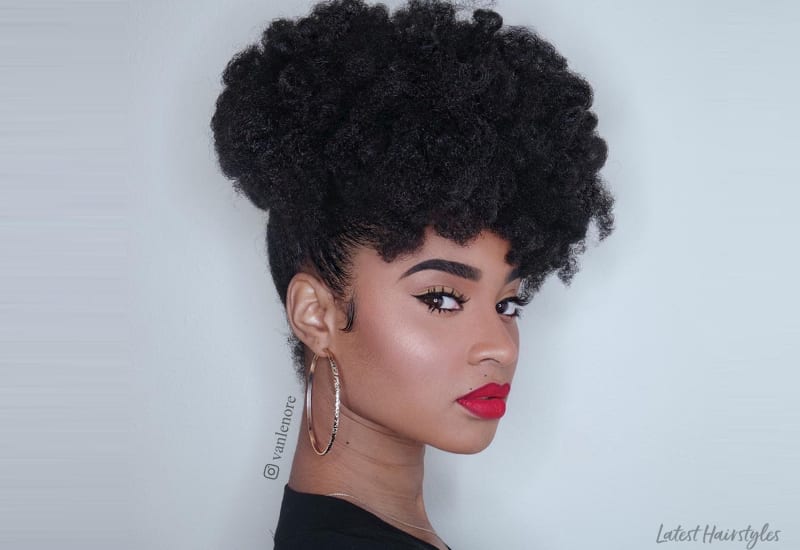
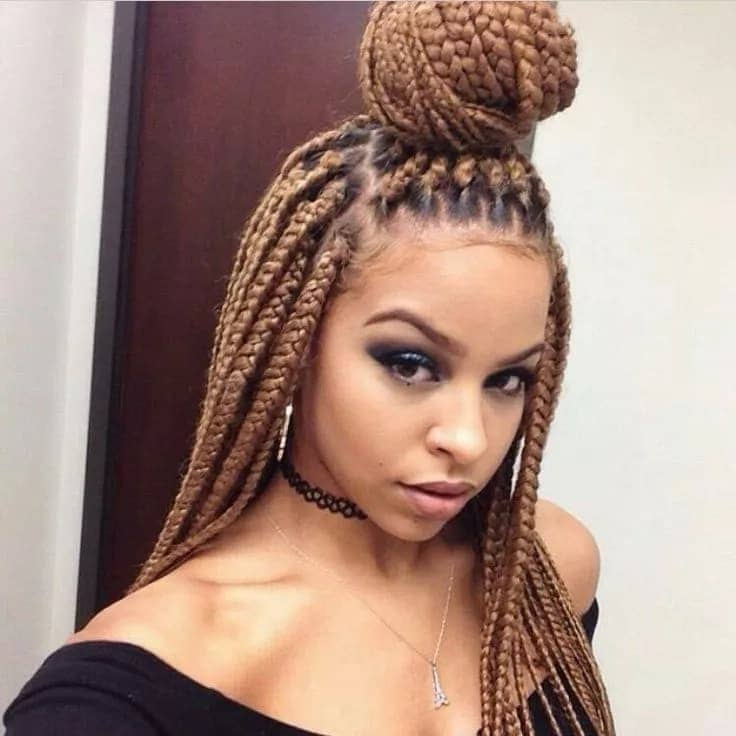
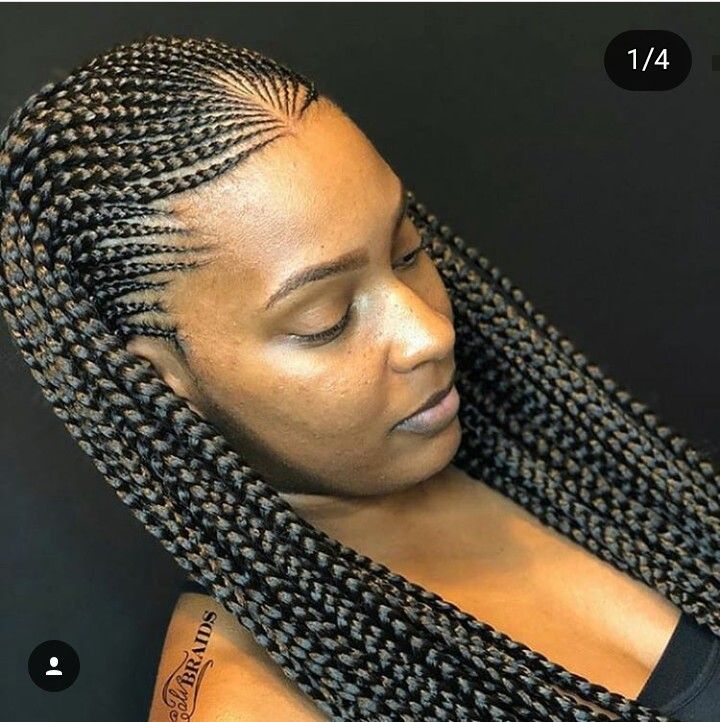
Cornrows are a popular hairstyle with African origins. They were popularized in the 1960s during the civil rights movement, when Black pride and natural hairstyles became fashionable. This push reintroduced the love of natural Hairstyles, and also re-introduced Black people to the art of experimenting with their own hair. During the colonial period, people thought cornrows were a means of communication and escape. They were also believed to hold onto the seeds of ancestral rituals.
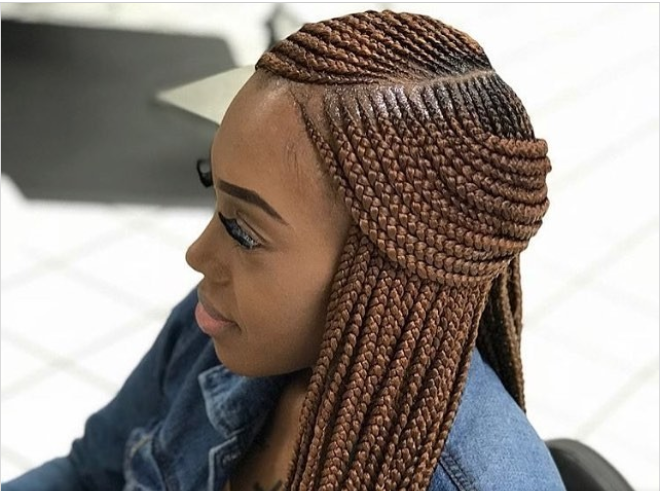
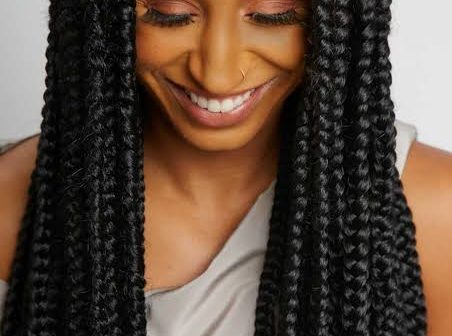
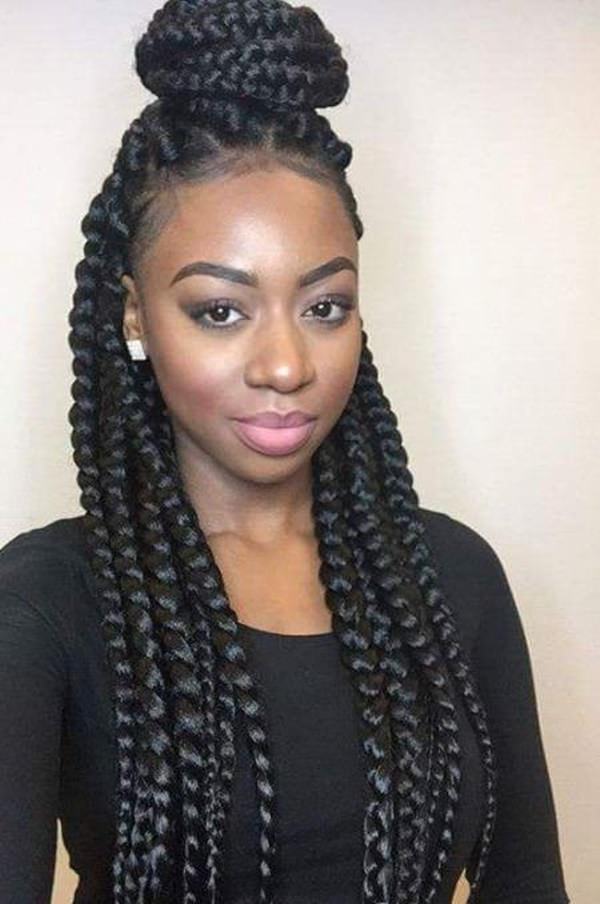
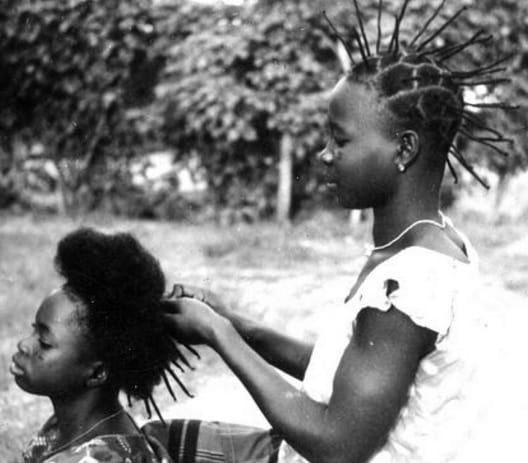
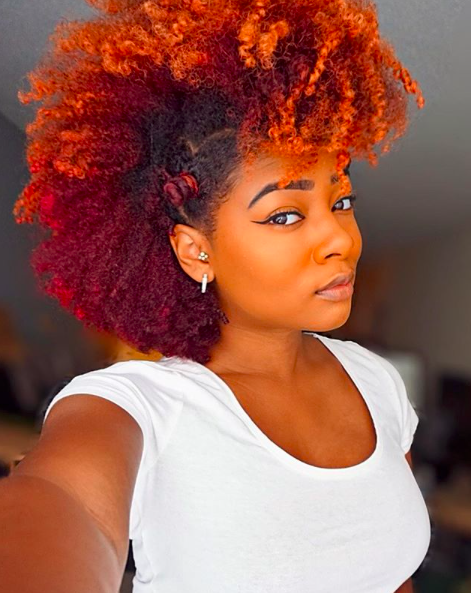
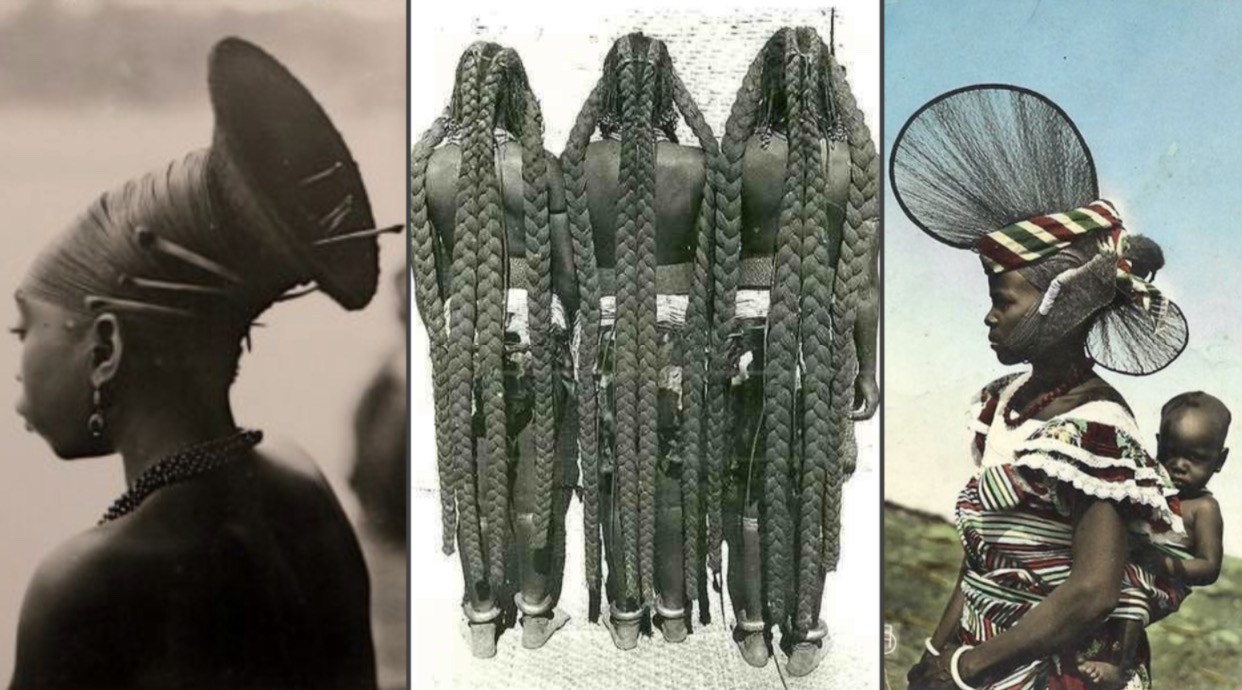
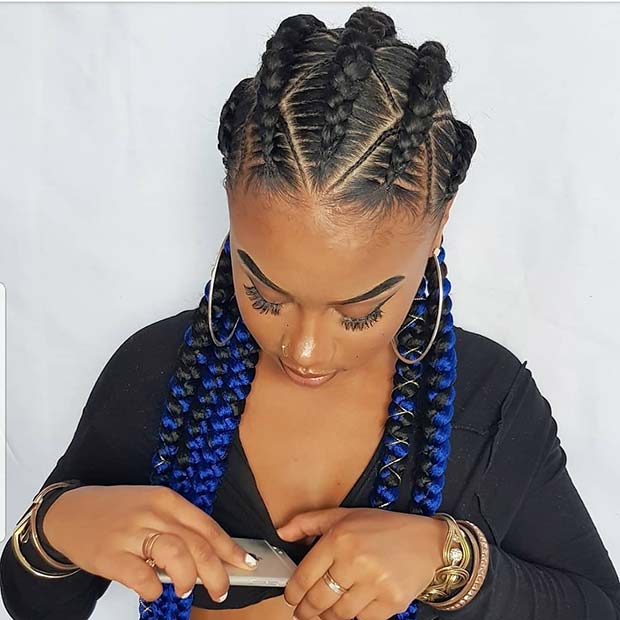
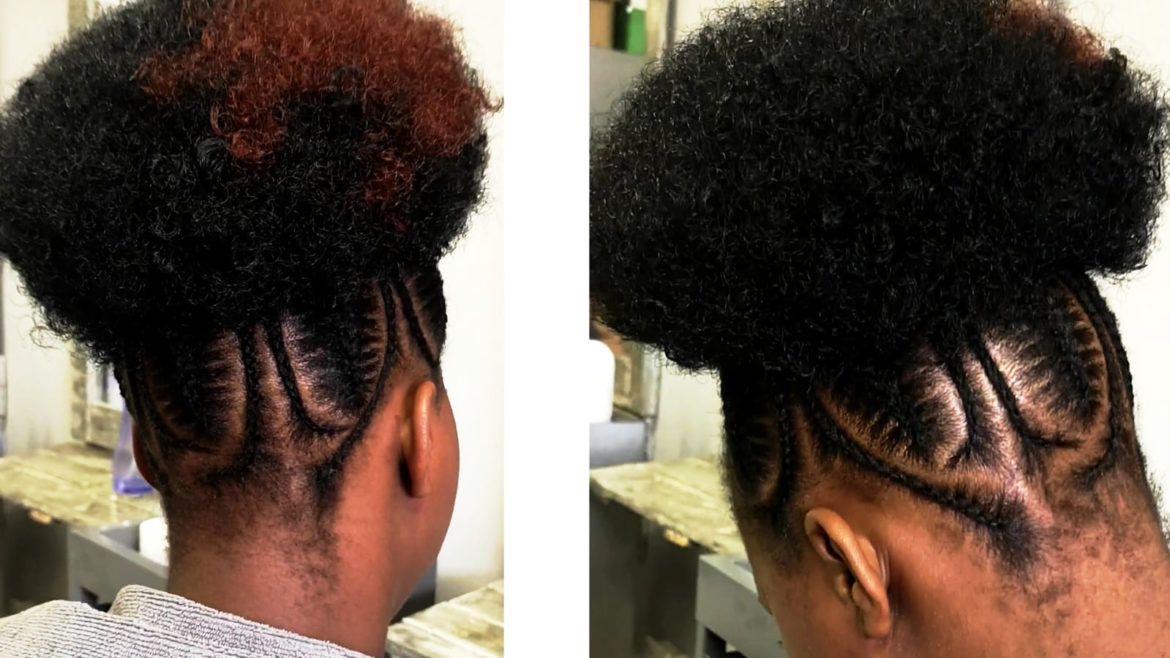
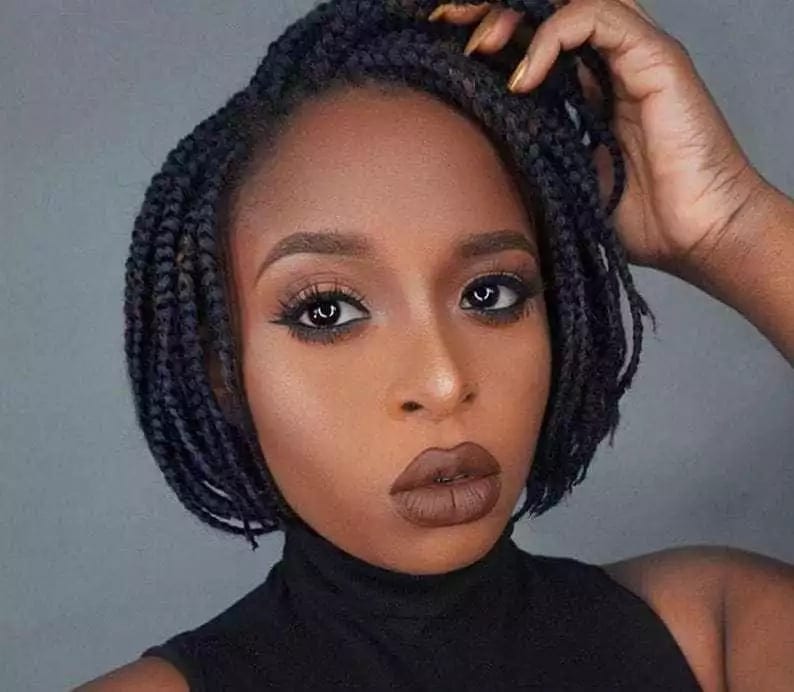
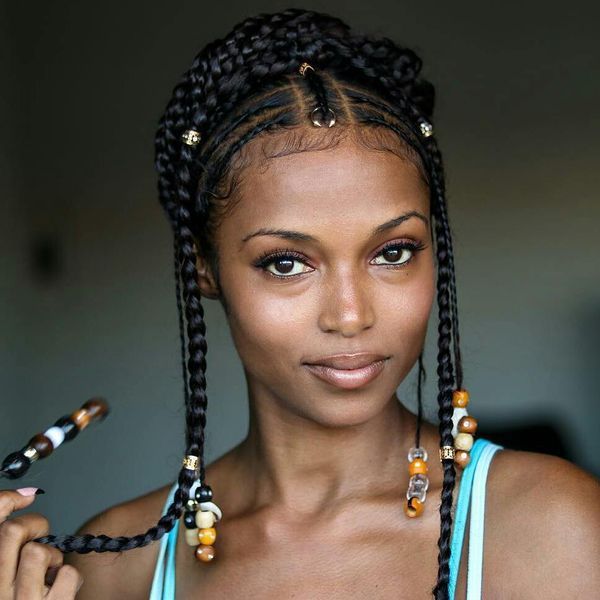
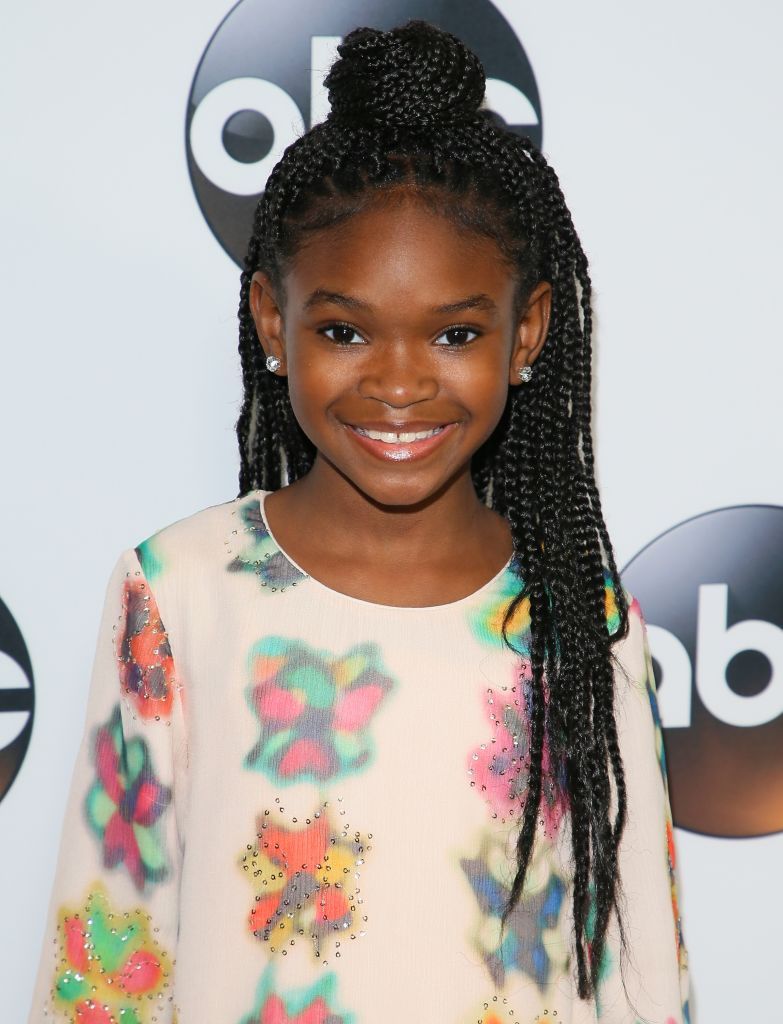
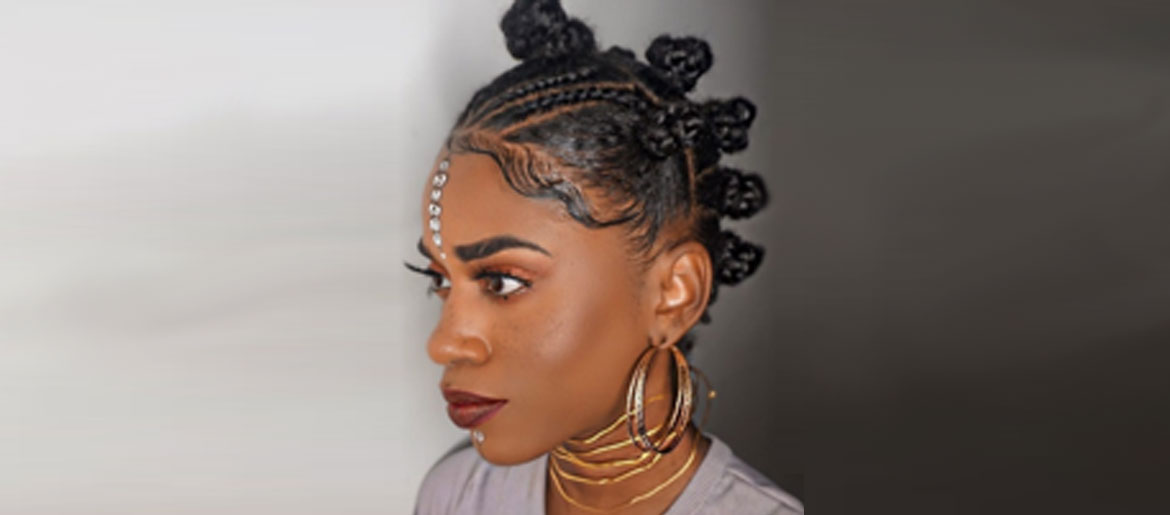
Cornrows were originally created to represent a community, and the patterns of the braids represented different status within the community. Cornrows were especially important for kings and warriors to communicate their status and importance within the community. While cornrows are a fashionable choice today, they also have a rich history dating back to 3000 B.C., and were especially popular along the Horn of Africa.
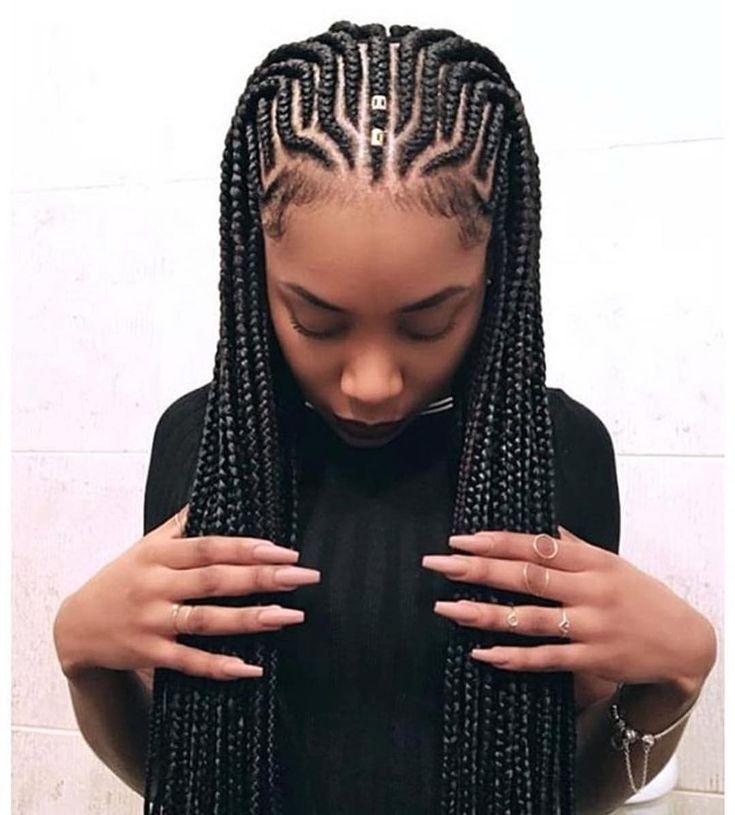
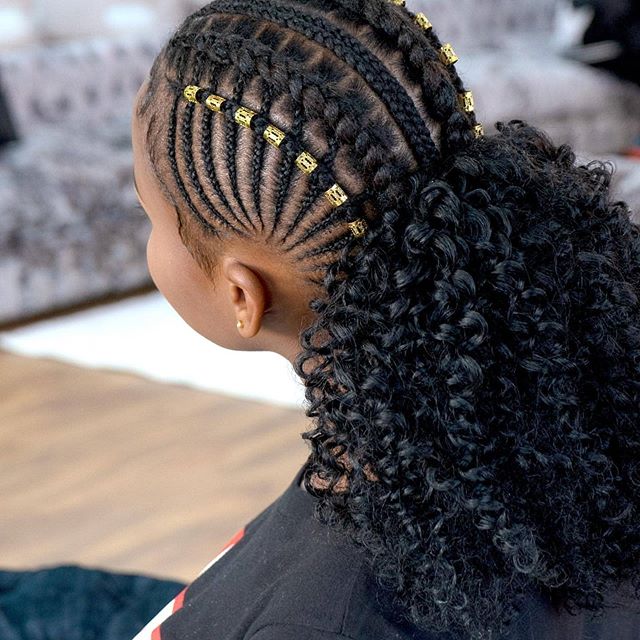
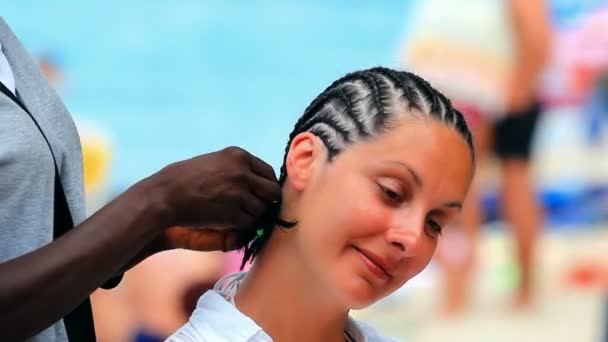
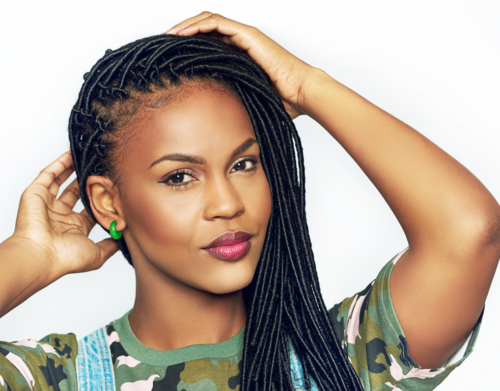
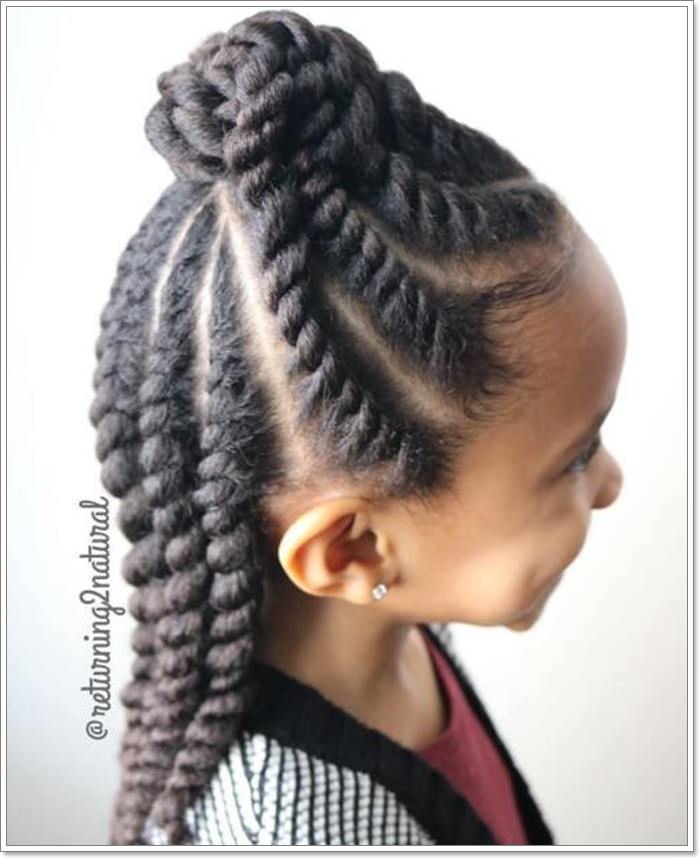
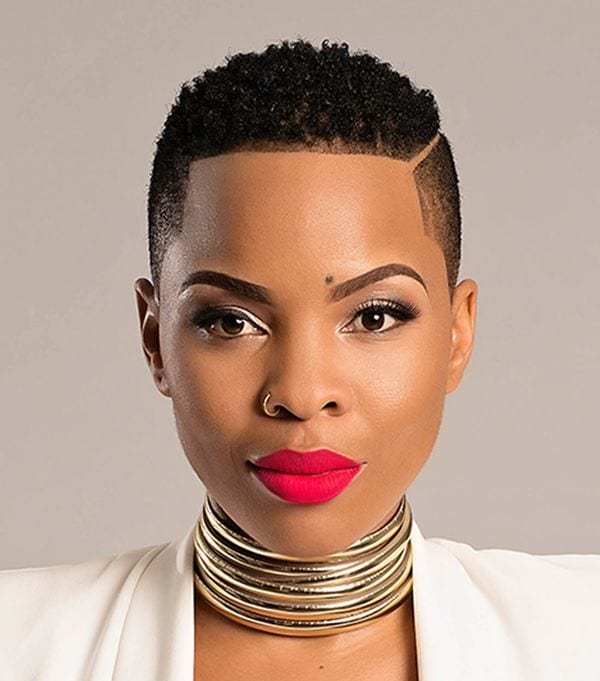
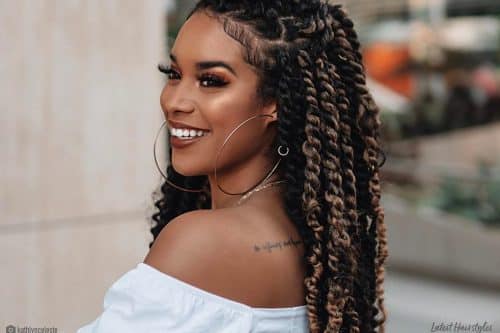
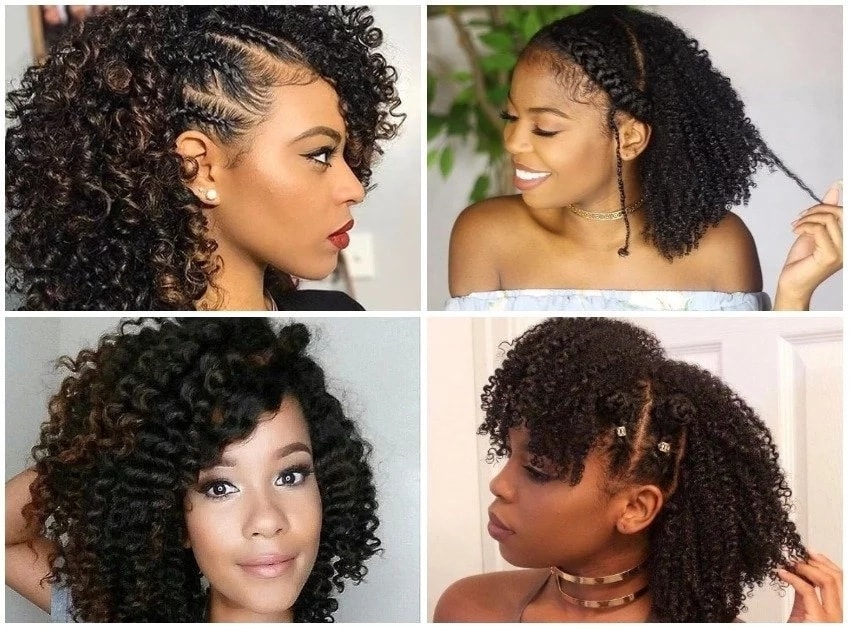
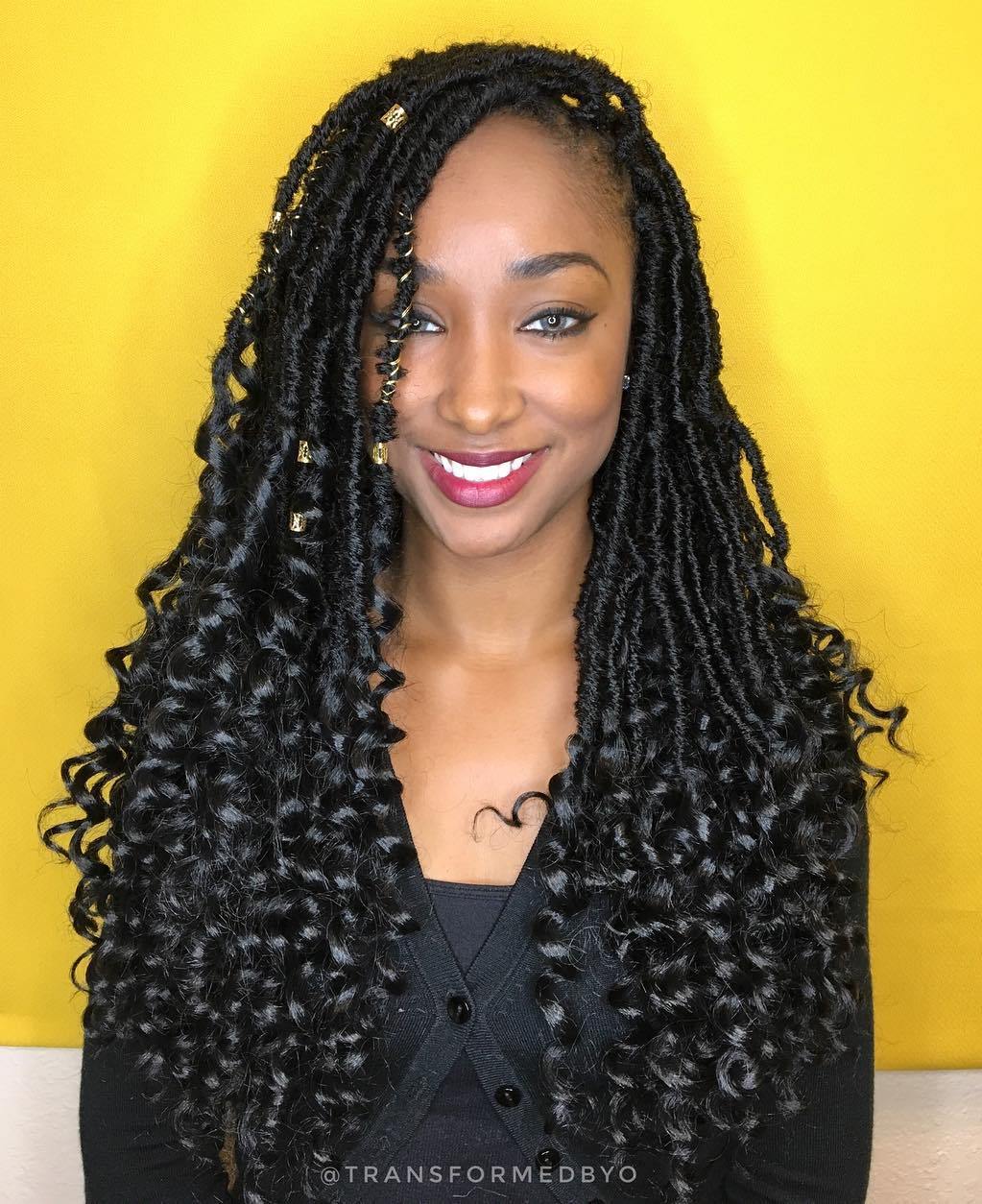
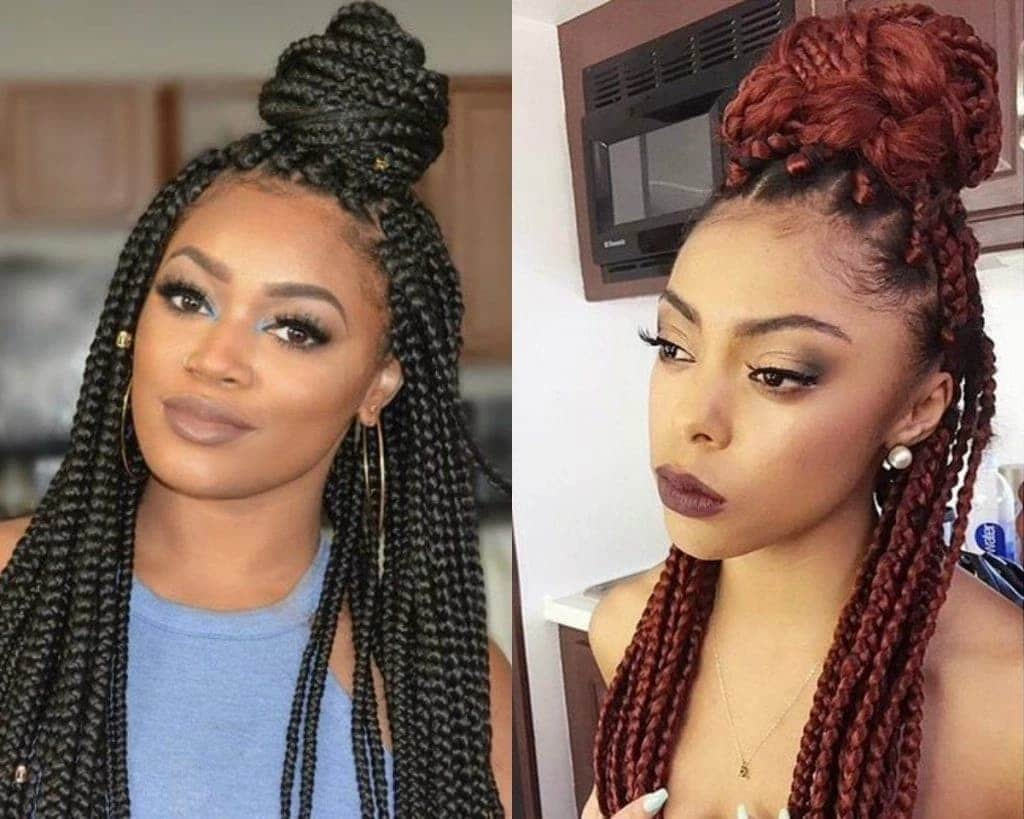
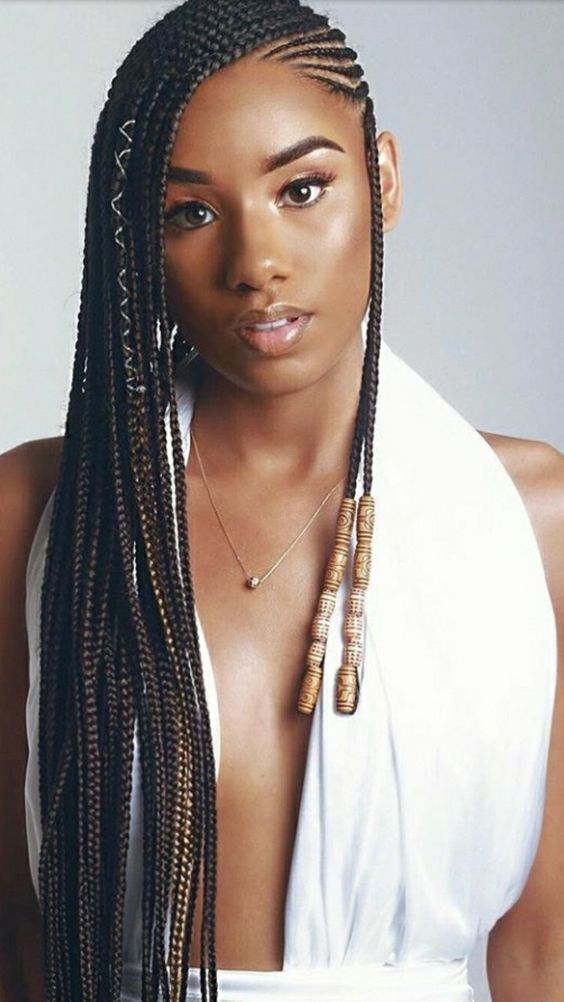
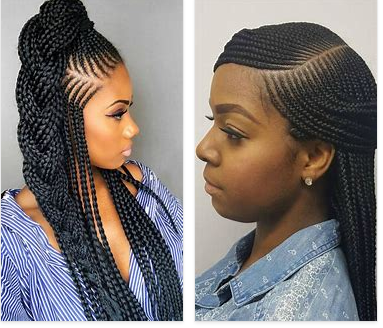
The history of cornrows is similar to the history of goddess braids. Both styles were once considered works of art and were adorned with metal accents. These hairstyles were created by braiding hair close to the scalp. The braids were incredibly defined and thick, and were often adorned with small pieces of jewelry.
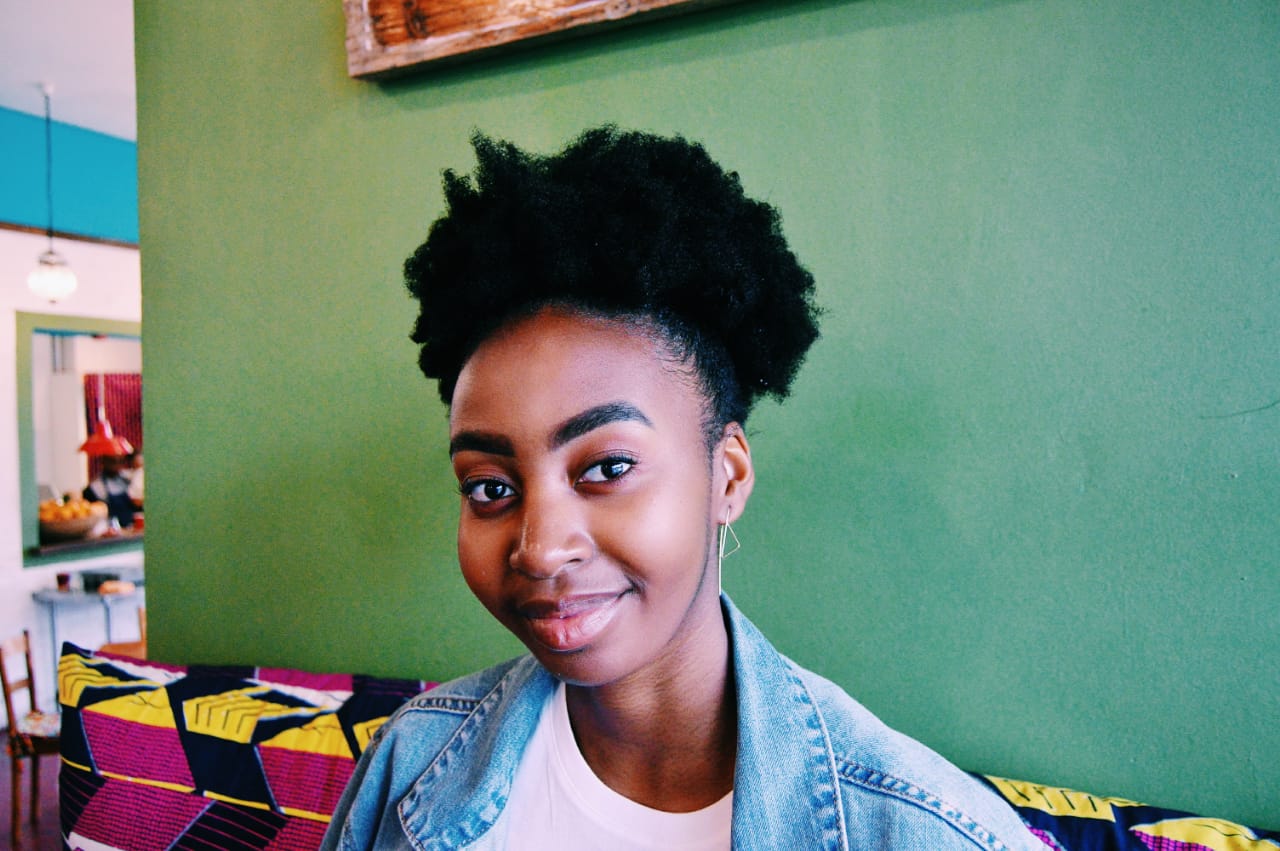
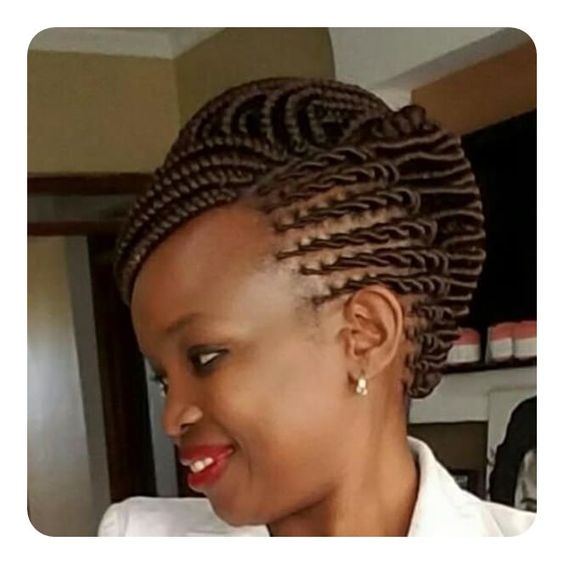
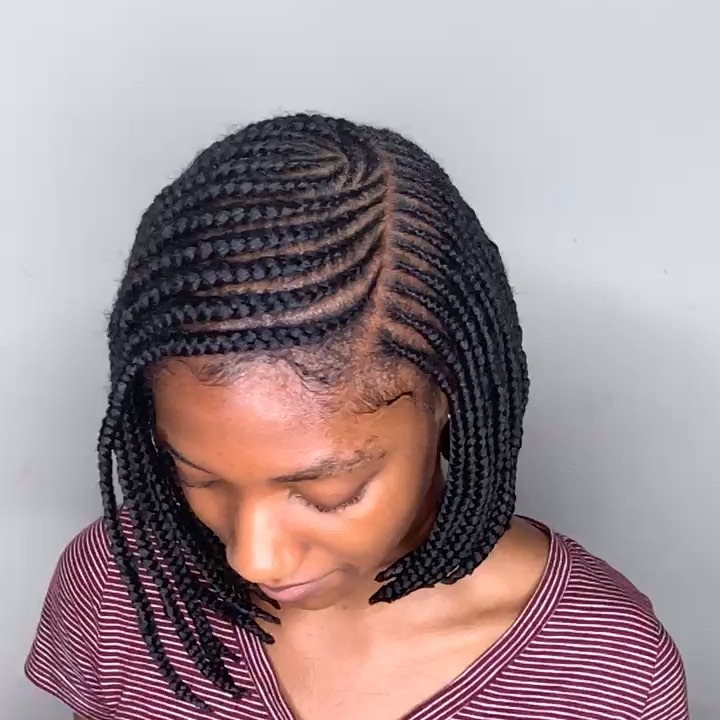
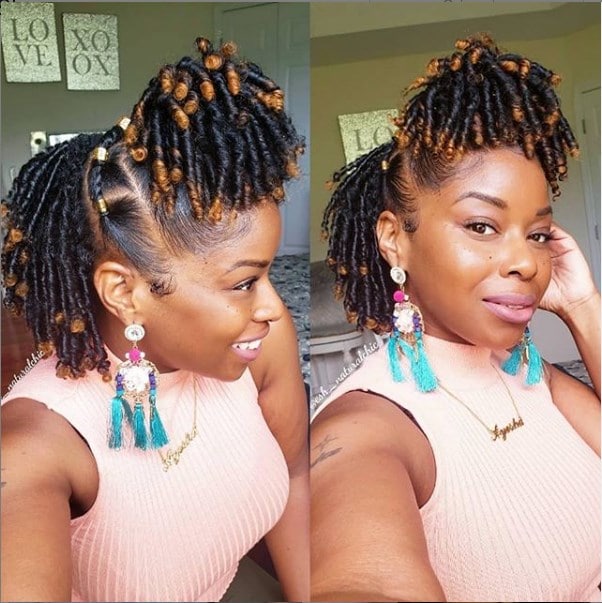
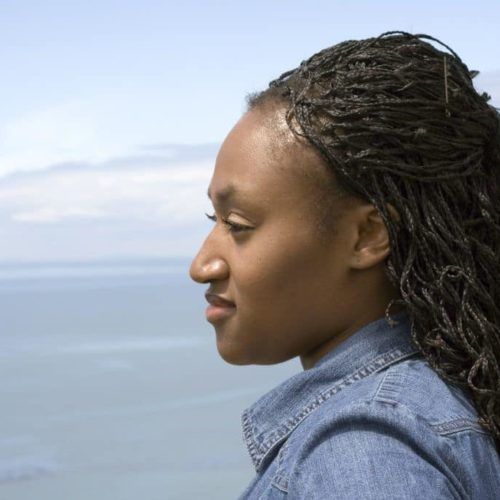
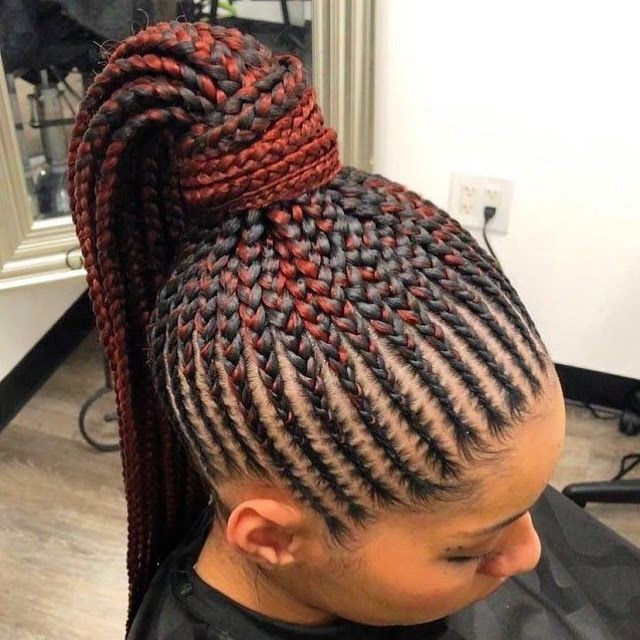
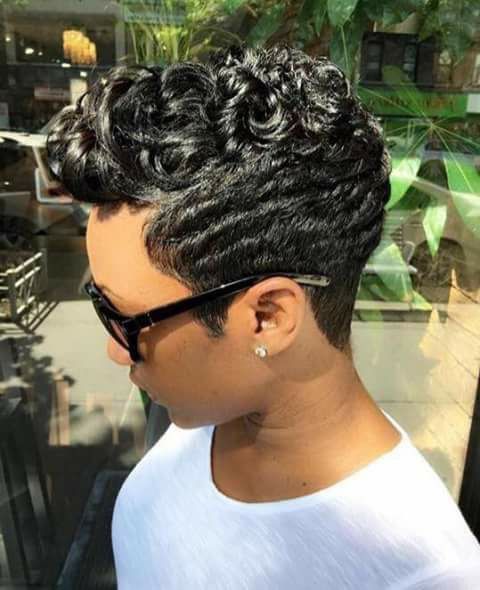
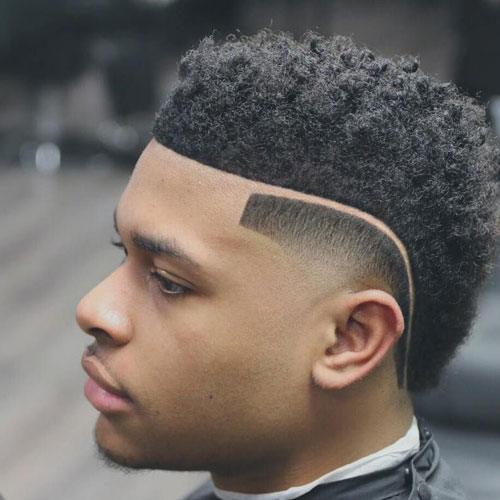
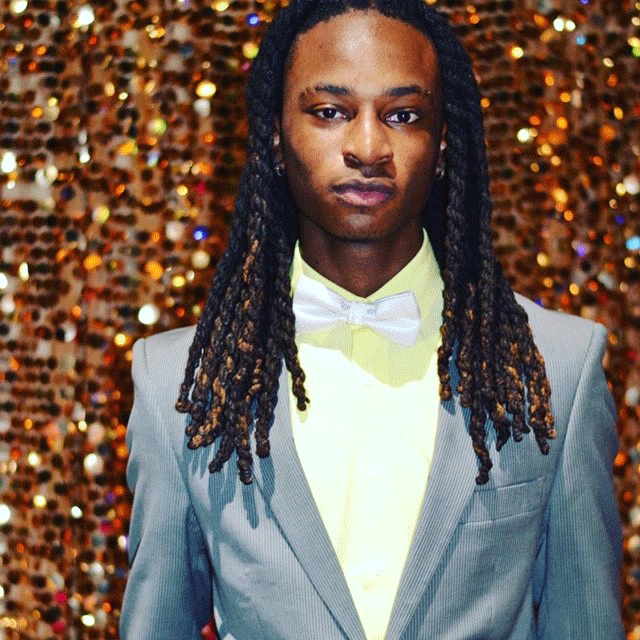
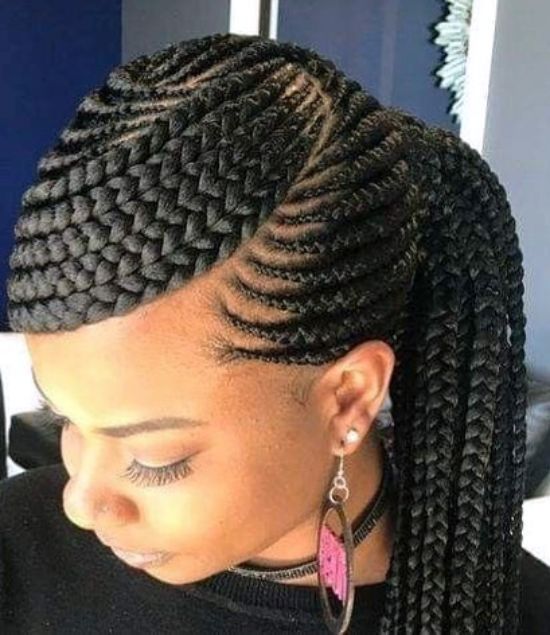
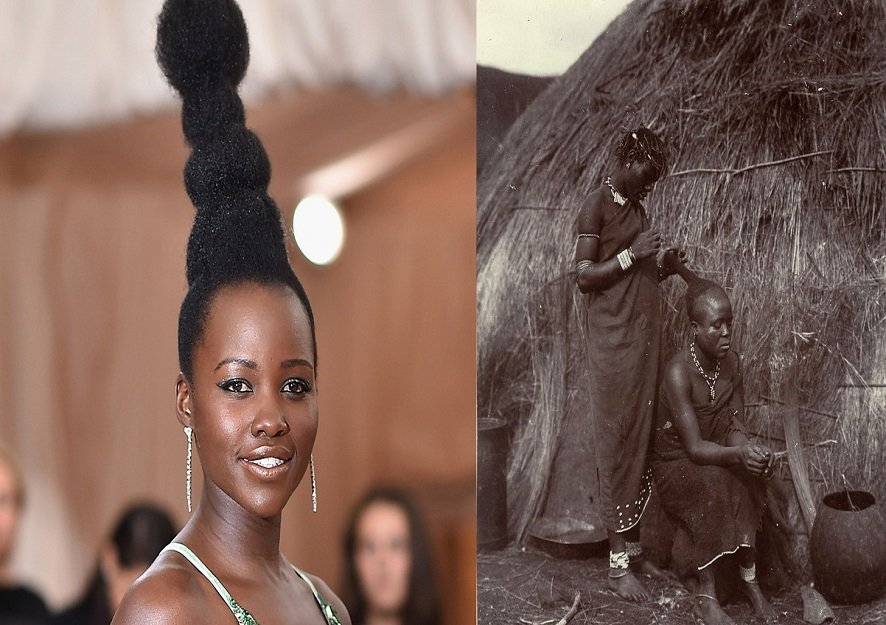
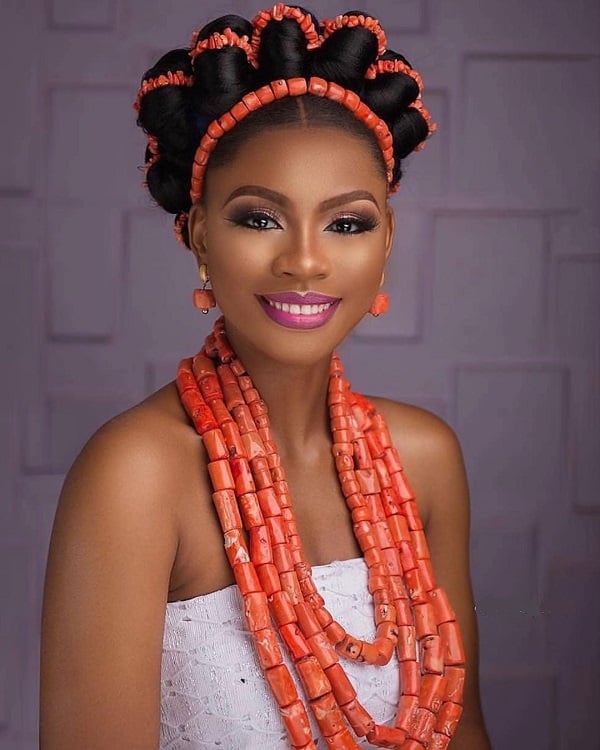
Cornrows are one of the most popular hairstyles for black women. They are a versatile style that can be incorporated into everyday life. The braids can be worn for short or long hair, and can also be used as a base for other braiding styles.
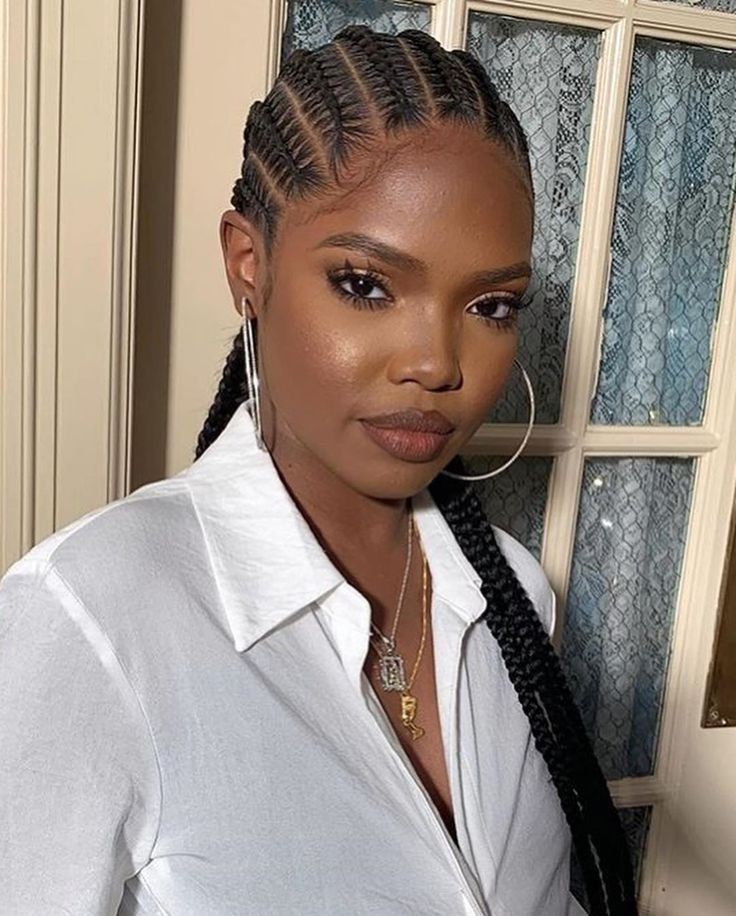
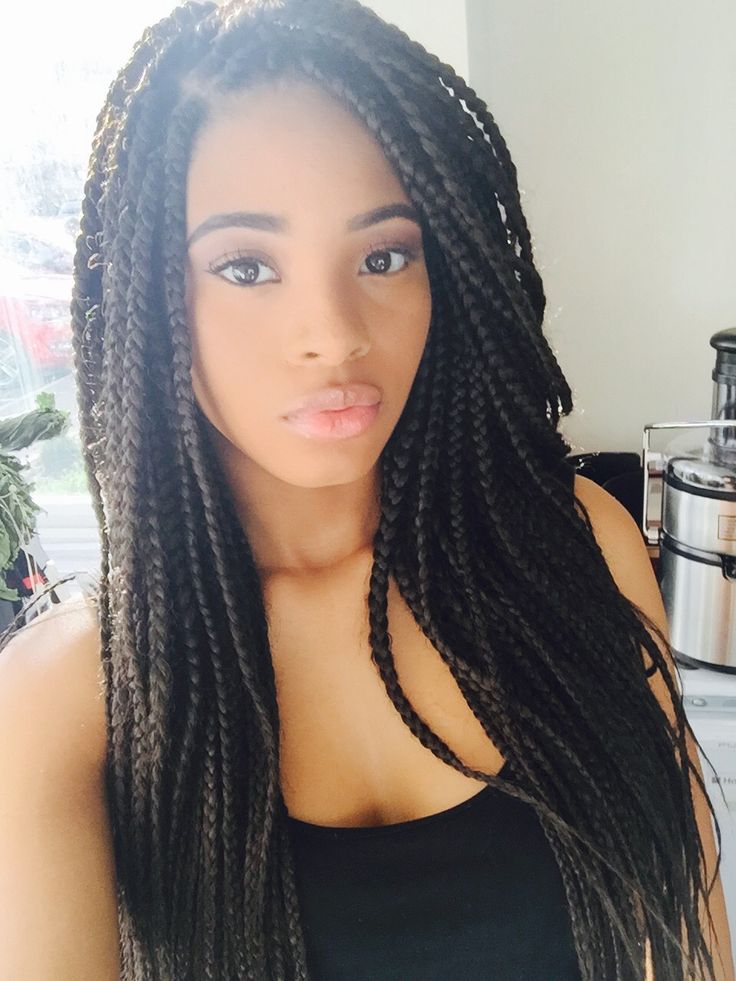
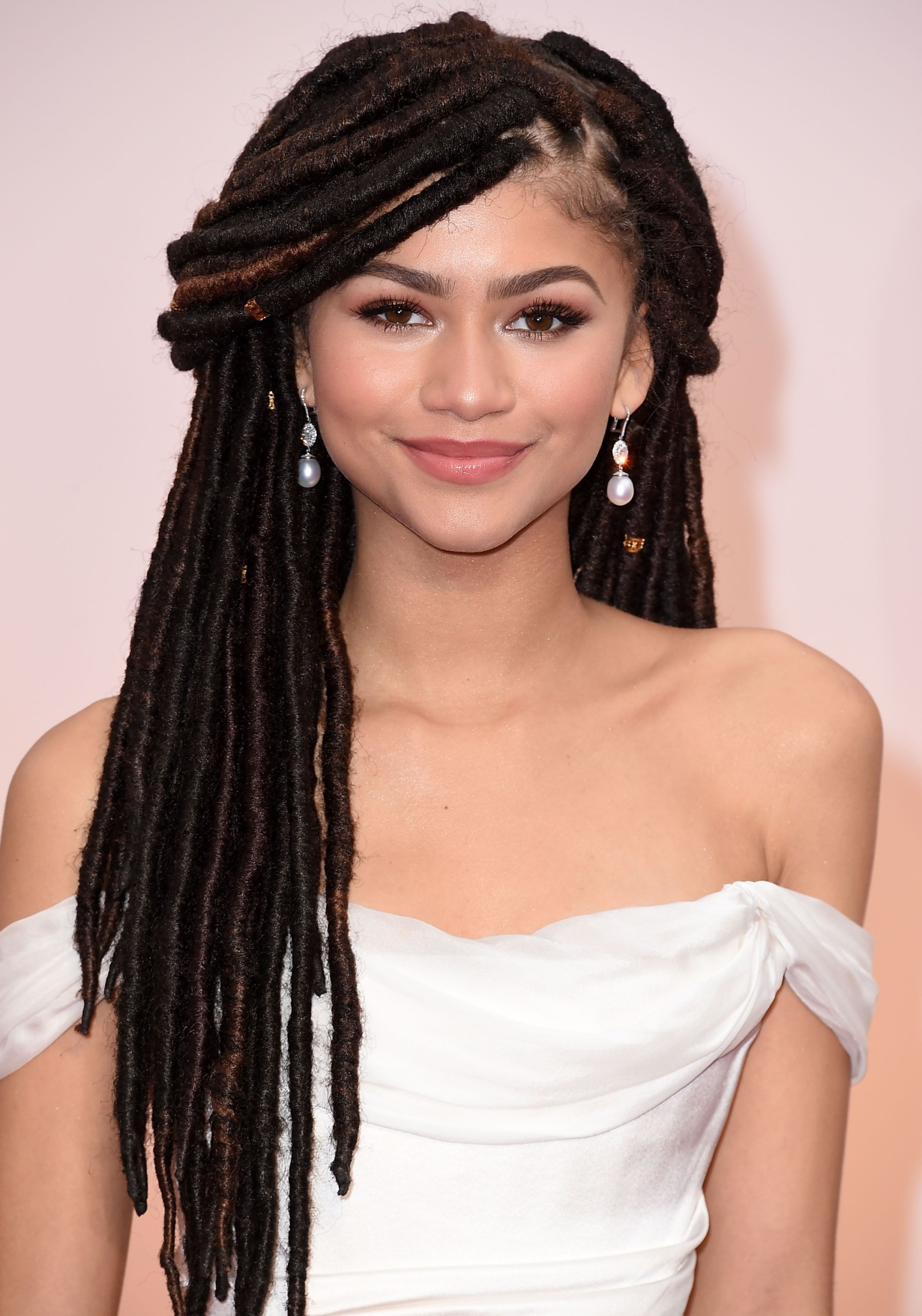
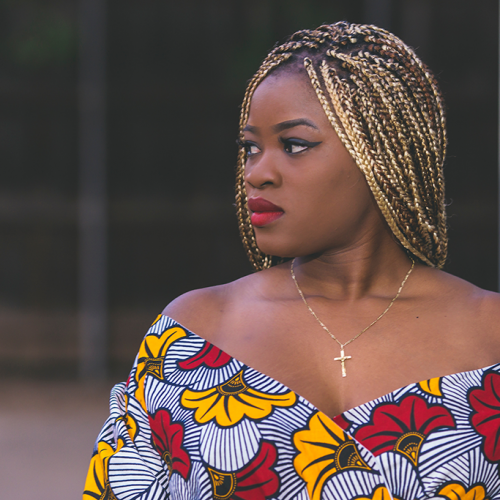
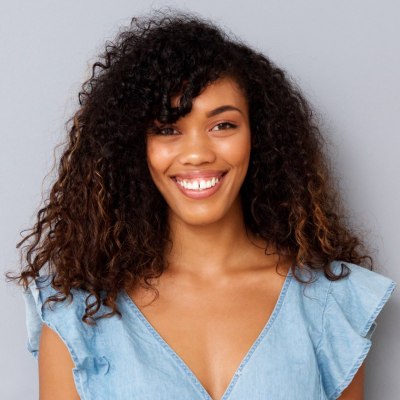
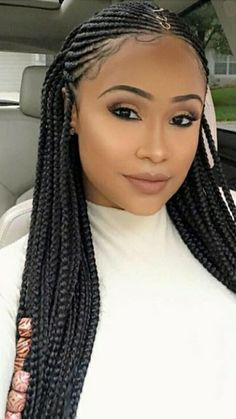
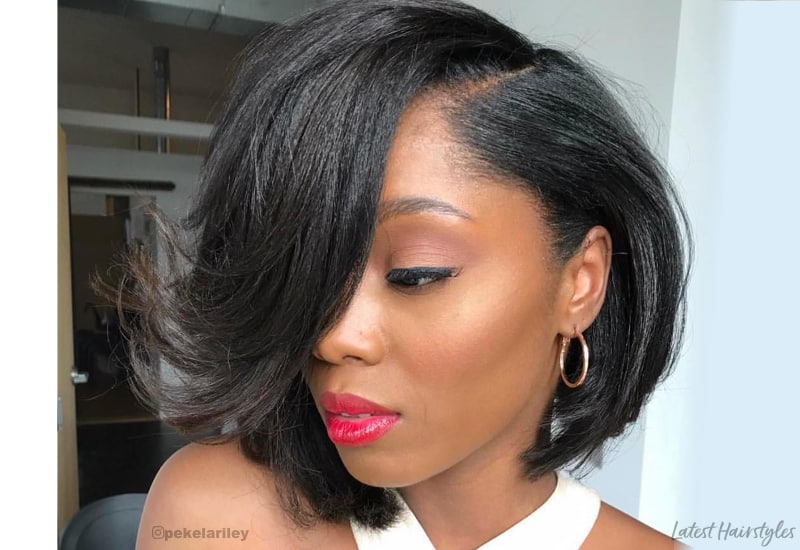
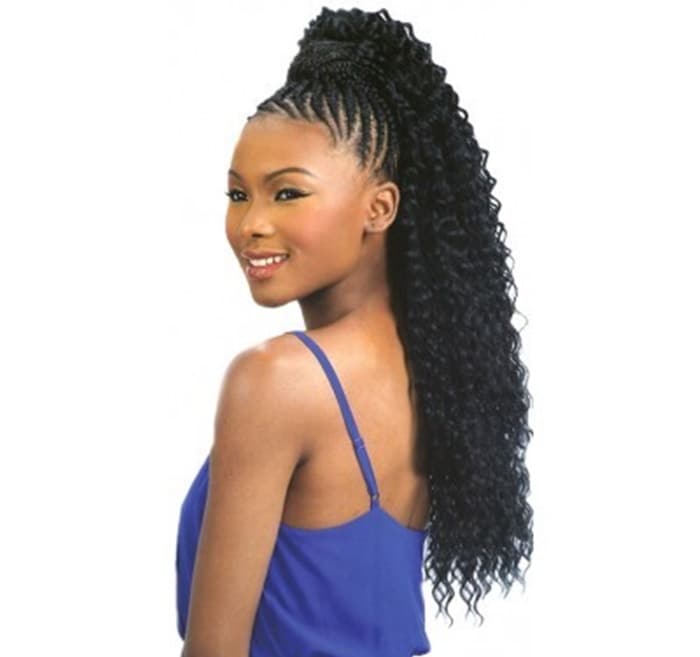
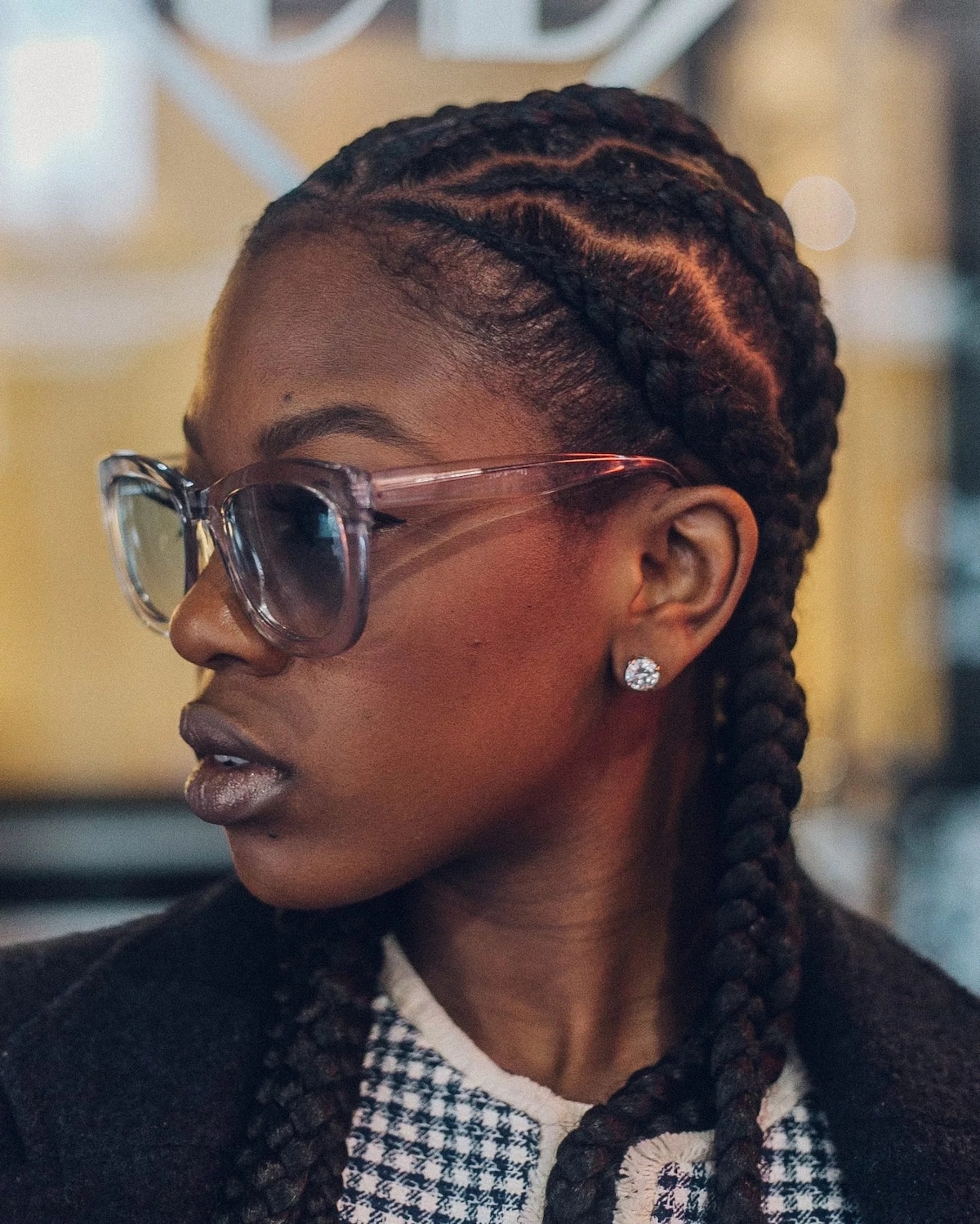
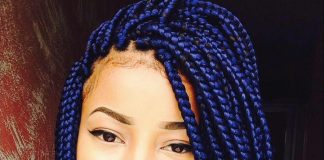
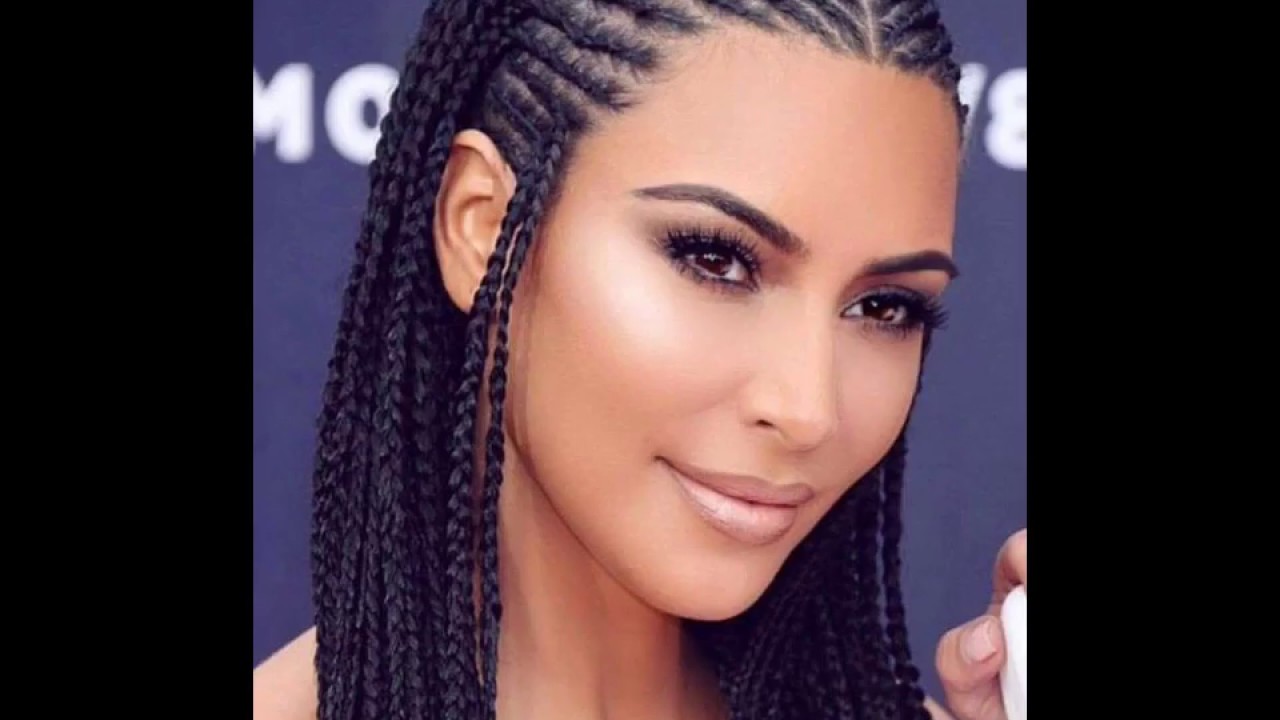
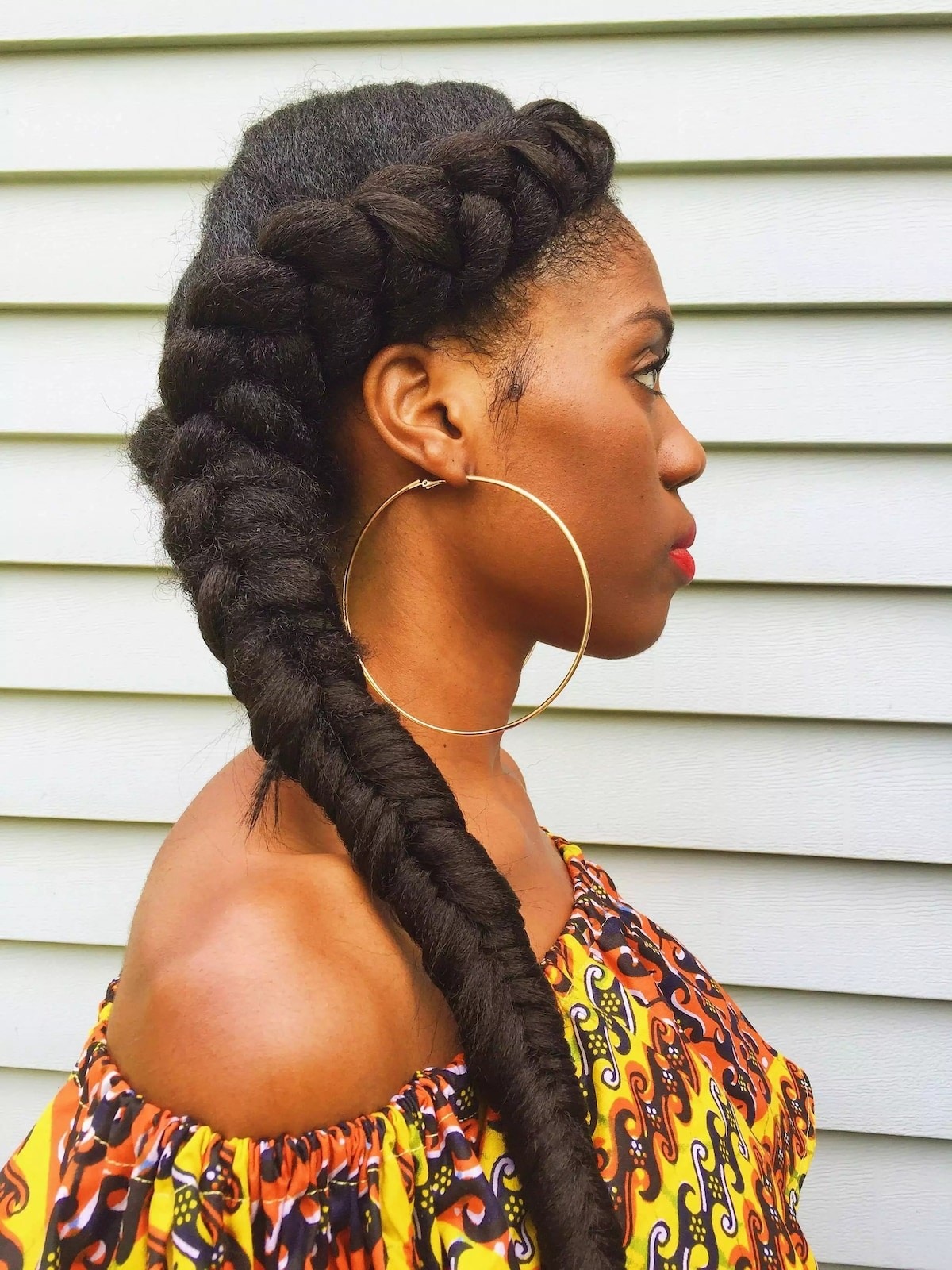
Yarn braids
Yarn braids can be a fun way to spice up any look. You can add different colors, and use different sizes and shapes for each braid. You can also use beads or other embellishments to dress your hair up. Yarn braids look great with both long and short hair.












Yarn braids are not only attractive, but they can also protect your hair. You can wear a yarn braid up to five weeks before you need to wash it again. Alternatively, you can wear Marley braids, which are made from twisted ropes. Depending on the length of your hair, you can make these braids as big or small as you’d like.
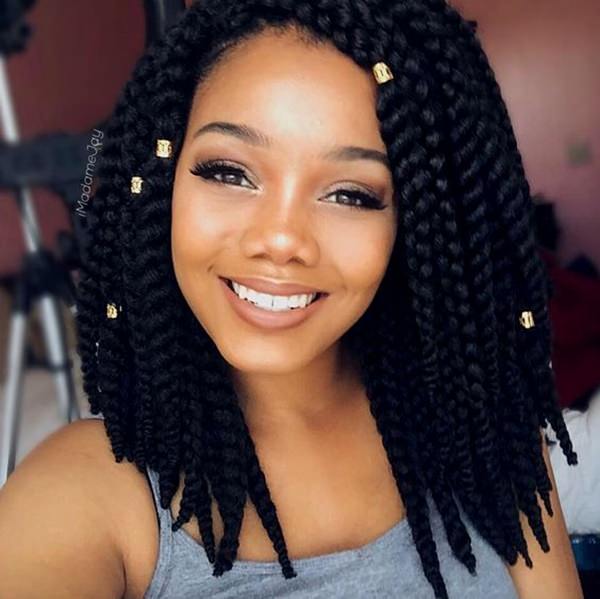
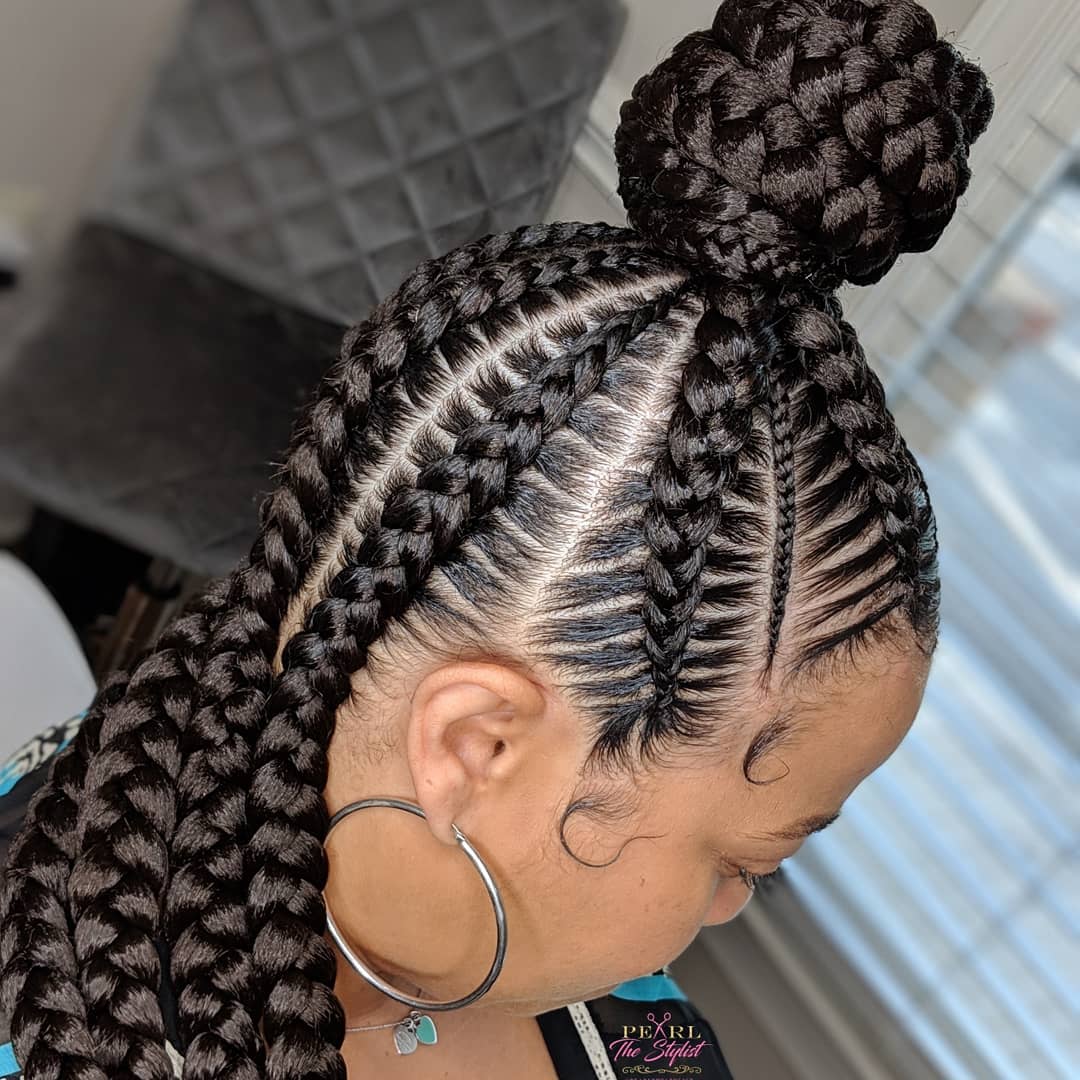
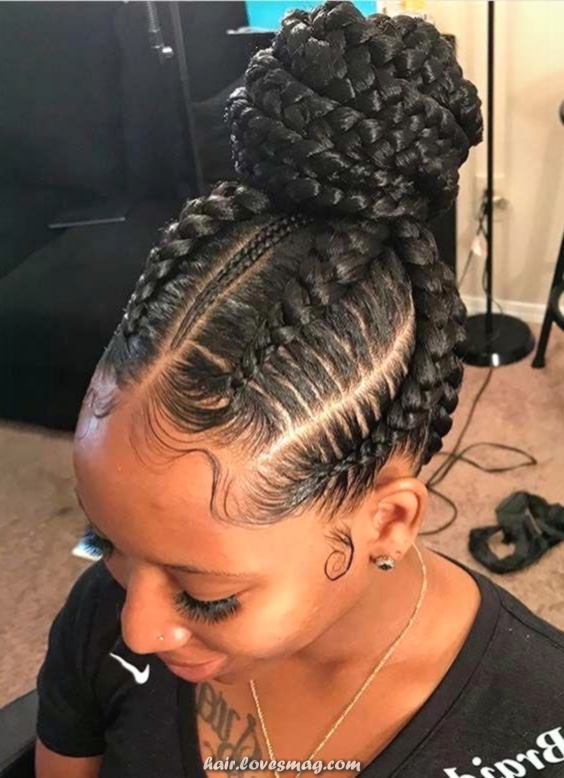
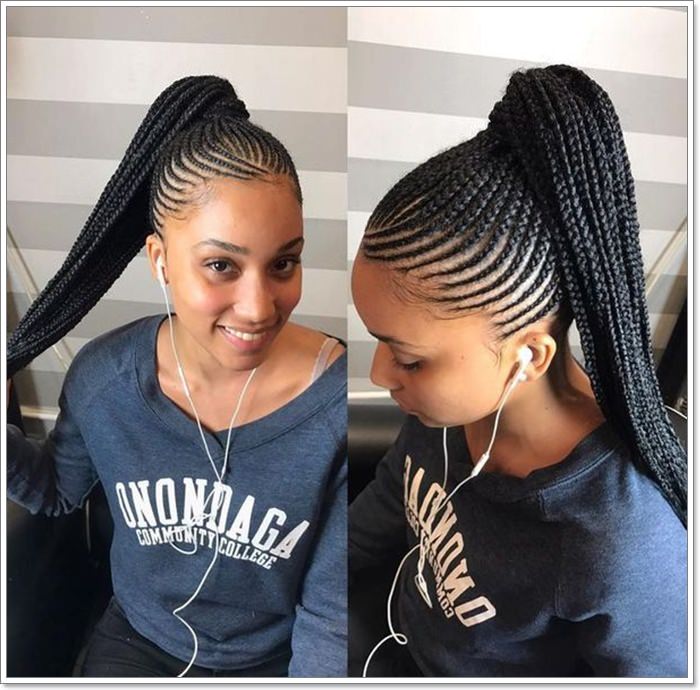
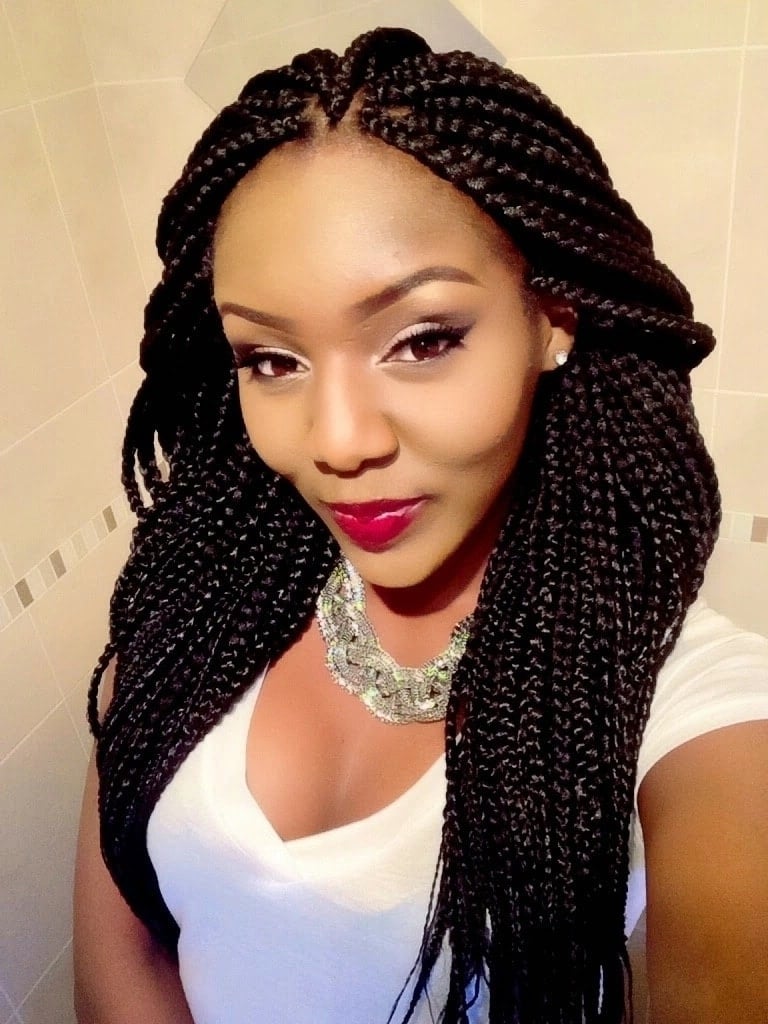
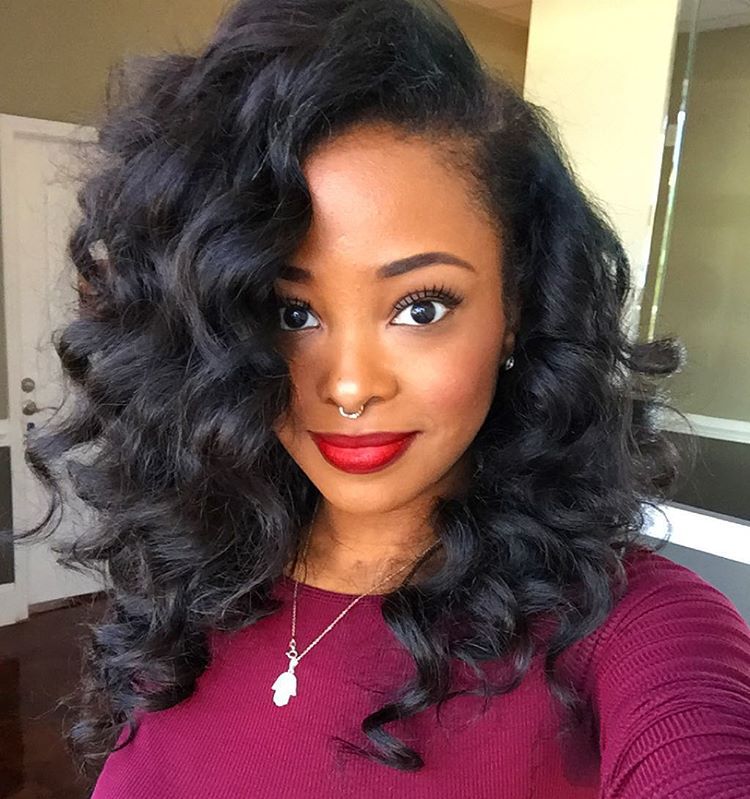
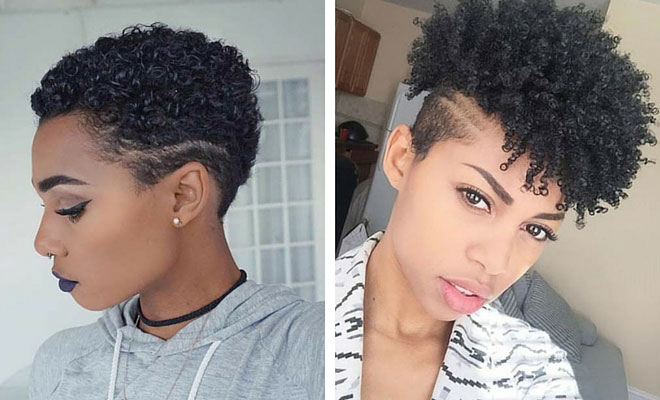
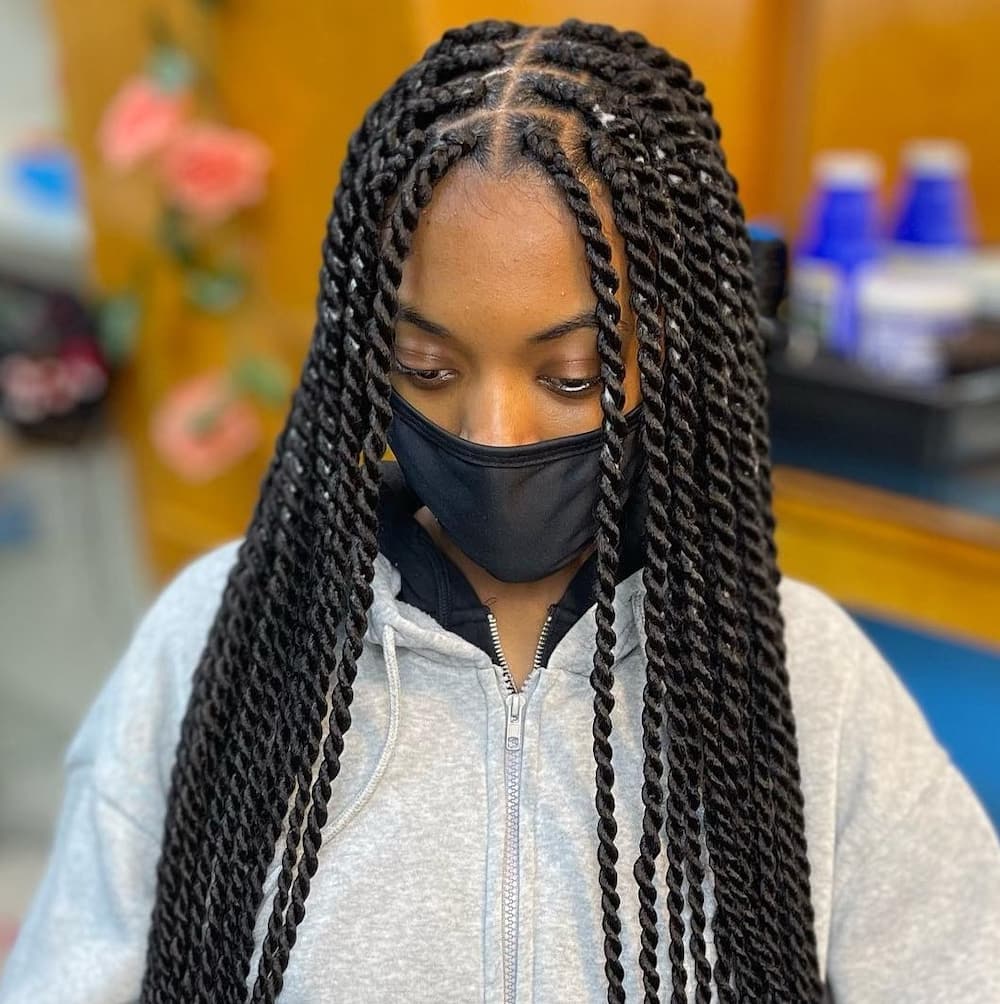
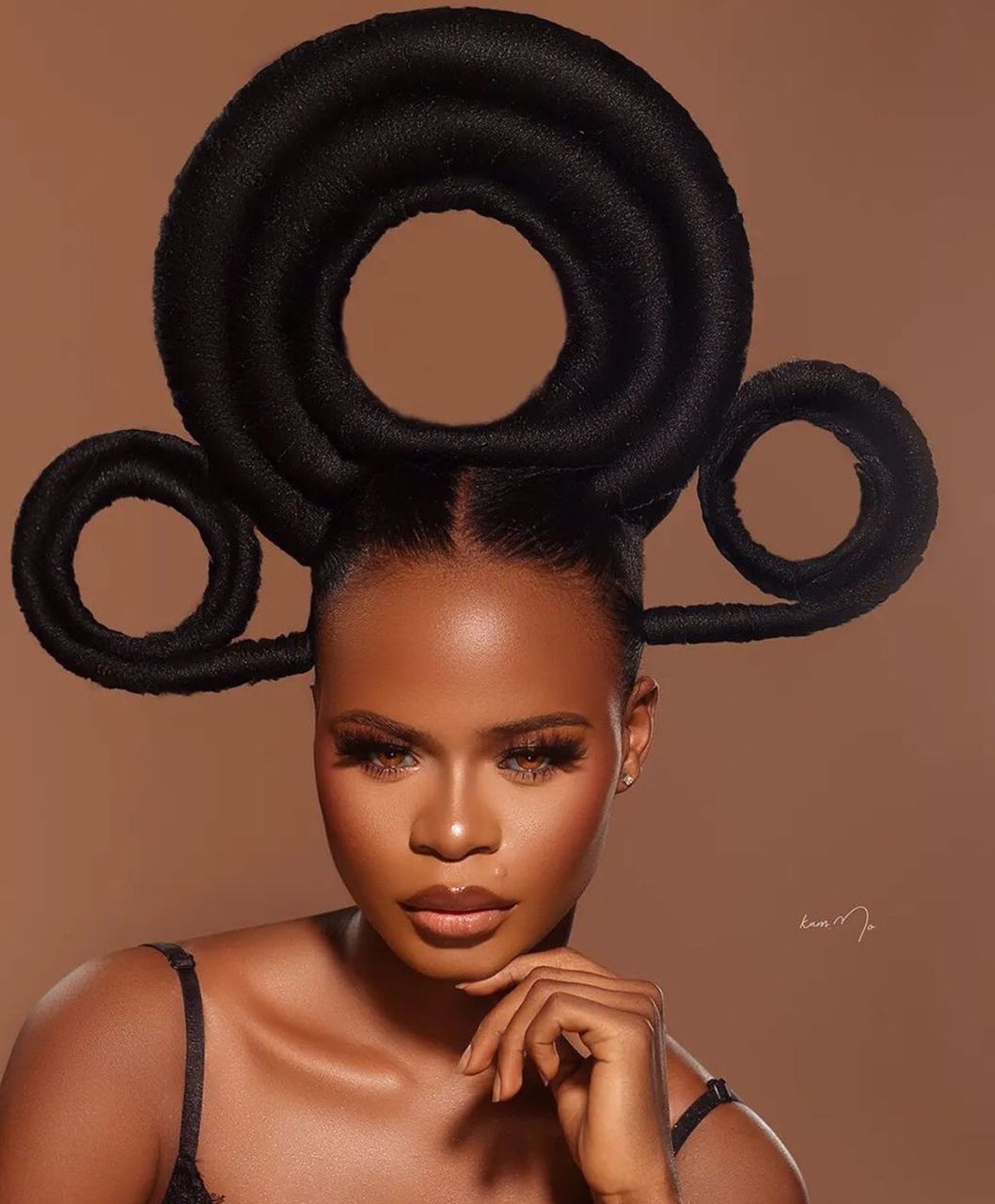
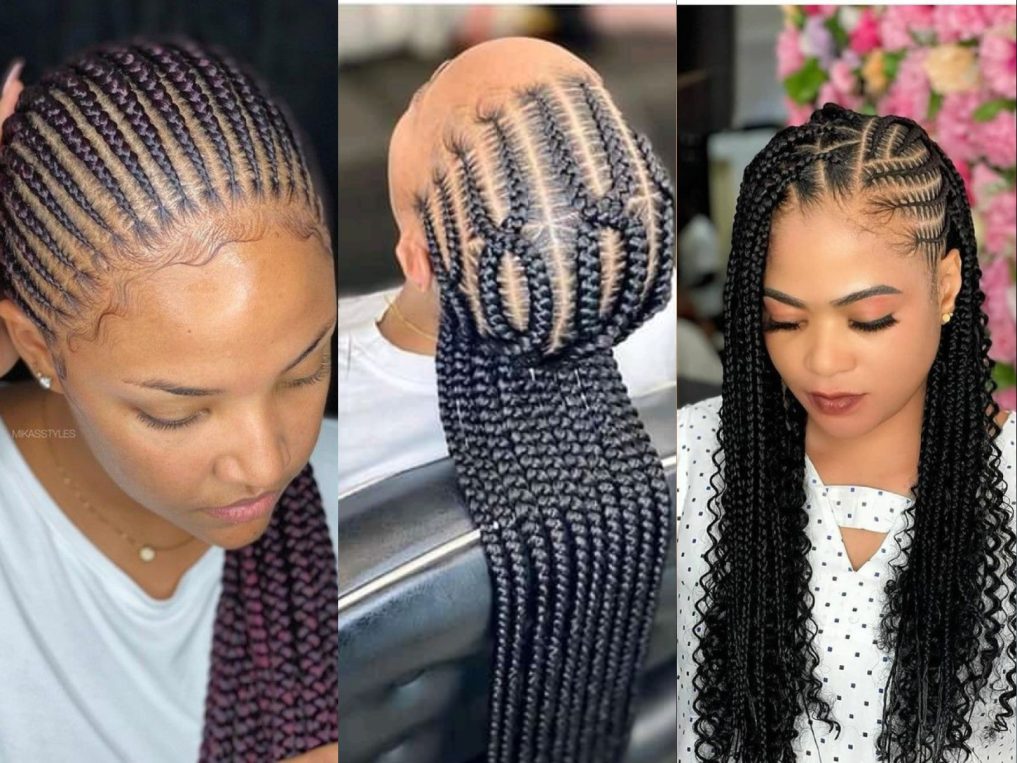
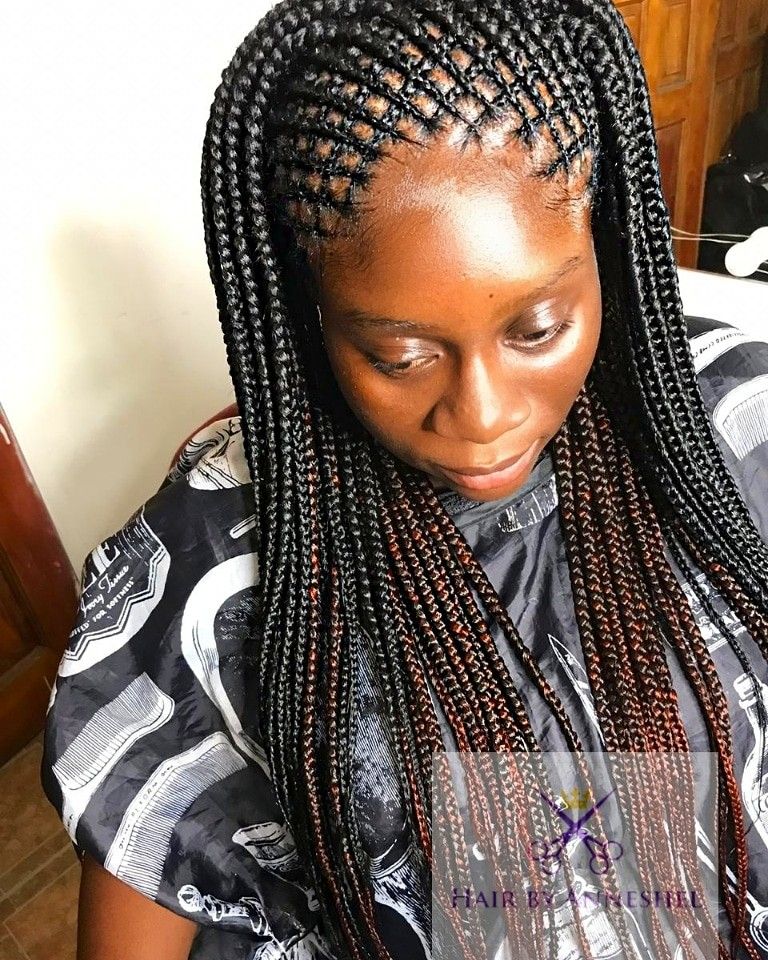
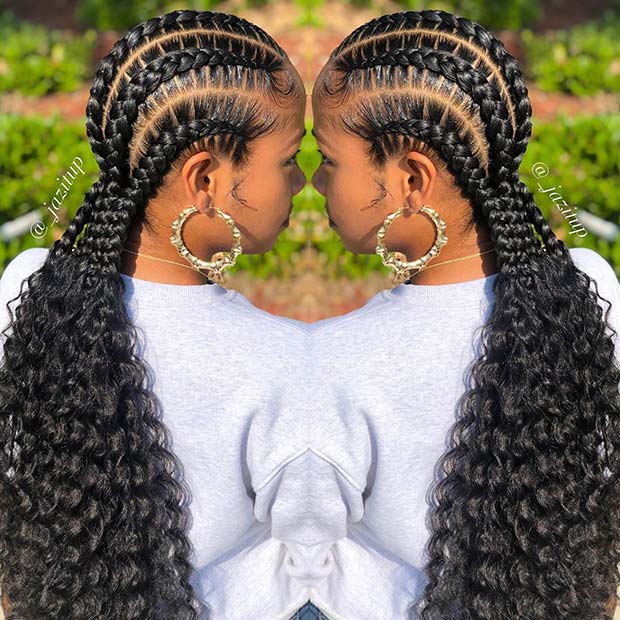
If you’re interested in trying this hairstyle, you’ll need a few basic braiding skills. The longer your hair, the longer it will take to braid. Generally, yarn braids work best with textured hair, but non-textured hair can also be braided. It’s also important to choose a yarn color that matches your hair. Some people prefer a matching color, but you can also use another shade and still look great.
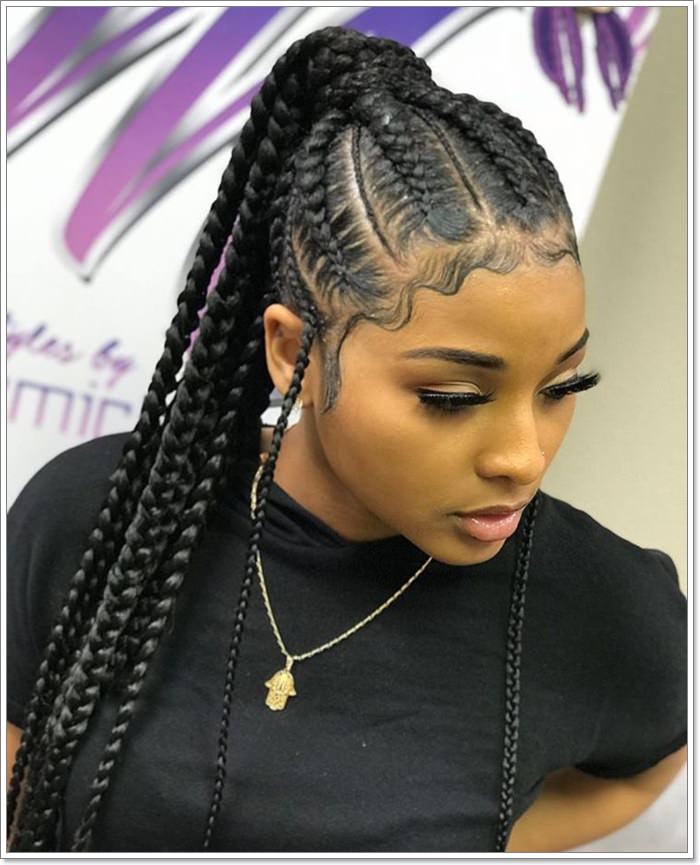
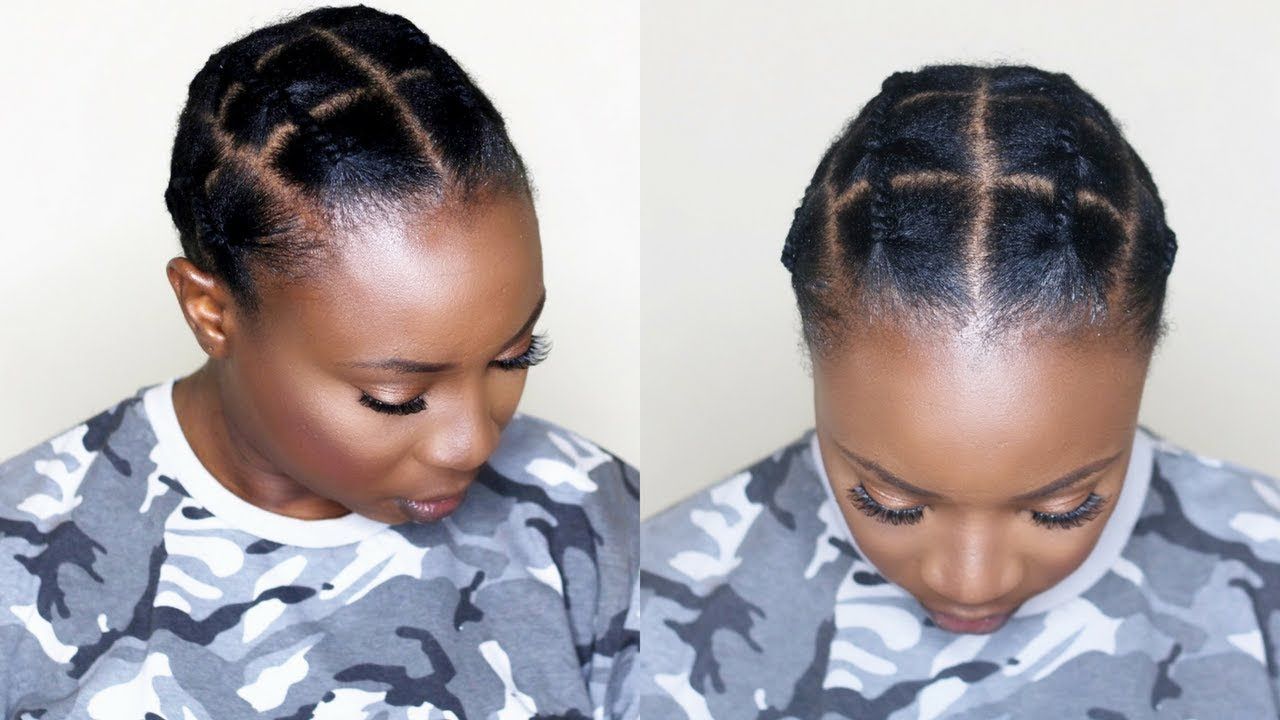
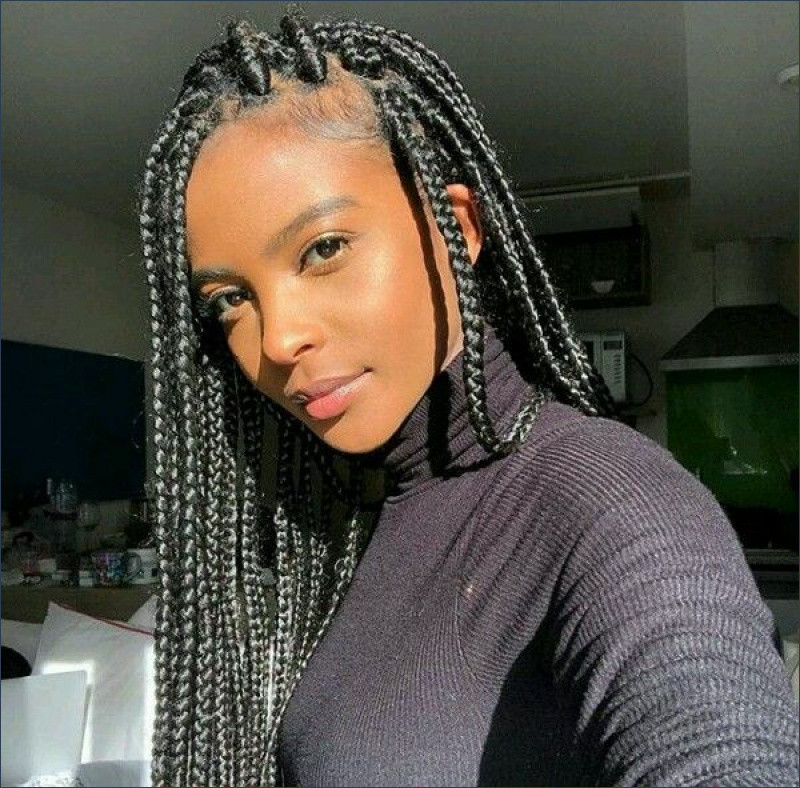
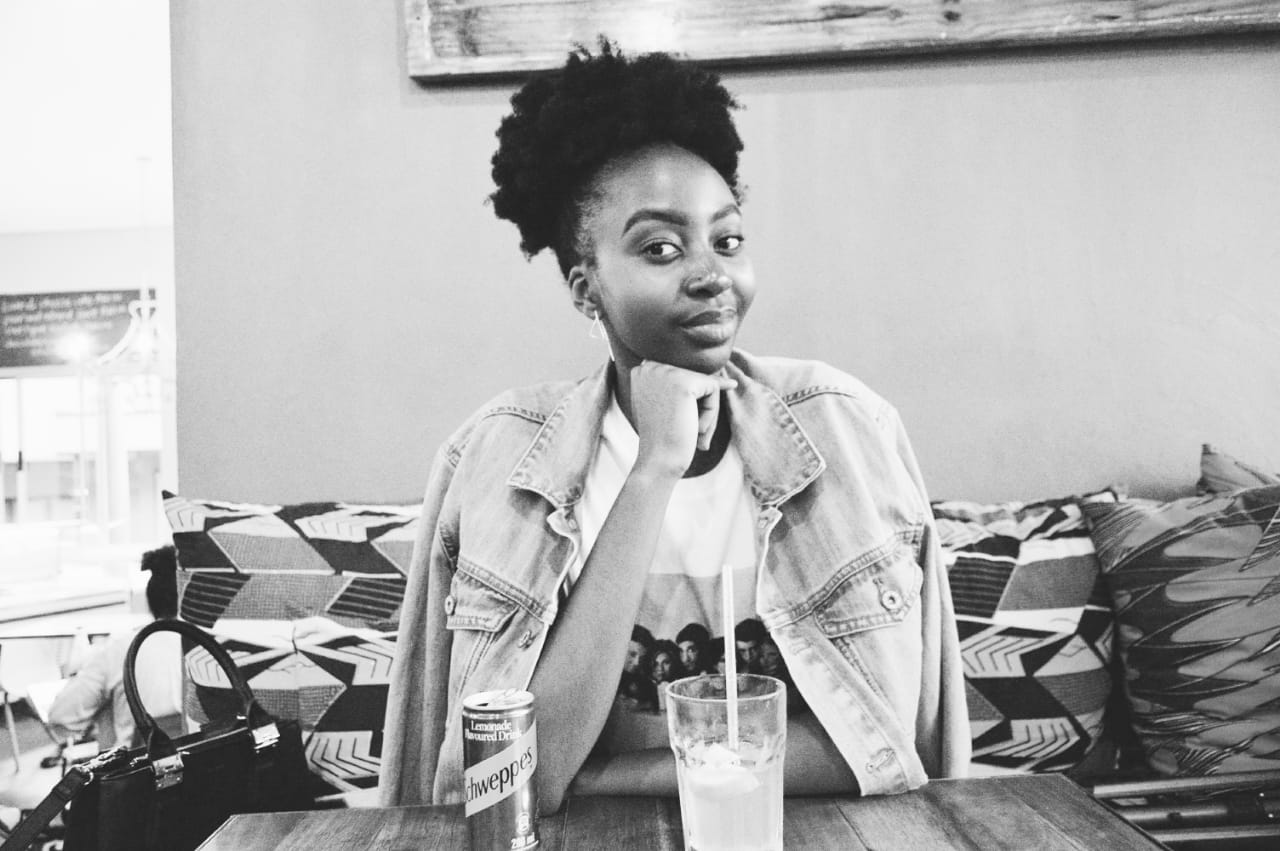
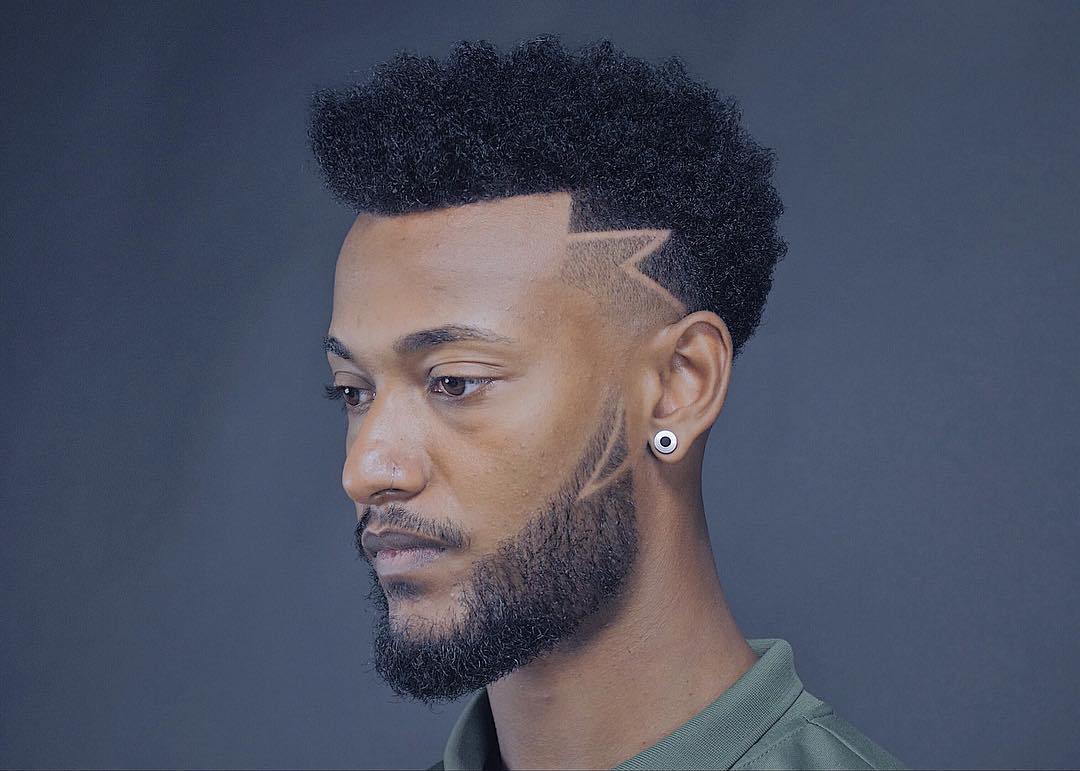
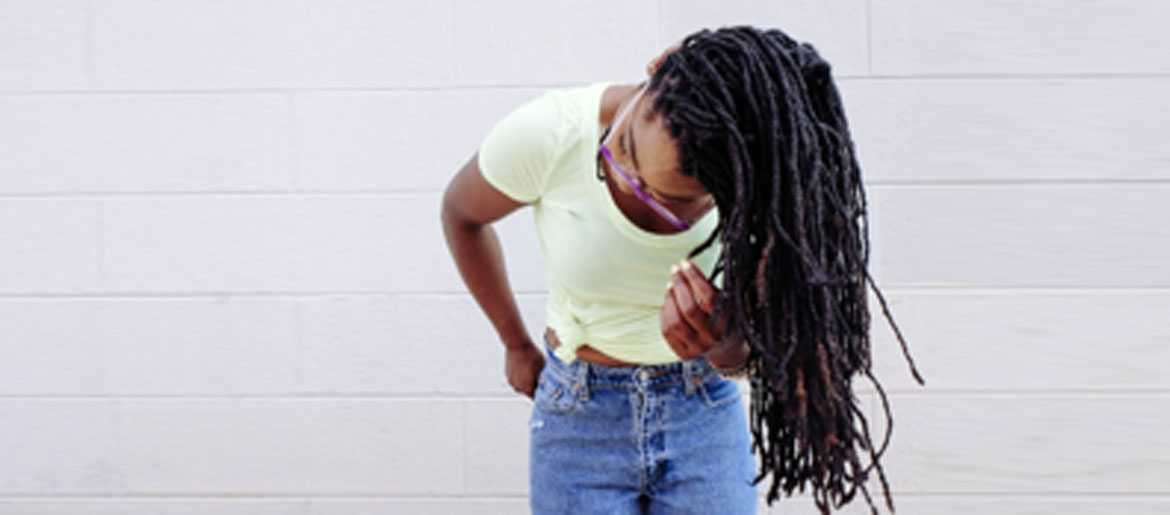
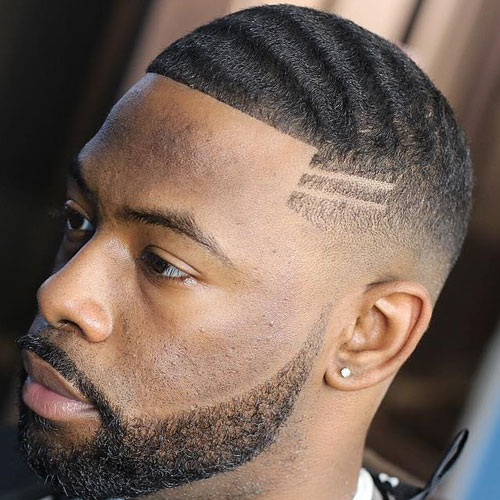
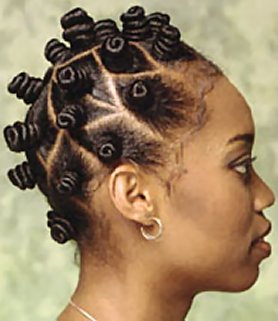
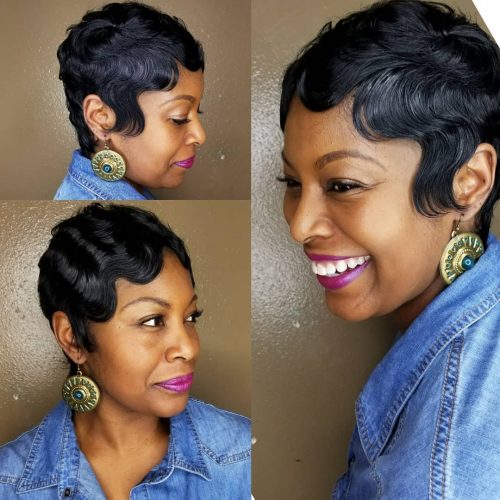
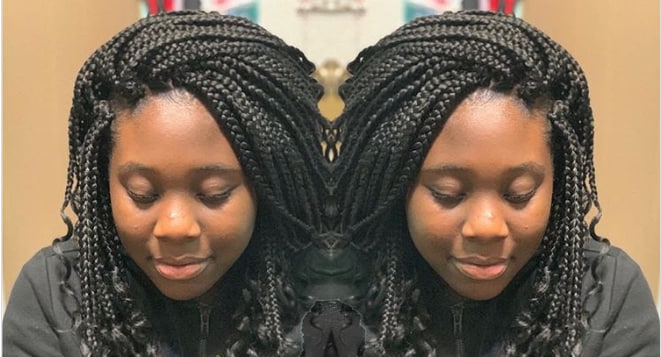
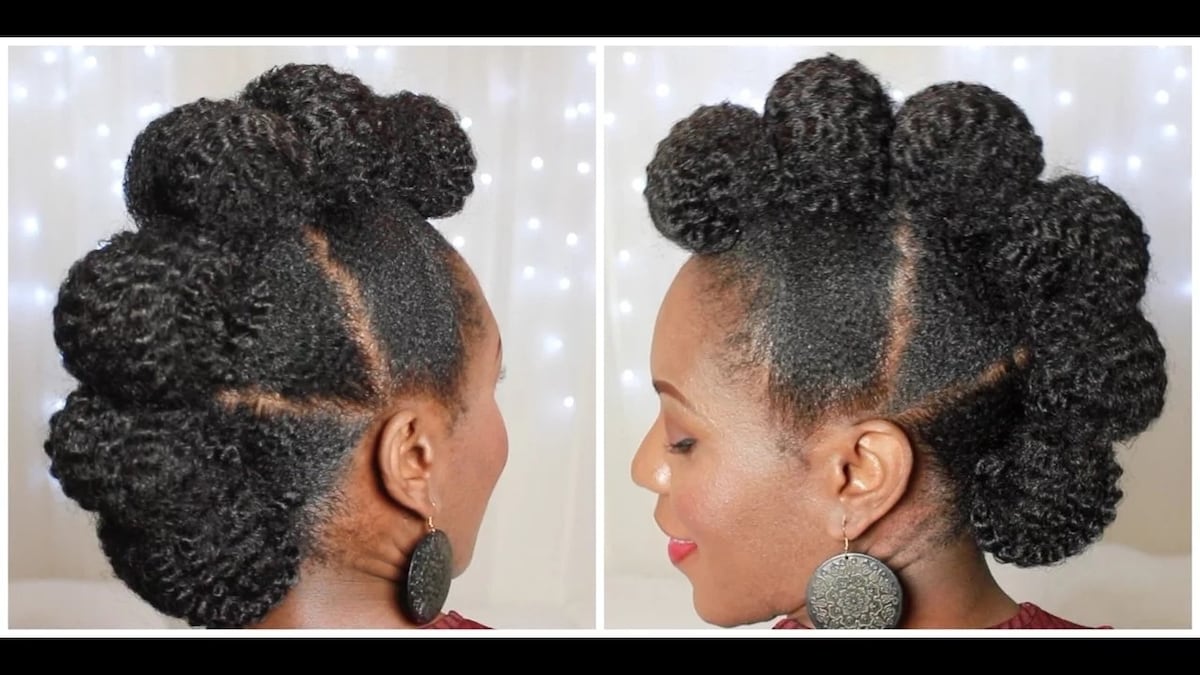
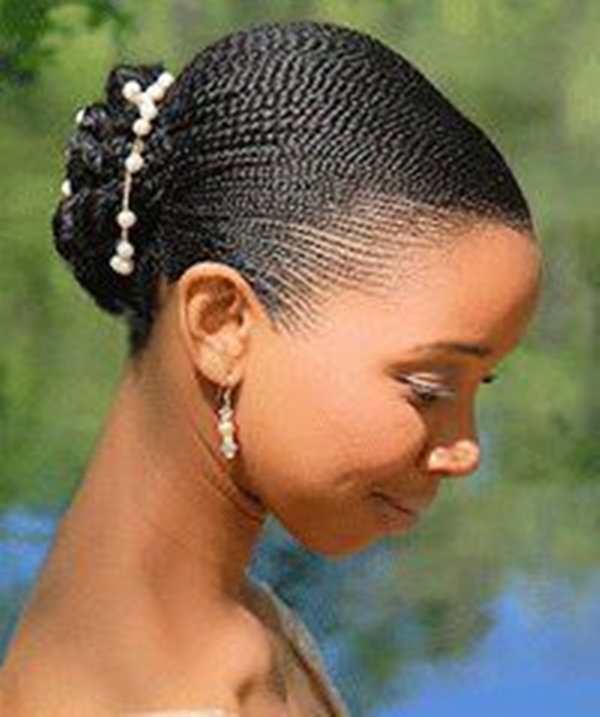
Yarn braids are a fun way to add length and style to your hair. This braid is versatile and can add a colorful touch to any look. They can be worn every day or for special occasions. With proper care, yarn braids can last up to five weeks.
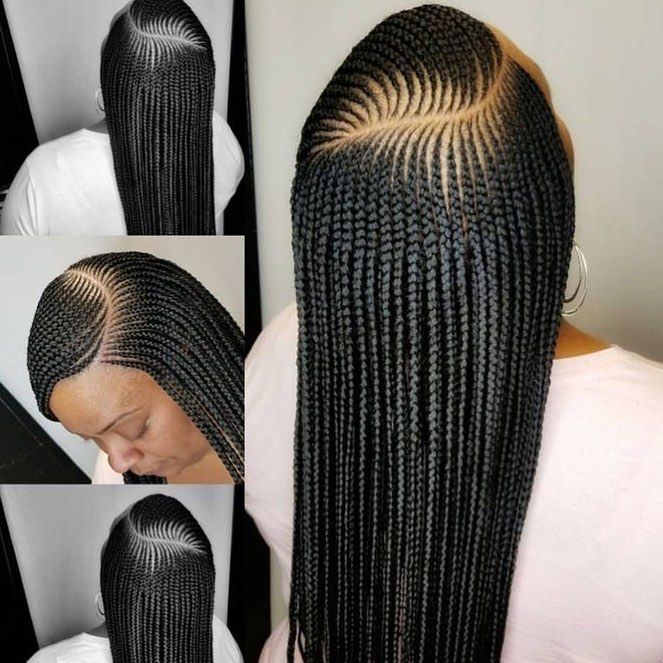
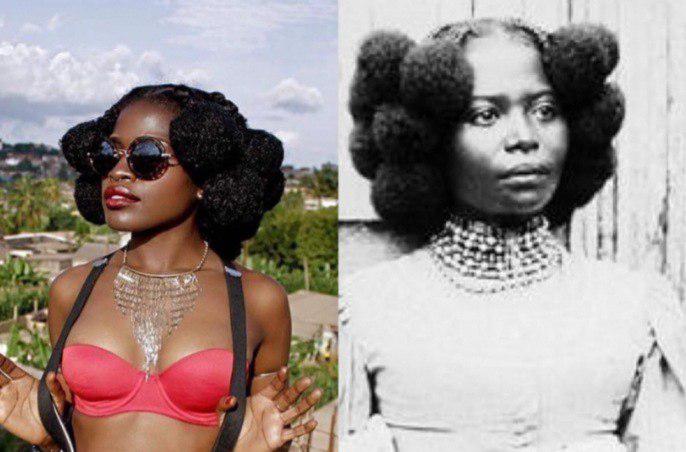
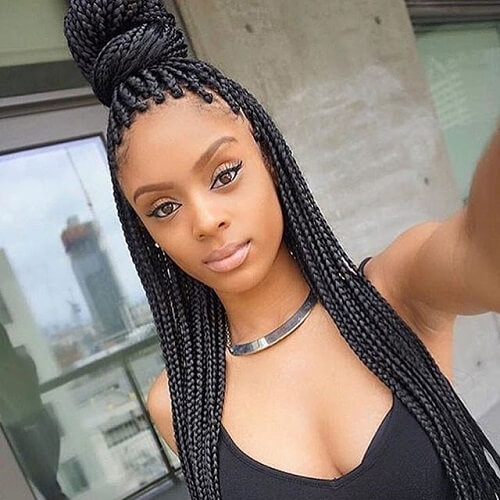
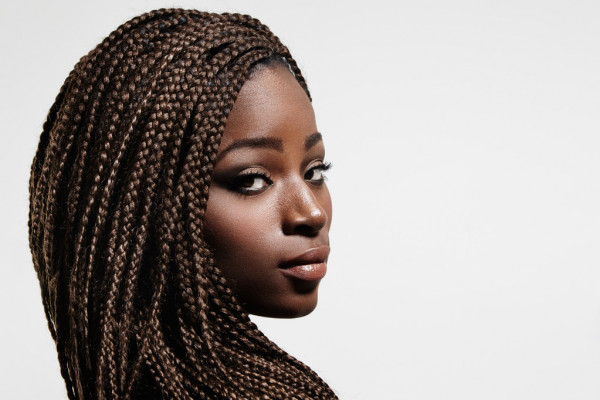
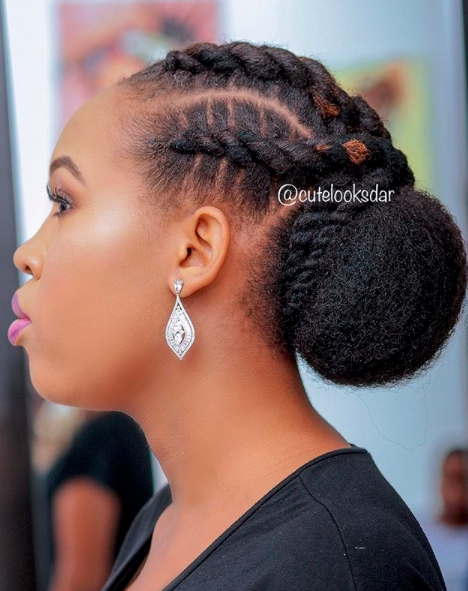
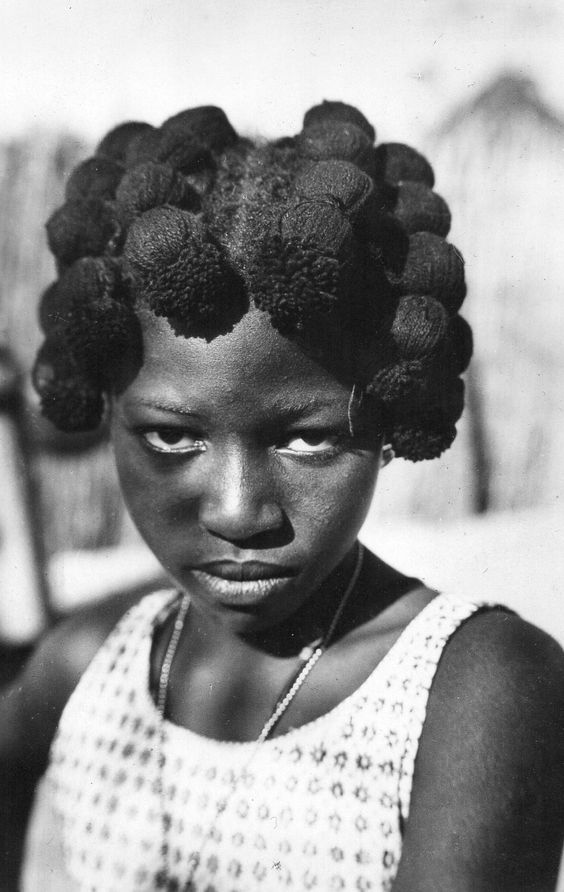
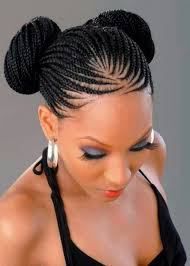
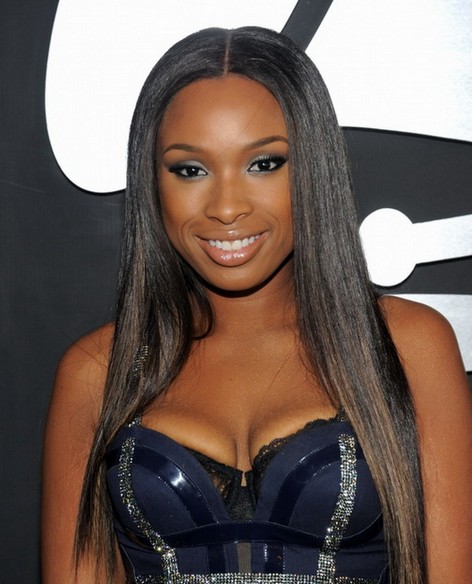
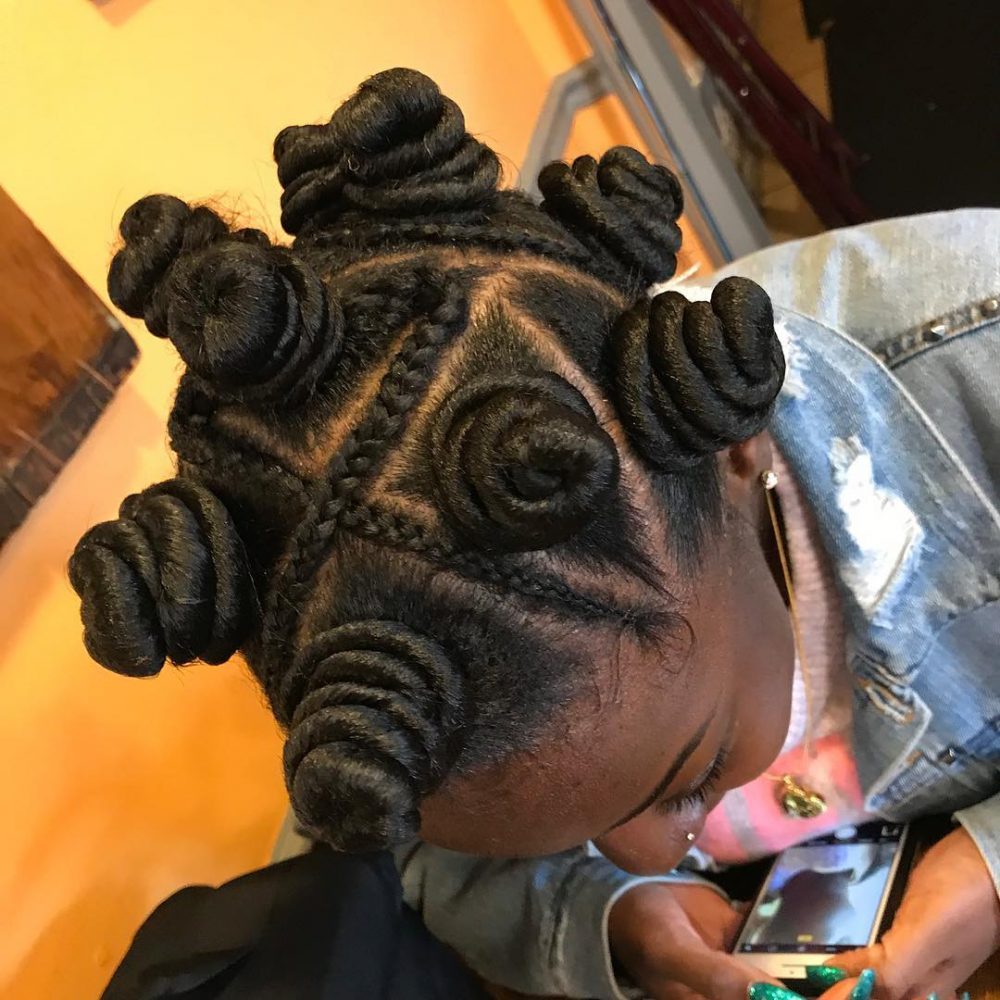
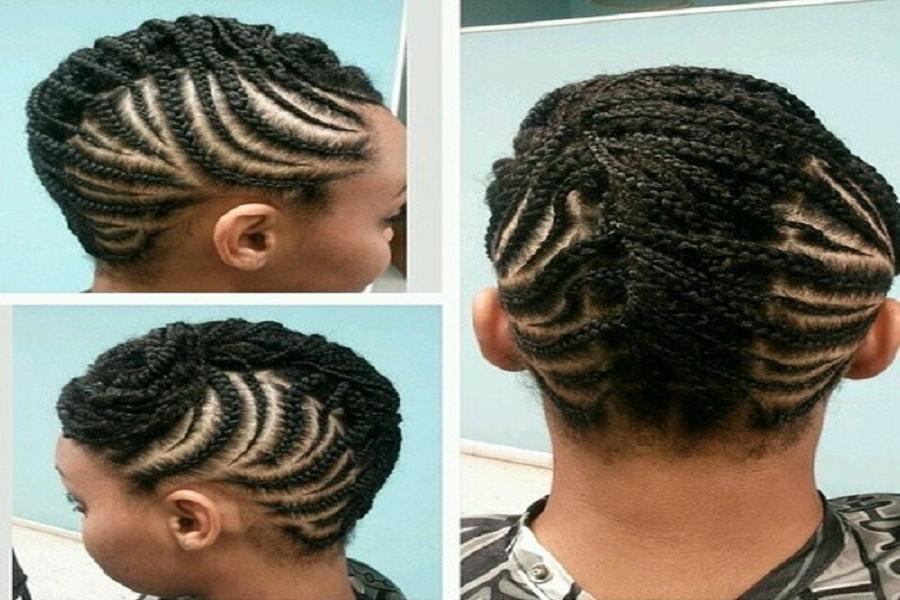
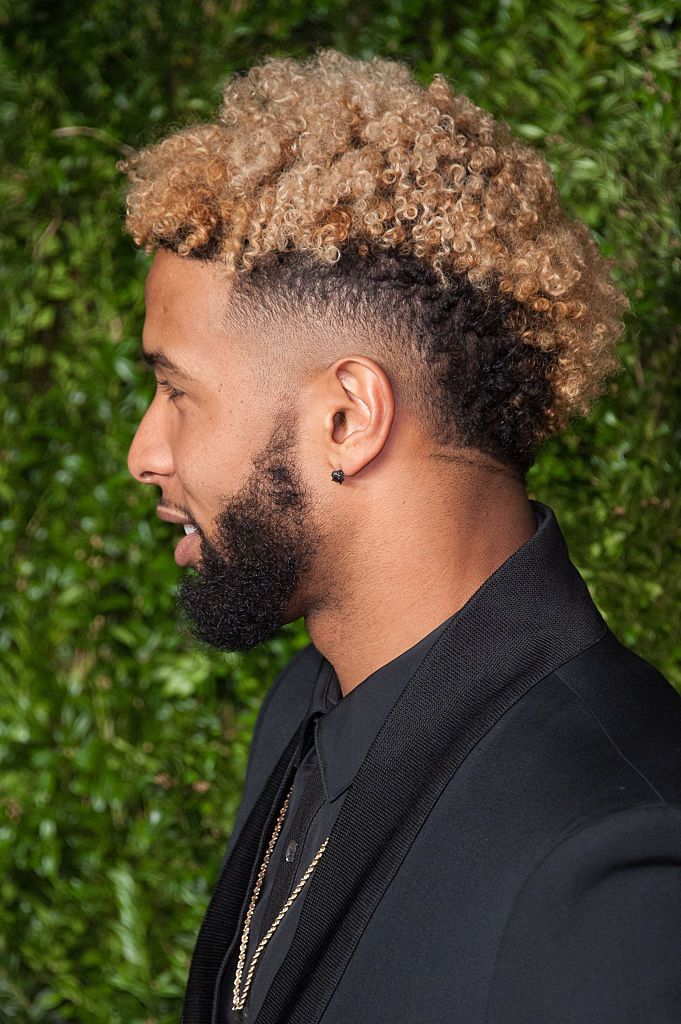
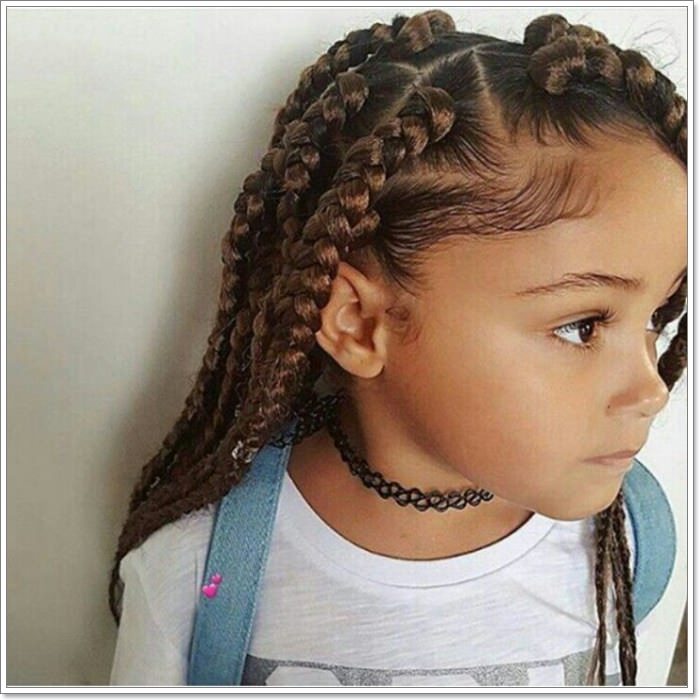
Threading
Threading is a traditional hairstyle that originated in Africa. It involves wrapping small sections of hair with yarn, wool, or extra strong cotton thread to create geometric shapes. This method can create long, soft, and beautiful hair. However, it can damage the hair if done regularly. Luckily, there are some simple steps you can follow to make your hairstyle look just as good as the people who wear it.
Before you start threading African hairstyles, make sure you’ve been properly prepared. A satin pillowcase or bonnet will protect your natural tresses and the thread. This material is gentler than other materials and will help keep the hairstyle looking as gorgeous as you planned. It is also important to use products made for hair care to prevent it from being damaged after threading.
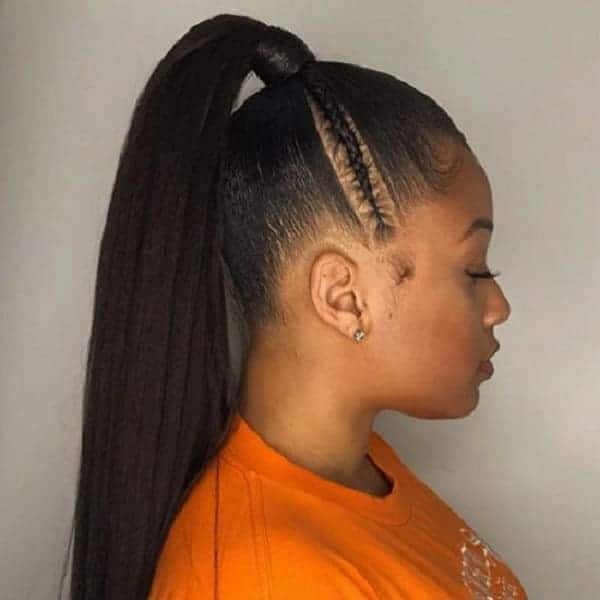
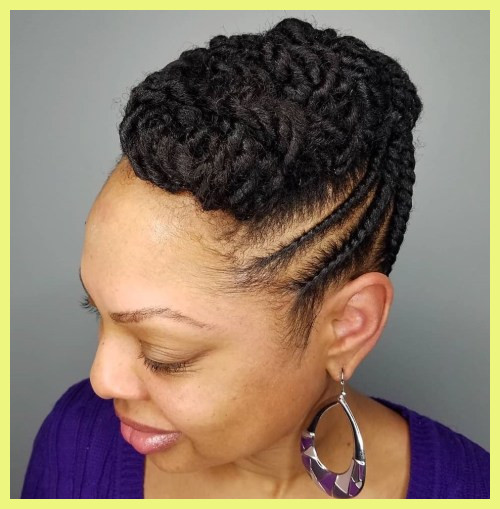
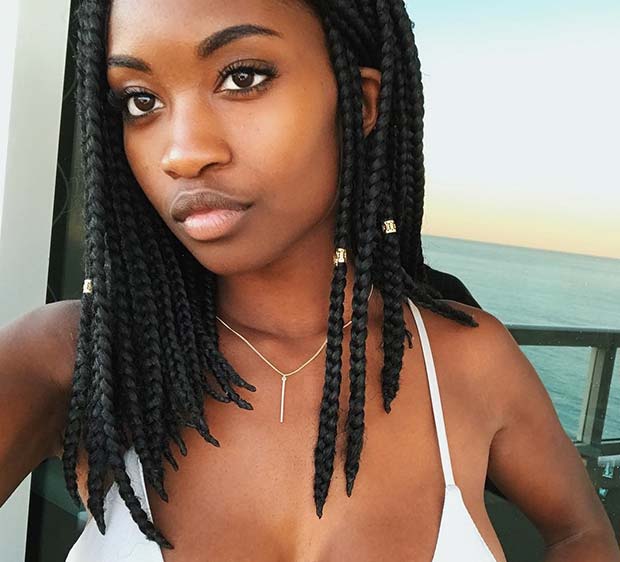
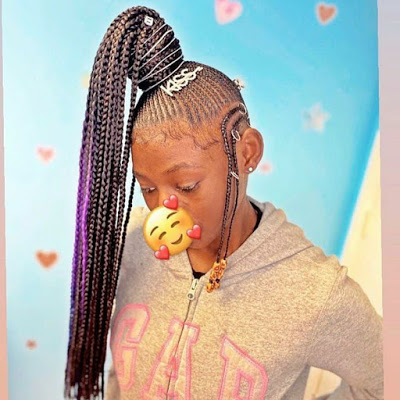
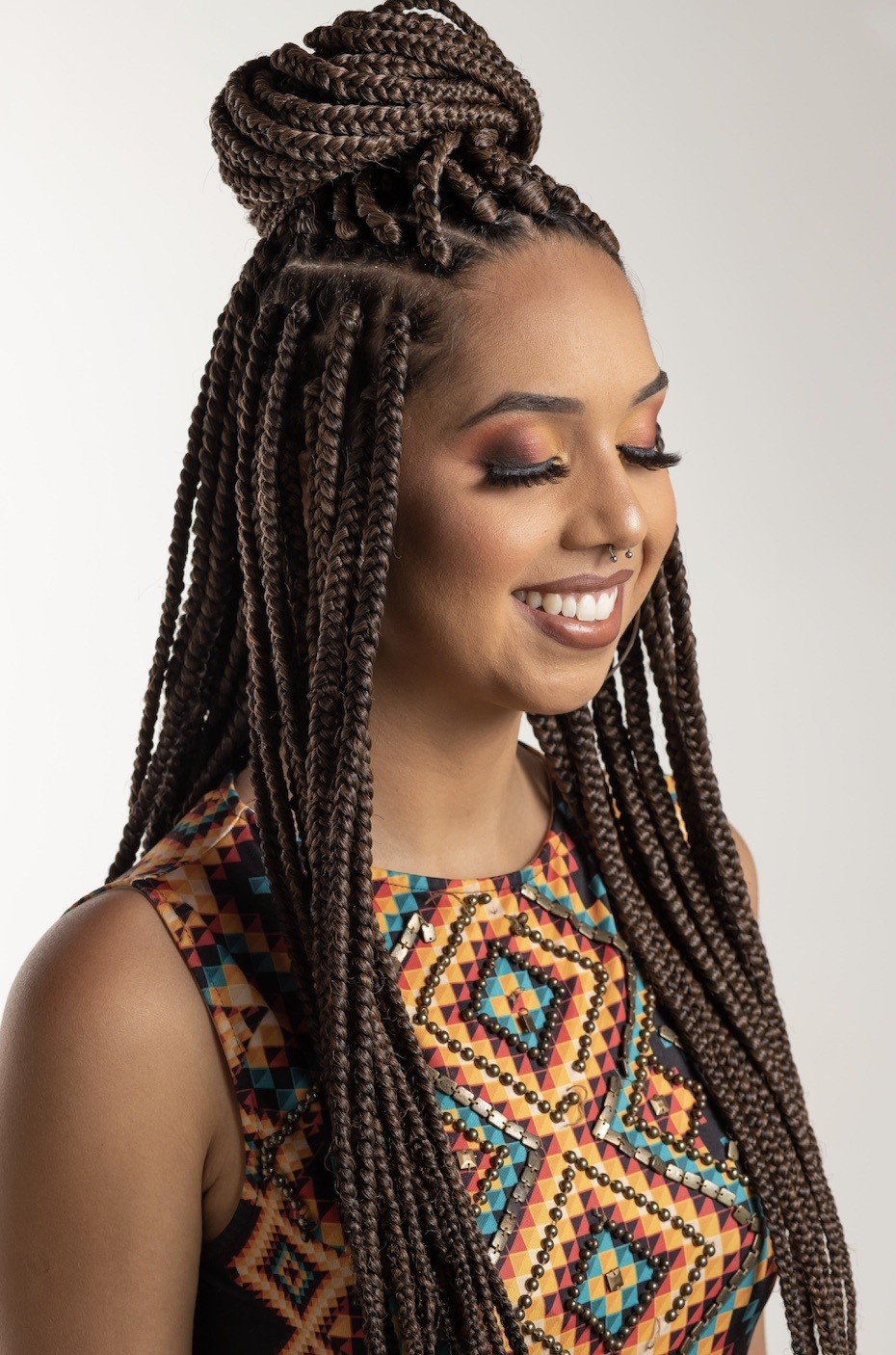
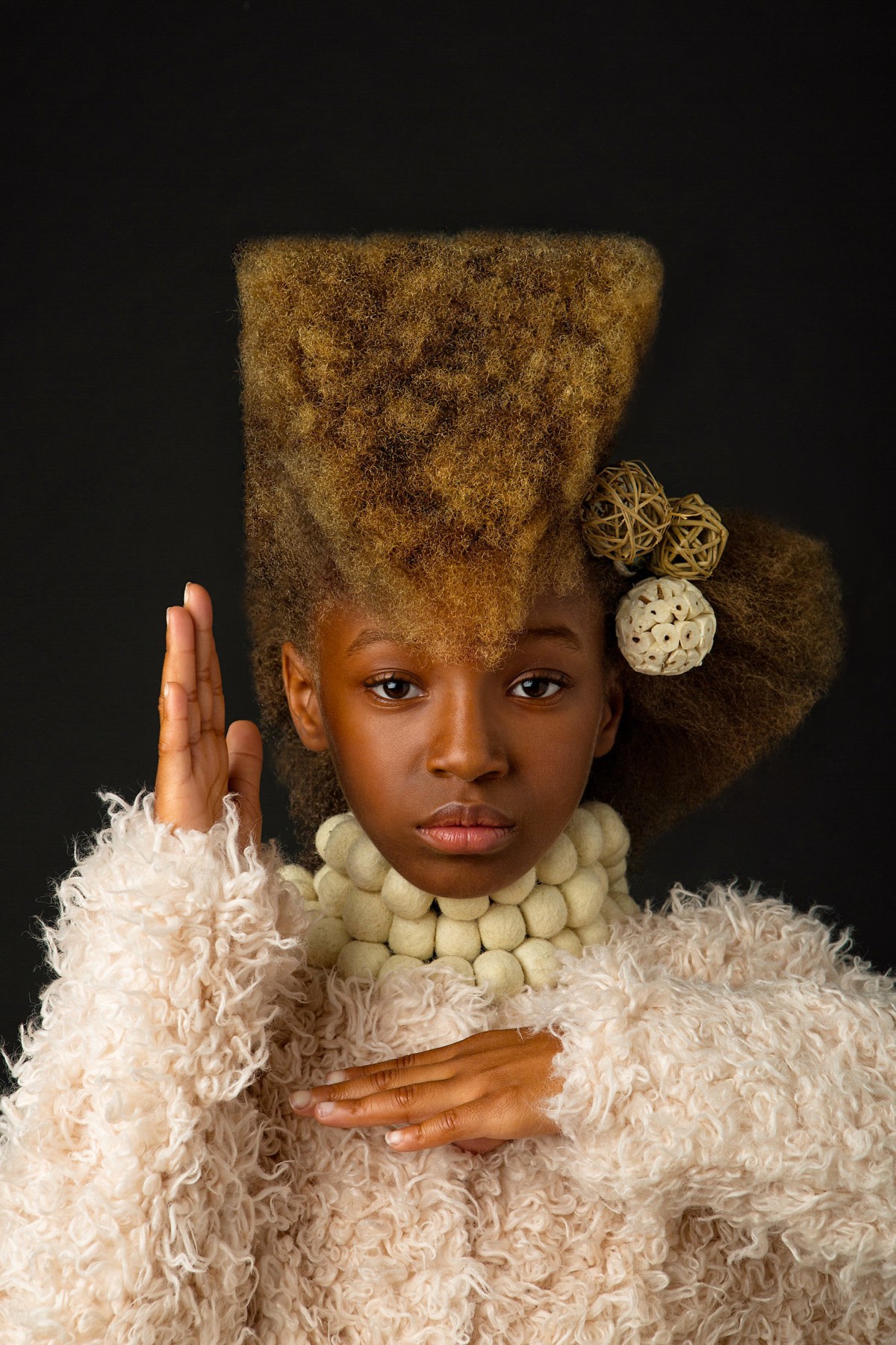
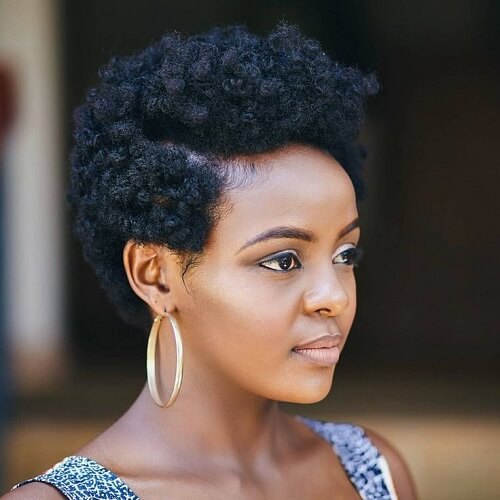
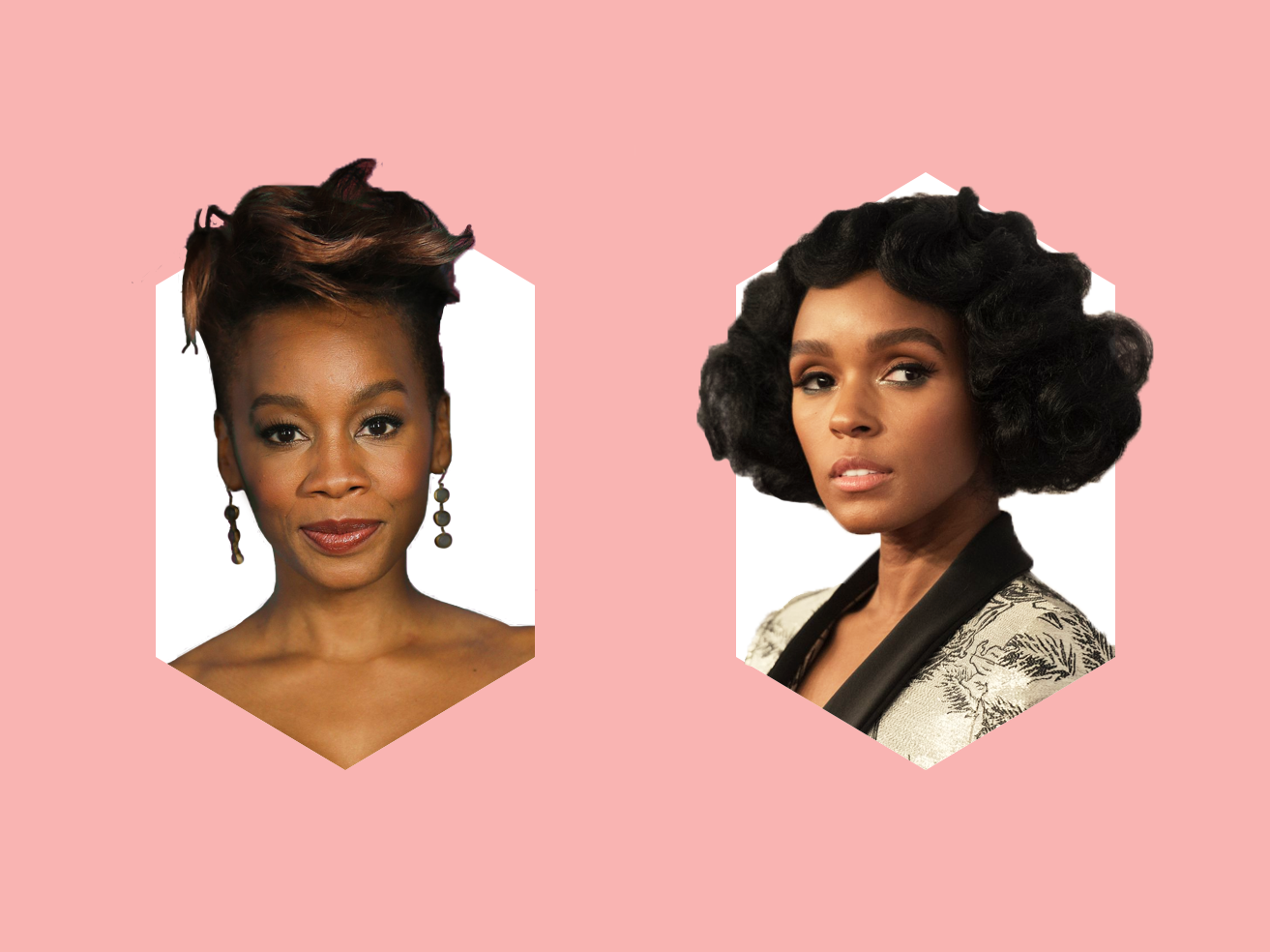
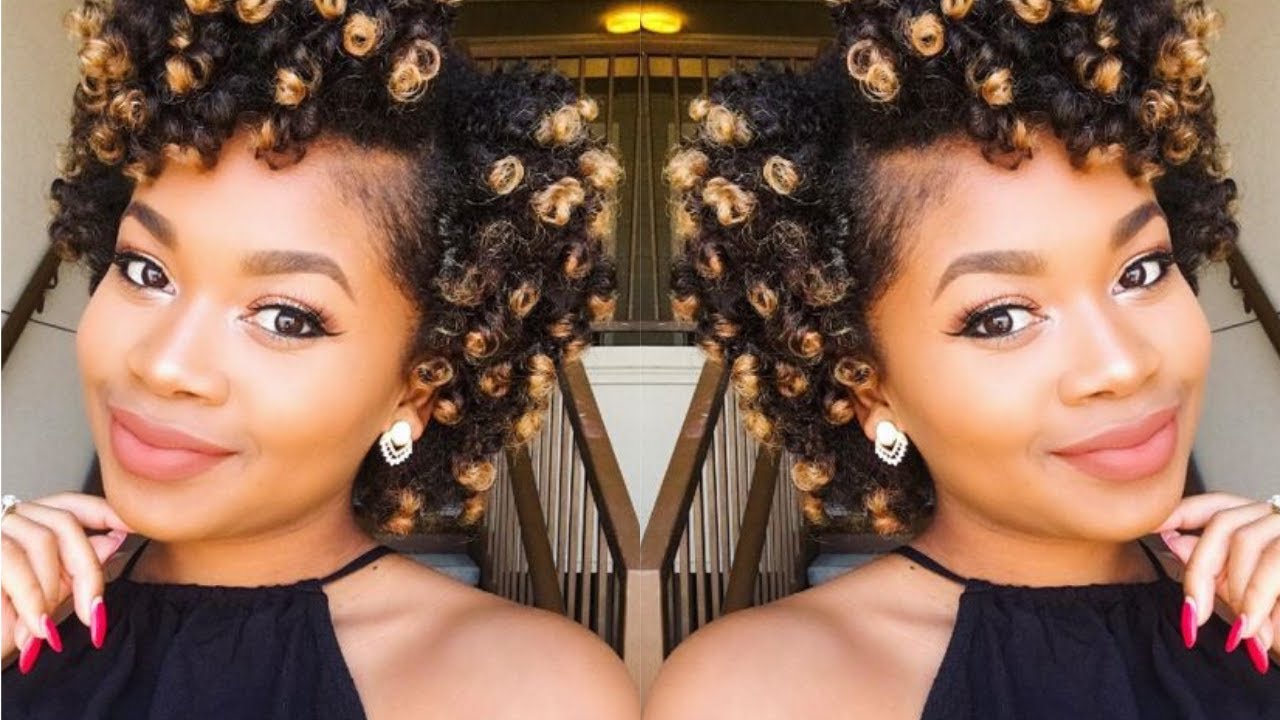
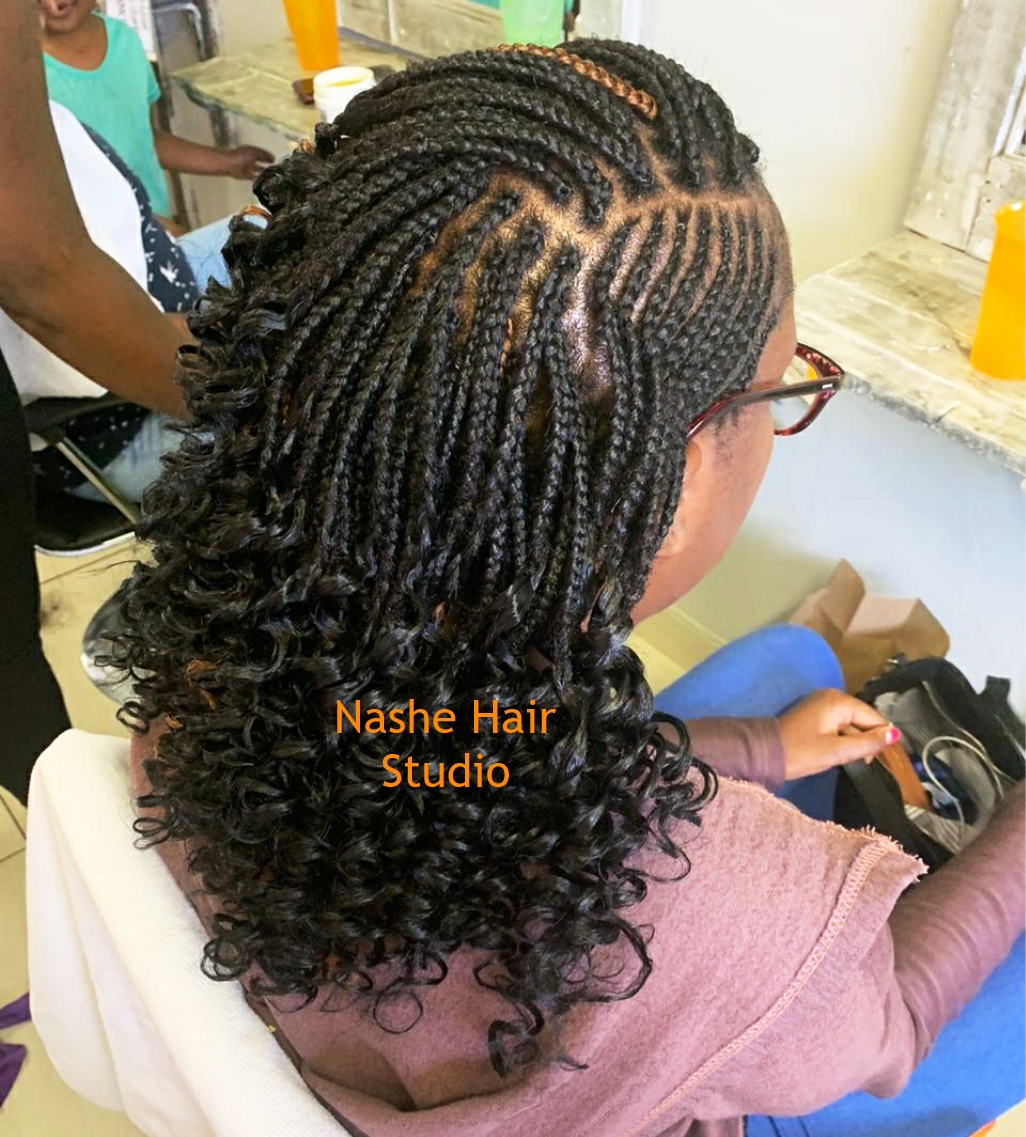
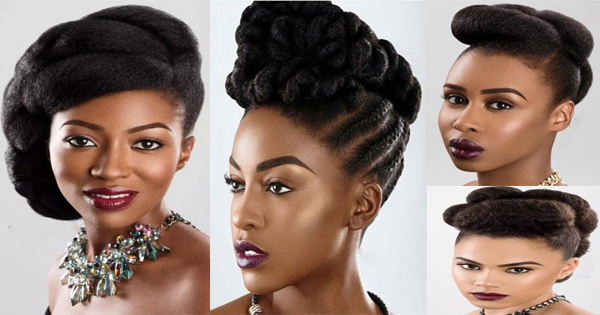
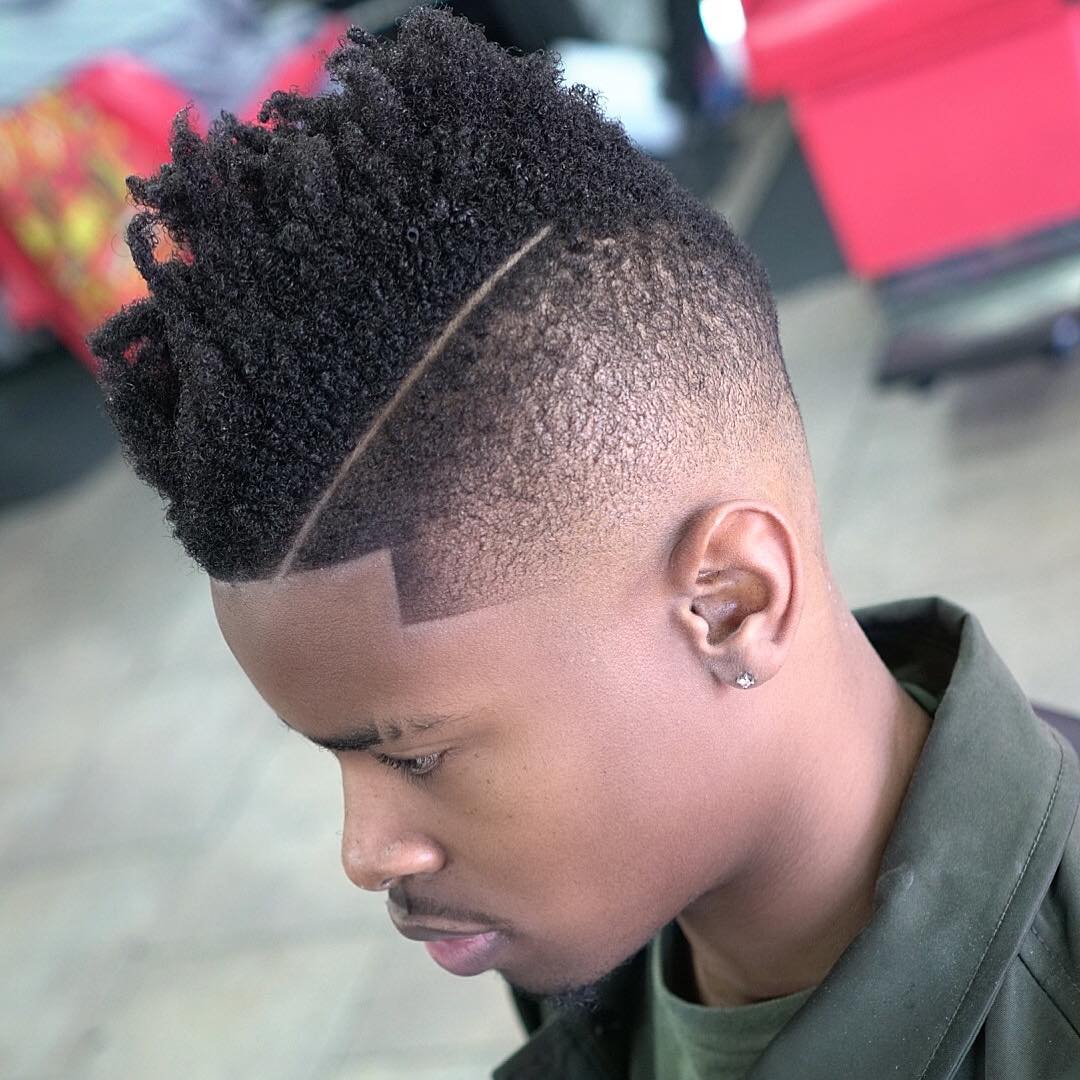
First, you’ll need a double black thread. The double thread should be wrapped around the section of hair you want to thread. Using your right hand, hold the thread between your forefinger and thumb. Then, twist the thread clockwise around the section of hair. Once you’re done, tie the end of the thread two or three times to keep it from unraveling.
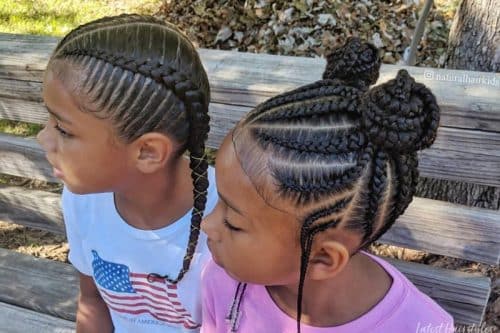
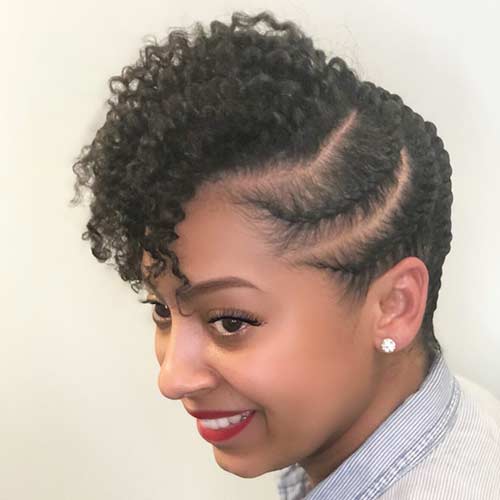
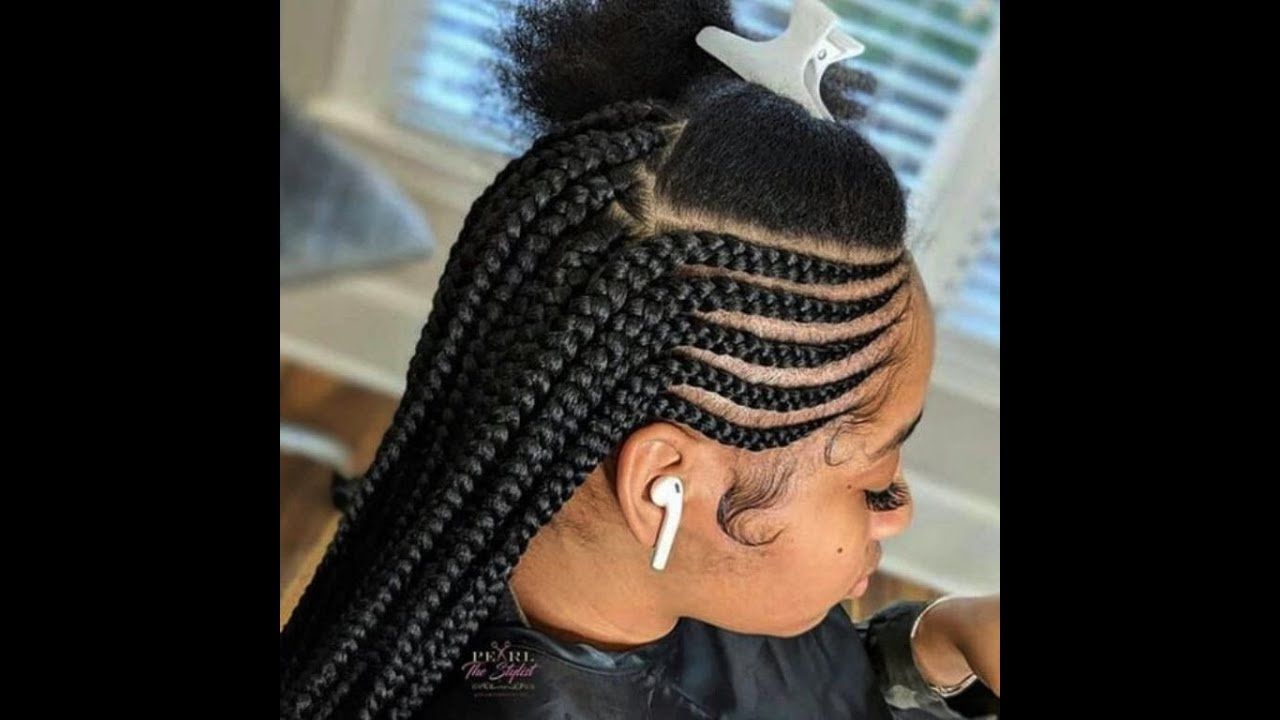
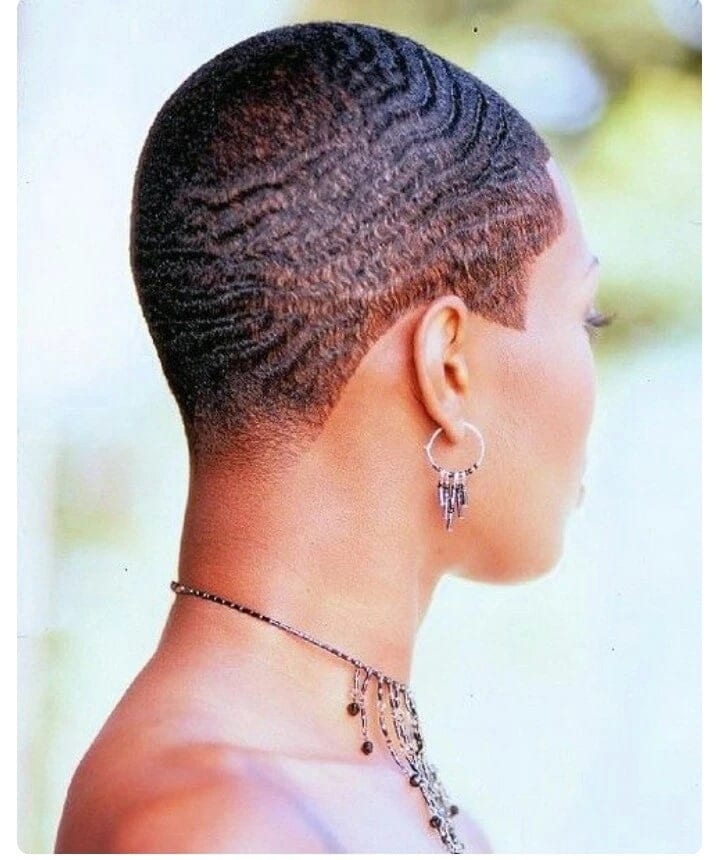
African hairstyles continue to become more popular, especially in pop culture. While there are still concerns about cultural appropriation, it is important to realize where the styles originated. Understanding their origins may help us replace blatant cultural appropriation with appreciation.
Threading was a way to reject European ideals
Threading hair was a common practice in West Africa, and was also used to promote hair growth. It is a natural method that strengthens hair without heat and chemicals. Threading is still used today, particularly in South Nigeria. In West Africa, it was used for centuries as a protective style and an alternative to heat styling.
It was a symbol of wealth
In ancient Africa, hairstyles were symbols of wealth and status. For example, young women in the Wolof culture of Senegal would shave their heads to signify that they are not courtable. Braiding hair was also a sign of status, and many women had elaborate headdresses made out of braids.
Hairstyles in ancient Africa were a form of art. They were used to represent wealth and status, and were also a sign of age, marital status, and ethnicity. Some hairstyles were only worn by certain people at specific ages, or for certain celebrations.
Box braids originated in ancient Africa and were the symbol of wealth. These hairstyles can be traced back to around 3500 B.C., and take up to eight hours to accomplish. In ancient African societies, women wore box braids to signify their readiness for marriage, their economic status, or other classifications.
Cornrows were also a form of resistance in ancient Africa. Slaves often hid rice or seeds in their cornrows to escape their slave masters. However, natural hairstyles became popular in the 1960s and 1970s in North America. In the 70s, the Black Power Movement brought the afro back to the forefront.
The Bantu knot is a traditional African hairstyle that originated among the Zulu people of Southern Africa. Bantu is an African language that means “people”. It is also referred to as the Zulu knot and Nubian knot. In ancient African societies, hairstyles were used to signify status, family background, and spirituality. Moreover, hairstyles were a sign of fertility. Having thick hair meant that you can bear healthy children. Therefore, the hairstyles of royalty were usually extremely elaborate.
African Hairstyles
African hairstyles can be extremely stylish and challenging. However, this type of hairstyle is difficult to master, so you should seek professional help. There are a variety of styles to choose from, including cornrows, ngala, bantu knots, and more. You should also consider your hair type before choosing a style.
Cornrows
Cornrows are braided hairstyles that have been used in Africa for thousands of years. Originally, they served as symbols of agriculture and order, and were a way of identifying people. They were worn by both men and women, and have been traced back to 3000 BC. Women used to weave intricate cornrows in order to escape capture, and they would even send secret messages.
Cornrows originated among the Sahrawi, a people from North Africa. Their hair is curly, so their cornrows are usually made of multiple small braids. Although the Sahrawi use hair extensions to create smaller cornrows, the style is still distinctly African. Because North Africans are close to the Middle East, their hair texture is typically closer to the textures of women in other cultures.
Cornrows have been around for centuries, but in recent years, they’ve gained popularity due to a renewed interest in Black pride and natural hairstyles. This movement re-introduced people to Black hairstyles and helped restore Black pride in their own appearance. Until that point, many Black people were shamed and stigmatized for sporting their hairstyle.
Cornrows have become increasingly popular with celebrities. In 2014, the fashion magazine Marie Claire tweeted about Kendall Jenner’s cornrows. In the past few years, celebrities such as Cara Delevingne have been seen wearing cornrows, and the LA Times credited them for moving the style away from urban hip-hop and toward a mainstream audience. Other celebrities wearing cornrows include Fergie, Justin Timberlake, Gwen Stefani, and David Beckham.
Ngala
The Ngala hairstyle originated from the Igbo tribe of Nigeria, and it is a style of pride. It is typically worn during large ceremonies and for special occasions. It traditionally consists of 6 braids that run down the middle of the head. Today, it is more common to see it worn in cornrows with hair extensions.
There are many styles of Bantu knots. These styles originated in Southern Africa and are often worn by royalty. These hairstyles consist of twisting or gathering sections of hair into a topknot. Some women will use a piece of jewelry to decorate their knots. Bantu hairstyles have been adopted by other cultures, including African Americans.
Dreadlocks are another traditional African hairstyle. These hairstyles are worn by women to symbolize their life and age. They are made of goat hair and ochre, and the hair is tied back so it shows off the face. They are often adorned with ornaments and extensions.
Another hairstyle that originated in Africa is called an Afro. The style is worn by women of many African tribes, including the Yoruba tribe in the south-west part of Nigeria. It involves braiding threads into a round shape. The threads used to achieve this look can last up to six weeks, depending on the quality of the material. This hairstyle is very versatile and can be styled to suit different occasions.
Bantu
Bantu knots are one of the most popular African hairstyles, and have been worn by many celebrities in recent years. Khloe Kardashian and Tracee Ellis Ross have both donned them, as have Amandla Stenberg and Blac Chyna. These hairstyles have also appeared on the runways of non-Black fashion designers. But the recent appropriation of African hairstyles has led to controversy, and critics are not happy.
Bantu knots are an easy and convenient way to style natural hair. You can do them on dreadlocks or braids. This hairstyle can be worn overnight or for a few weeks. However, it’s not recommended for people with thick, flat braids. Also, people with thick dreadlocks may find it difficult to get a proper twist.
Bantu knots are a traditional African hairstyle that has been worn for over a century. They’re generally worn by women with Afro-textured hair as a protective style. These knots are created by twisting sections of hair into knots and tying them together to form a tight knot. Bantu knots are also called Zulu knots, Nubian knots, or chiney bumps in Jamaica. They are considered to be protective hairstyles for women and can be used to add texture and volume to a style.
In African societies, braids are an important symbol. They represent various aspects of a person’s life, including age, marital status, and religion. In Nigeria, the kohin-sorogun style was developed by housewives to taunt rival wives. In Senegal, women must cut their hair off when they reach the marriageable age. The kohin-sorogun style is often seen on women who are about to marry. For men of the same group, a braided tresses symbolize their readiness for battle or death.
Fulani braids
In Africa, Fulani braids are popular as a protective style and can be tailored to the desired length and style. This style originated among the Fula people of West Africa and is popular because of its easy-to-manage and versatile braided look. This style can also be styled with accessories.
You can use natural or synthetic hair to create the perfect Fulani braids. Natural virgin hair tends to have a coarser texture, while synthetic hair tends to be smoother. Marley or Kanekalon hair extensions work well for this style, but make sure you soak them in vinegar and water to remove any lye. If you are unsure about whether extensions would work for your hairstyle, you can always purchase natural virgin hair and braid it.
Once you have completed the Fulani braids, you can style them into a simple high ponytail. This style looks great with hair of any length and is easy to maintain. It can last for three to four weeks, but it is best to leave it untied for a week. This allows the hair to breathe and adapt to new styling.
To keep your braids looking fresh, you can apply a moisturizer or leave-in conditioner to the ends. You can also use a spritz of water to prevent your hair from becoming dry. If your hair is very oily, you can use dry shampoo. If you are prone to scalp itching, apply some conditioner on your scalp.
Mangbetu
Mangbetu women wore distinctive coiffures in their hair. The practice is considered a symbol of status in the Mangbetu culture. Mangbetu women were also known for their body painting and scarification. The Mangbetu also wore decorative back aprons. Their wives also wore ornaments to denote their status. They also had artificially shaped skulls and halo-like hairstyles.
The Mangbetu people live in the northeastern part of the Democratic Republic of Congo. Their headdresses were inspired by African tribal headpieces and hats. They were often elongated and were designed to change the shape of a baby’s head. The practice was dictated by local standards for beauty and old traditions, as well as cultural identity.
The Mangbetu people have a complex cultural history. Their traditional beliefs include complex ideas about sorcery and witchcraft. The Mangbetu people believe that the power of sorcery resides in the small intestine. Their hairstyles reflect their beliefs.
Mangbetu hairstyles are very distinctive and make a statement. They are a cultural icon, with an important part in their identity. These styles are adorned with beads and Igbo beads. Hair extensions can be used to make the Mangbetu style even more unique.
These hairstyles are very popular among Africans. They have been used for centuries. They are also known as Bantu knots. This hairstyle originated in the Zulu culture of Southern Africa. In addition to their unique appearance, Bantu knots are popular and are often referred to as a symbol of status and femininity.
